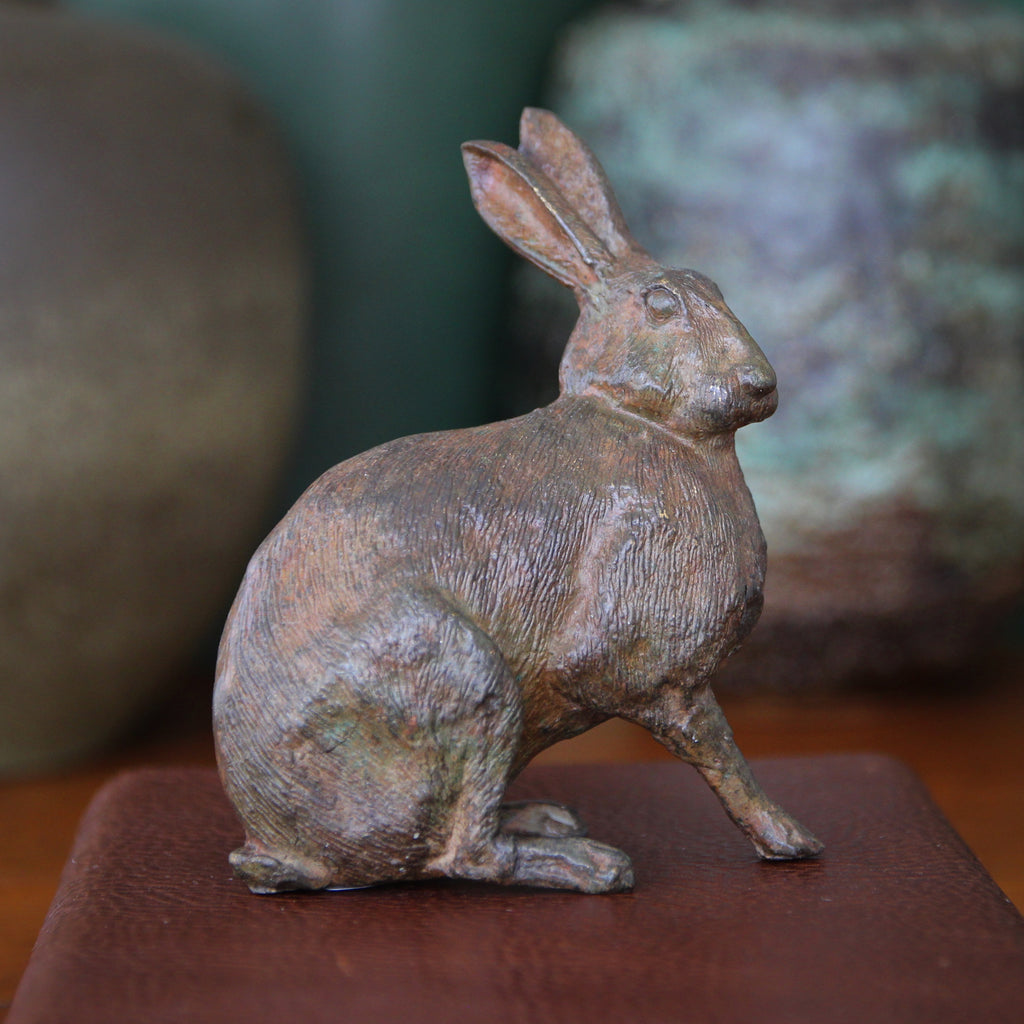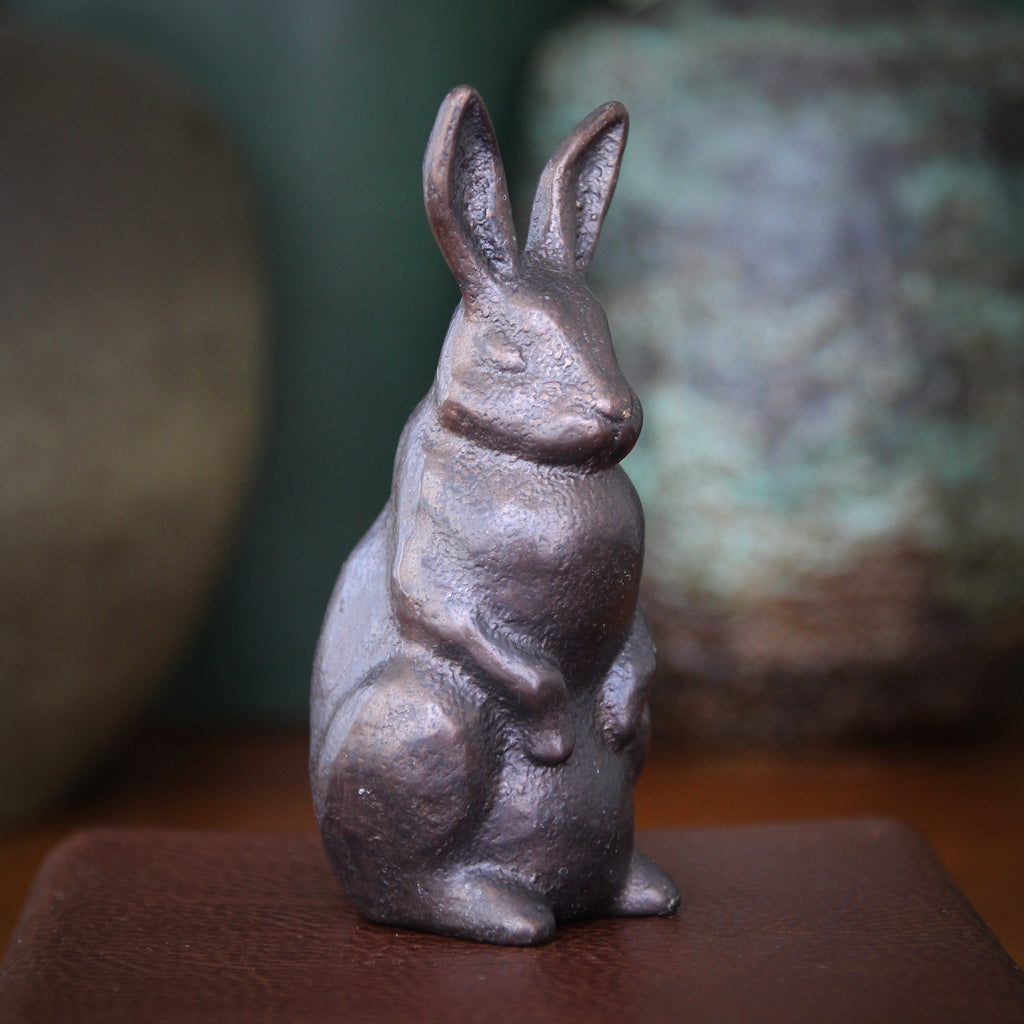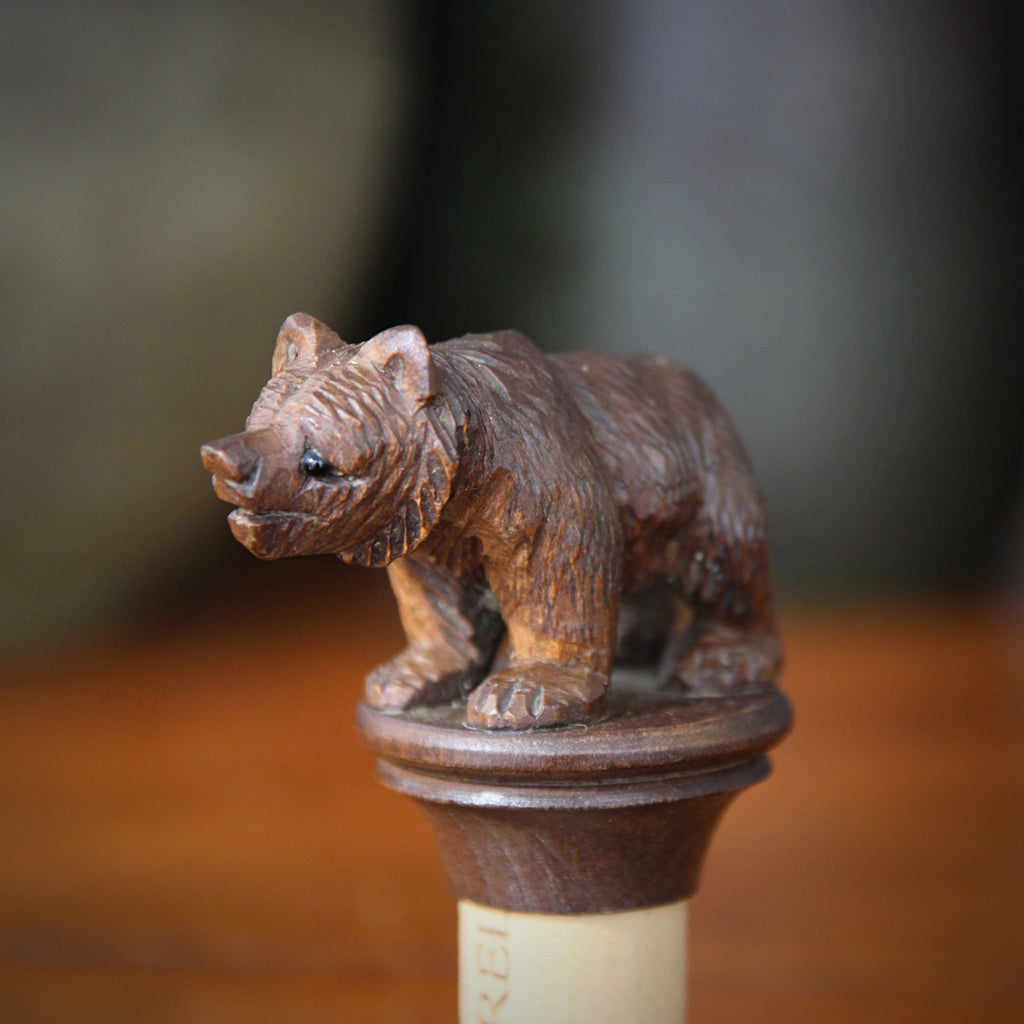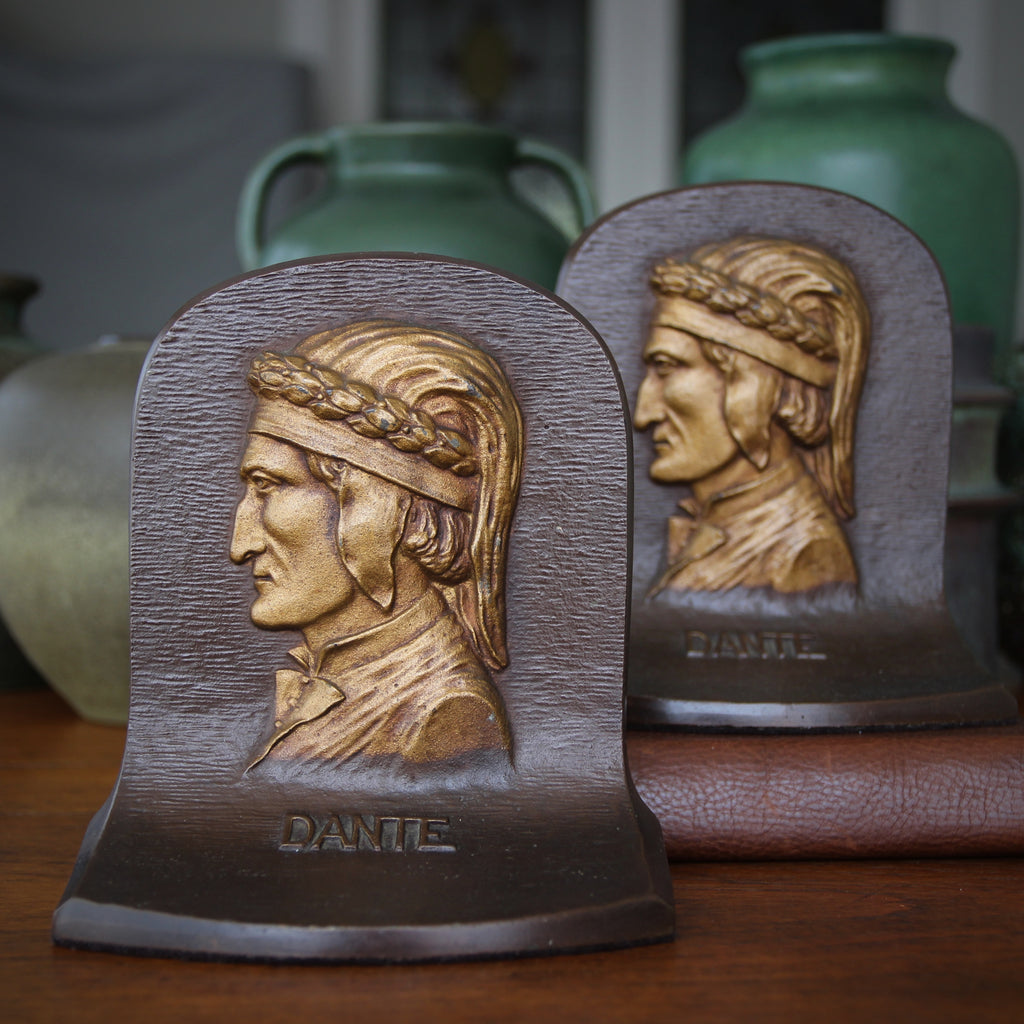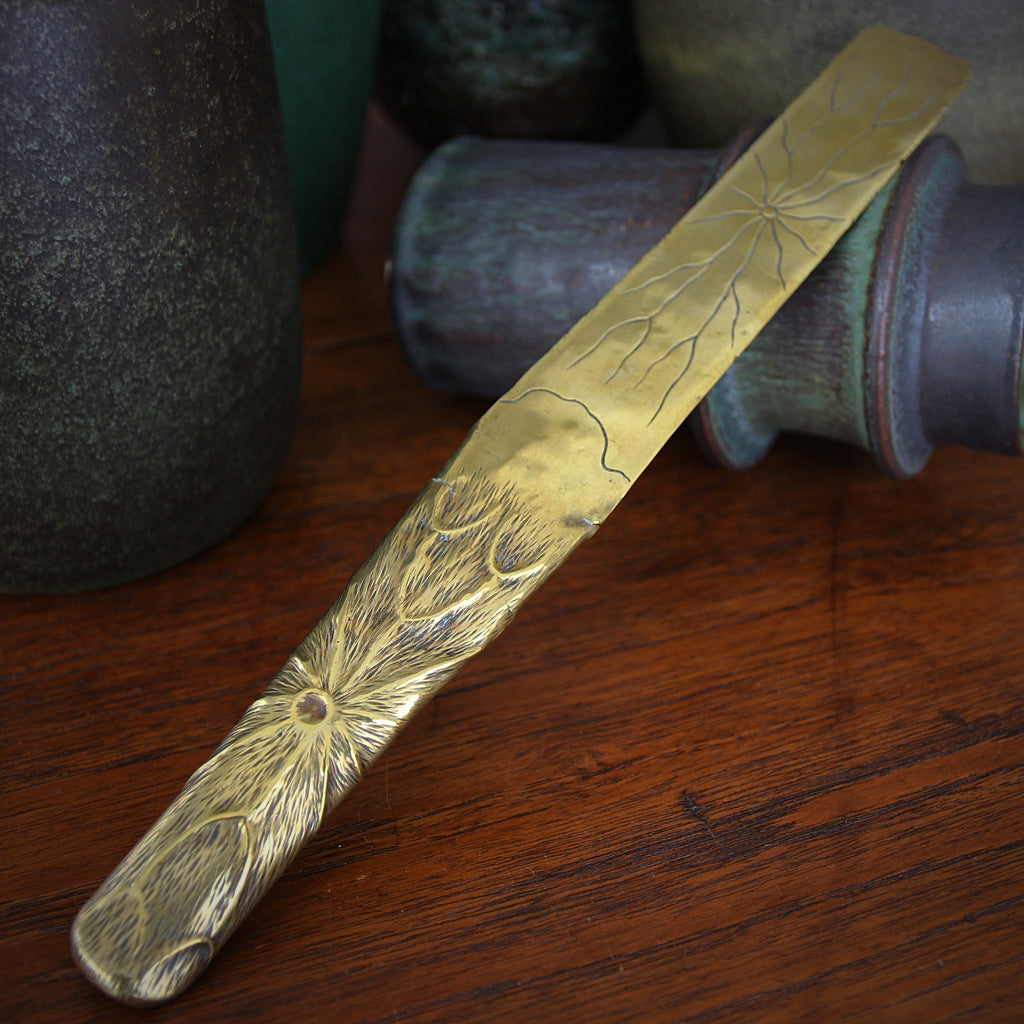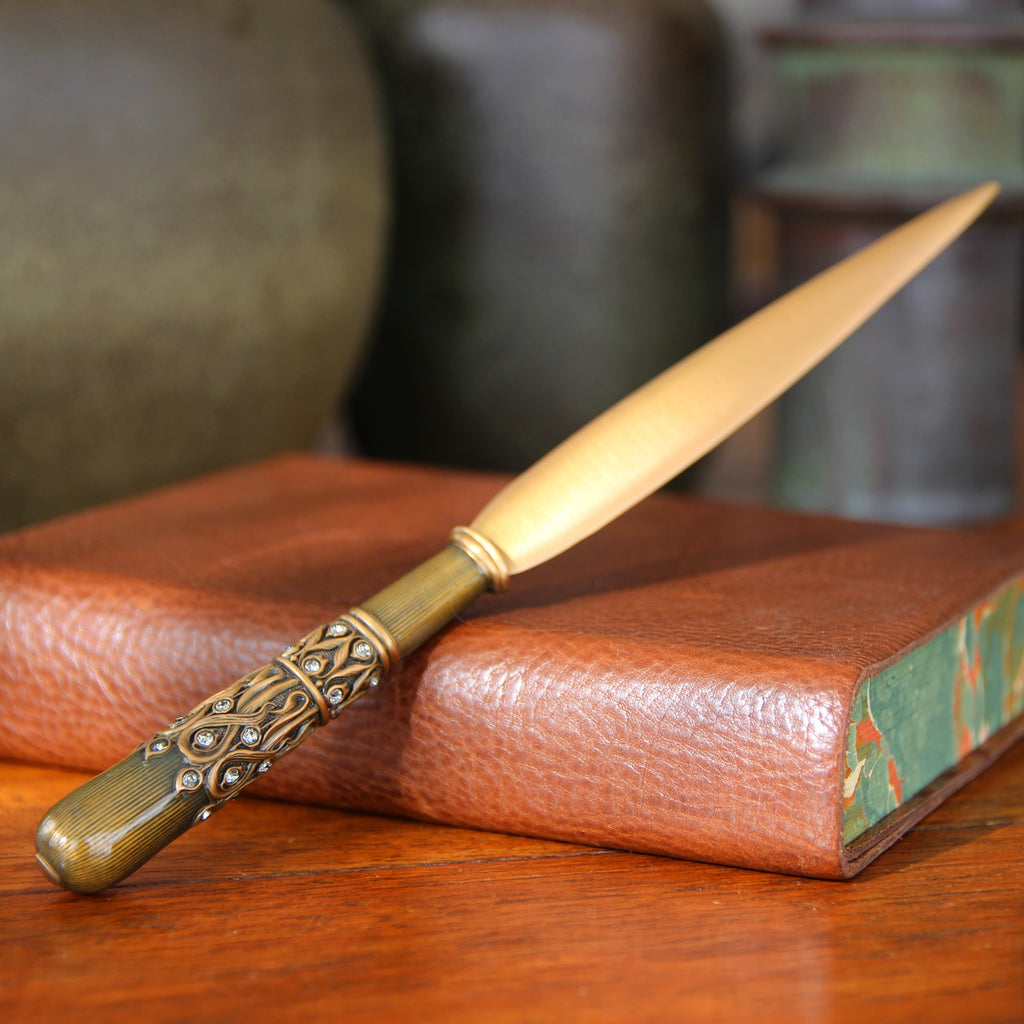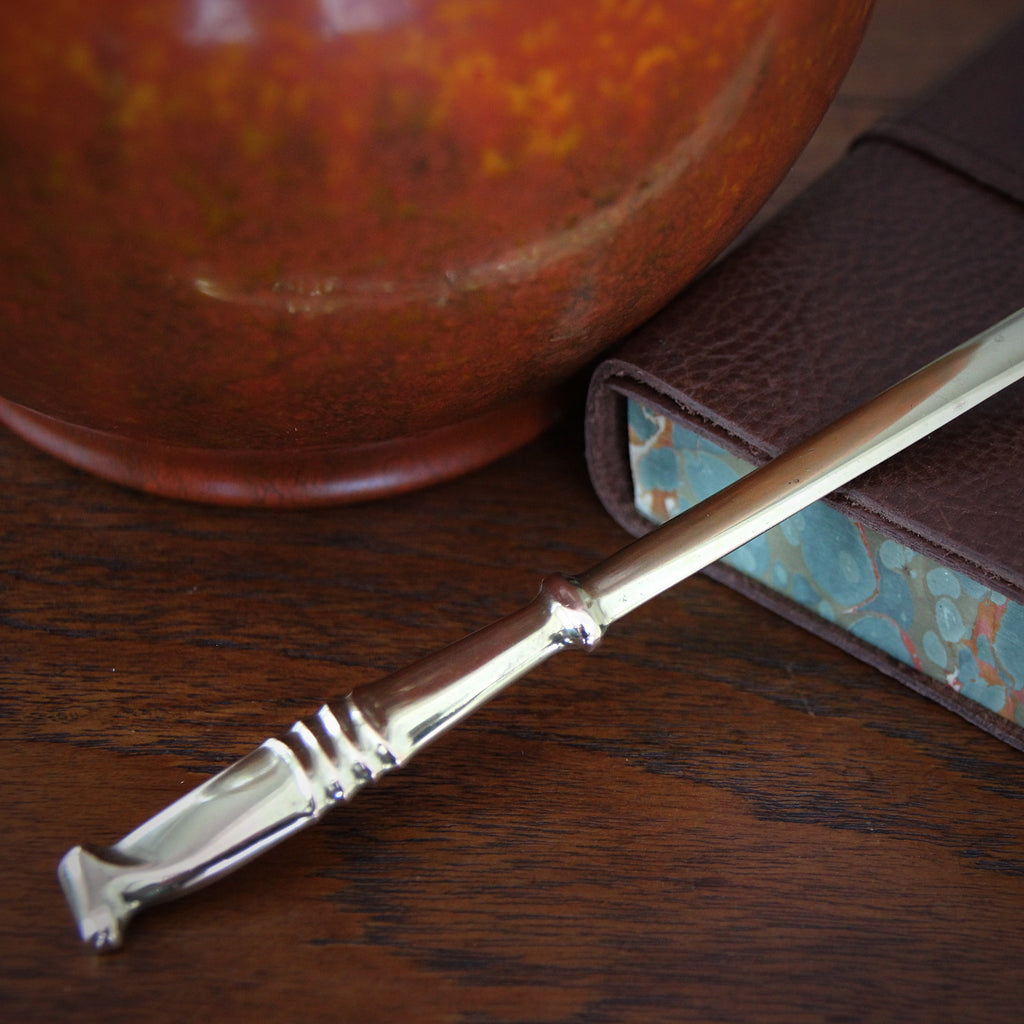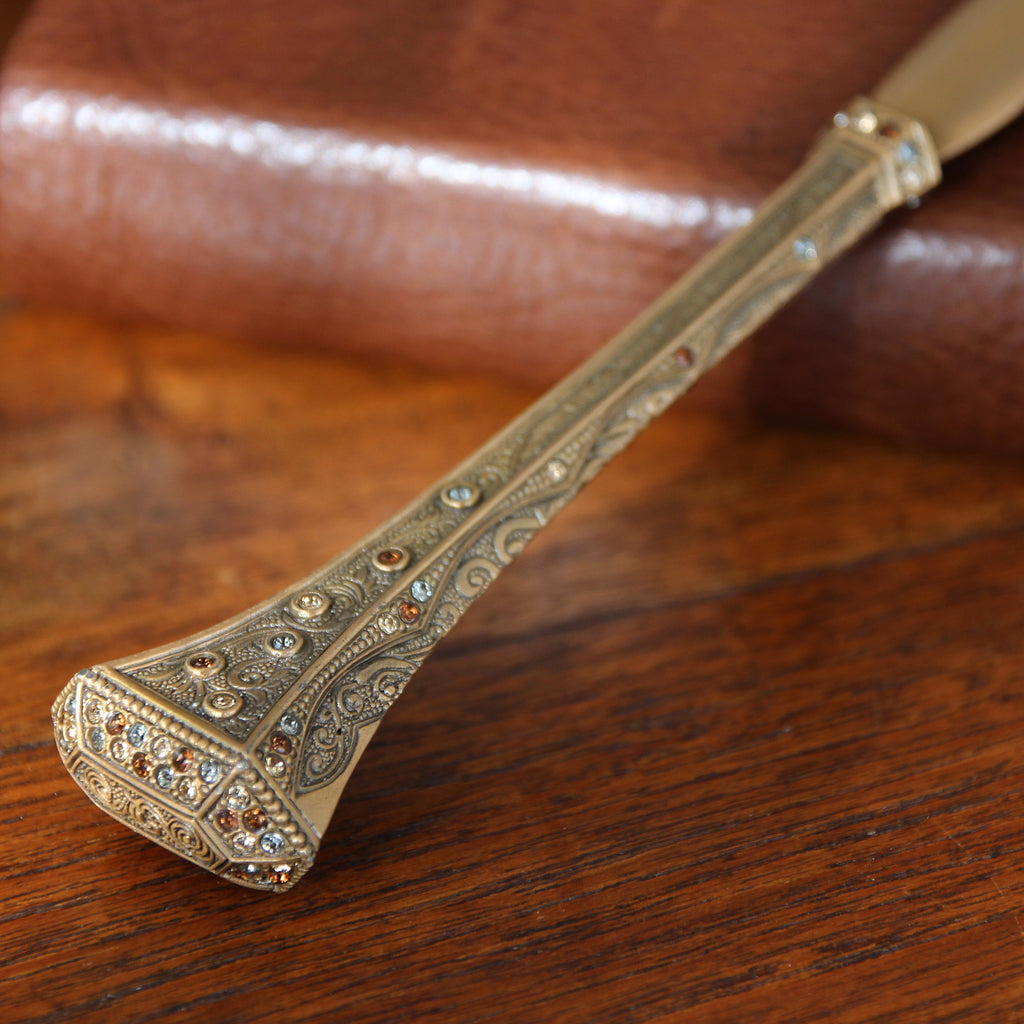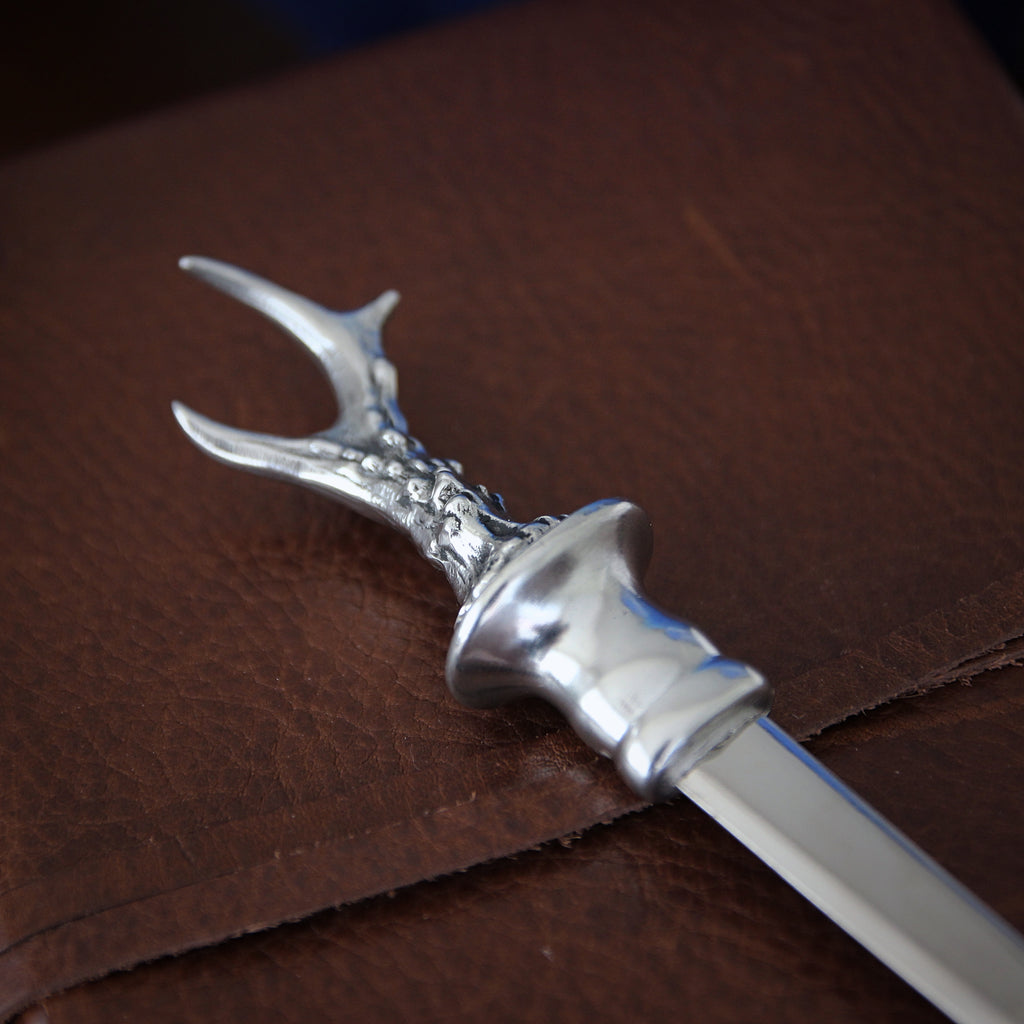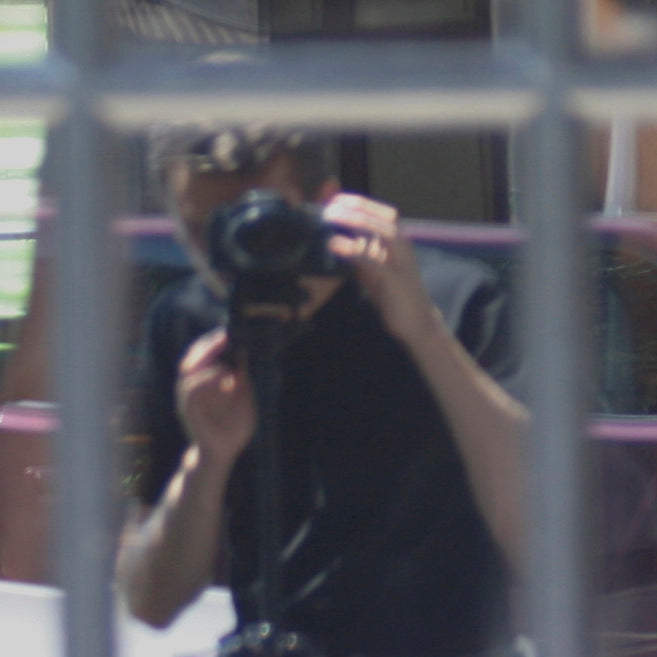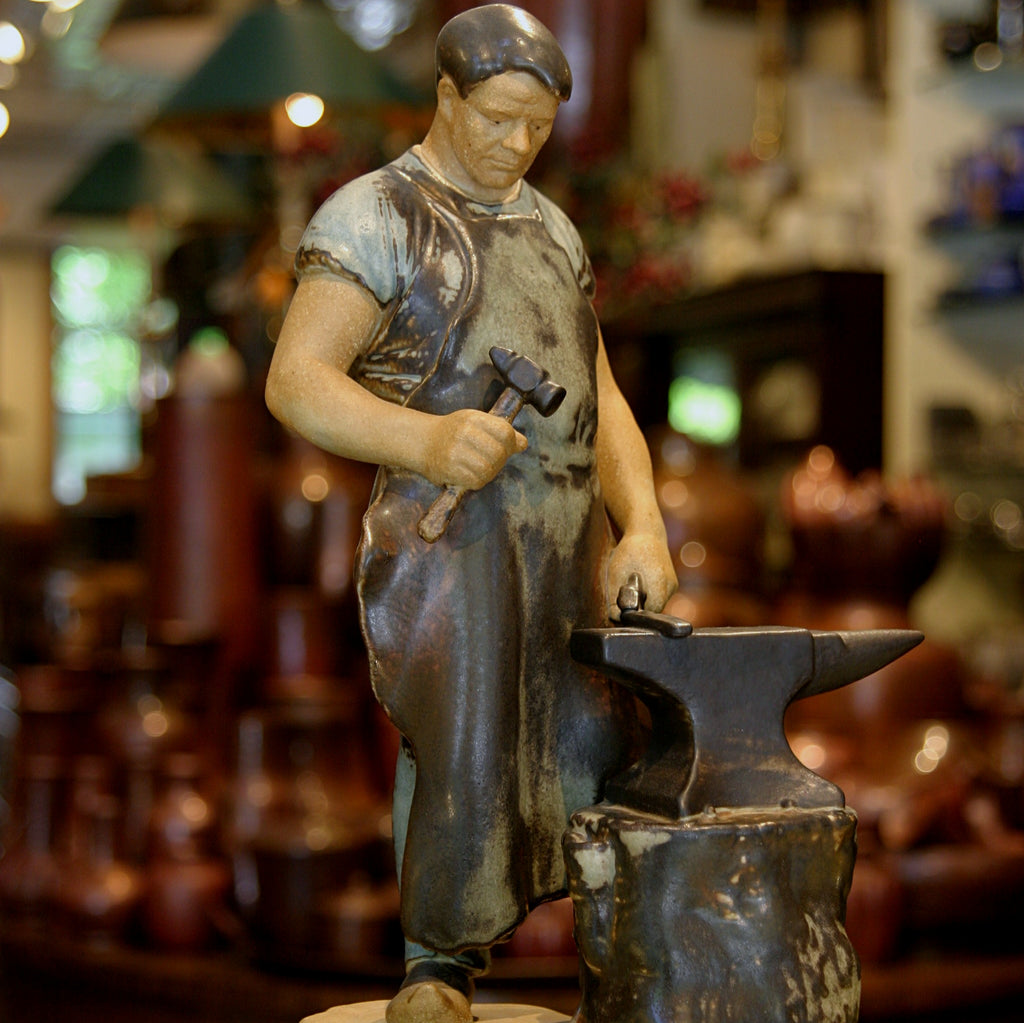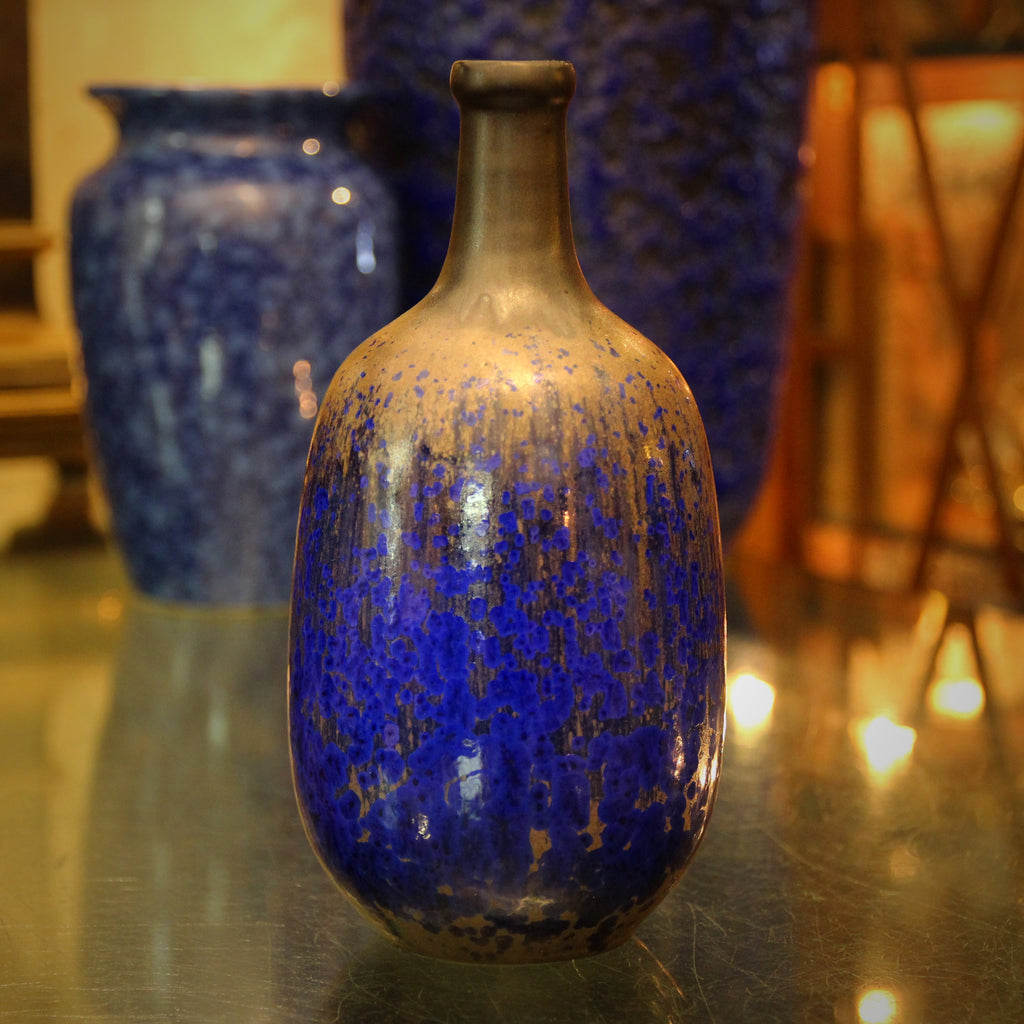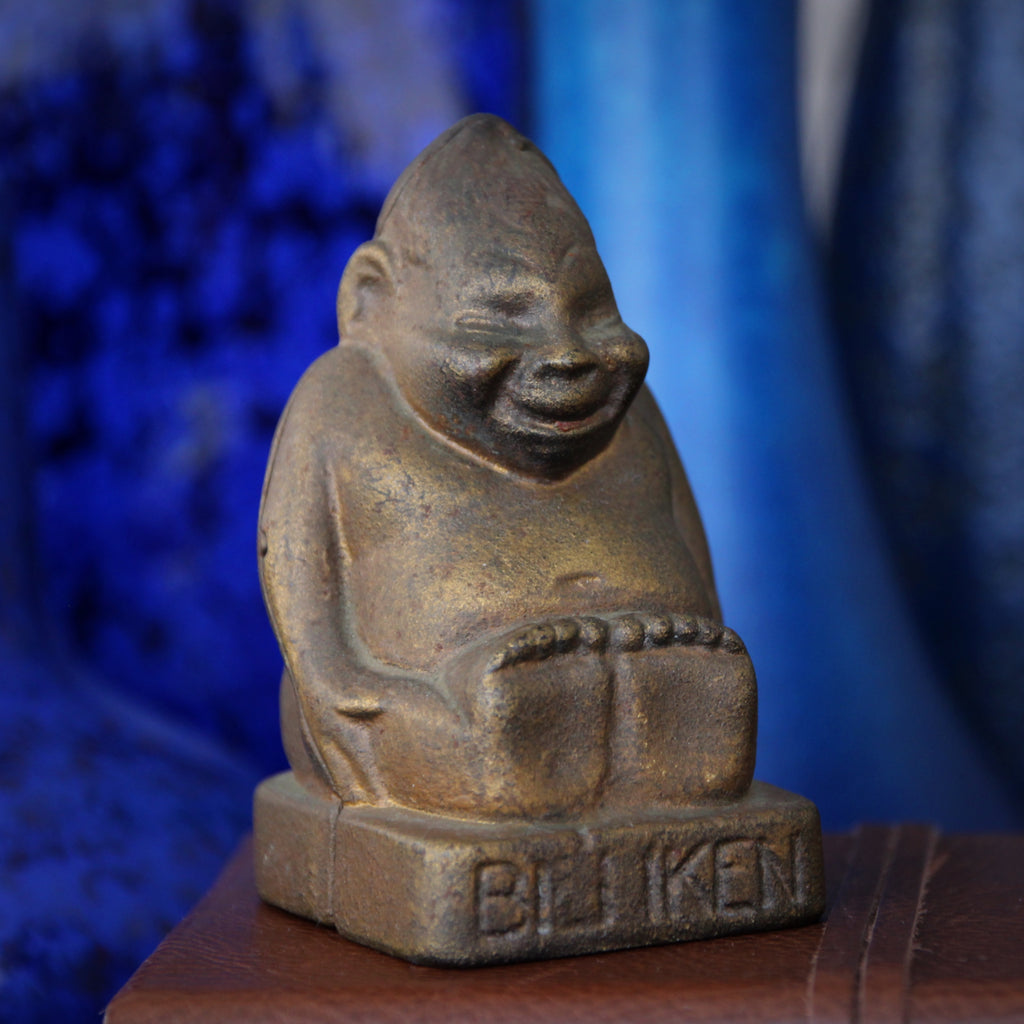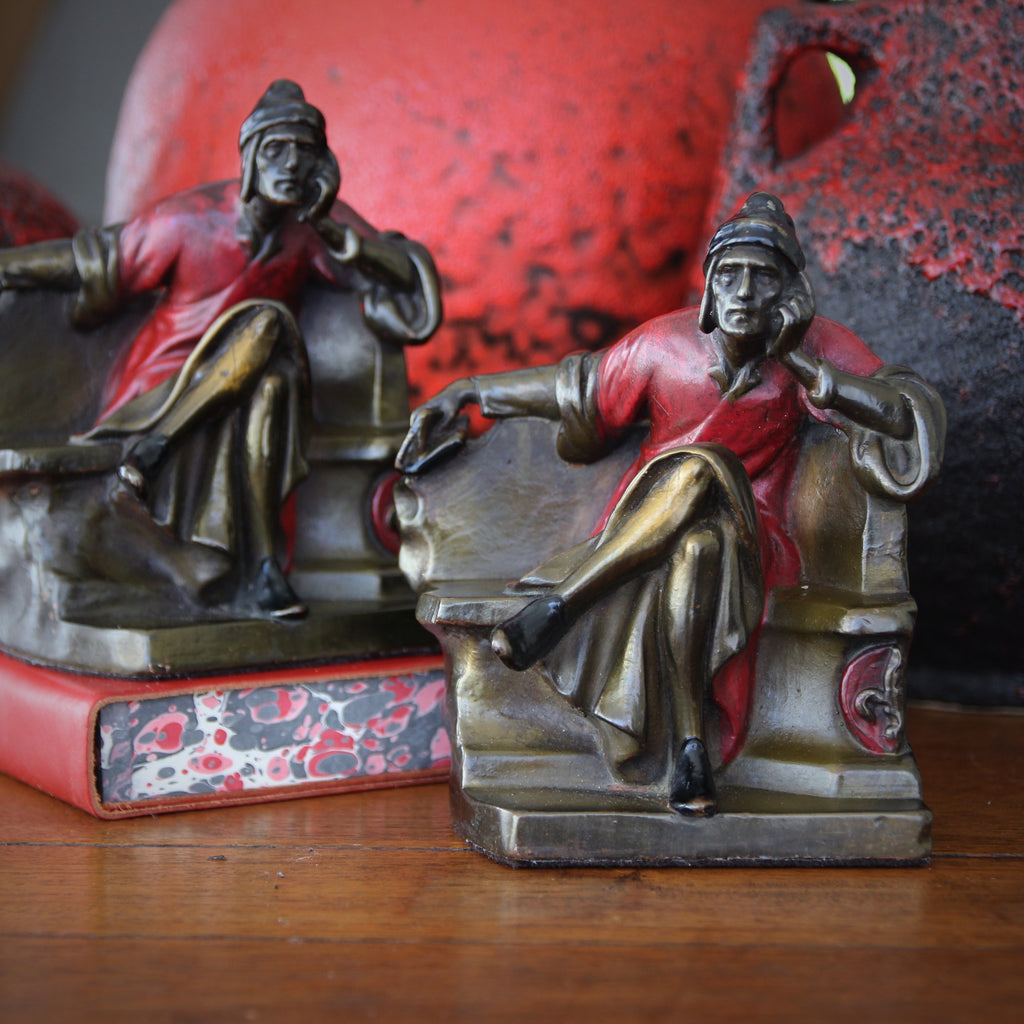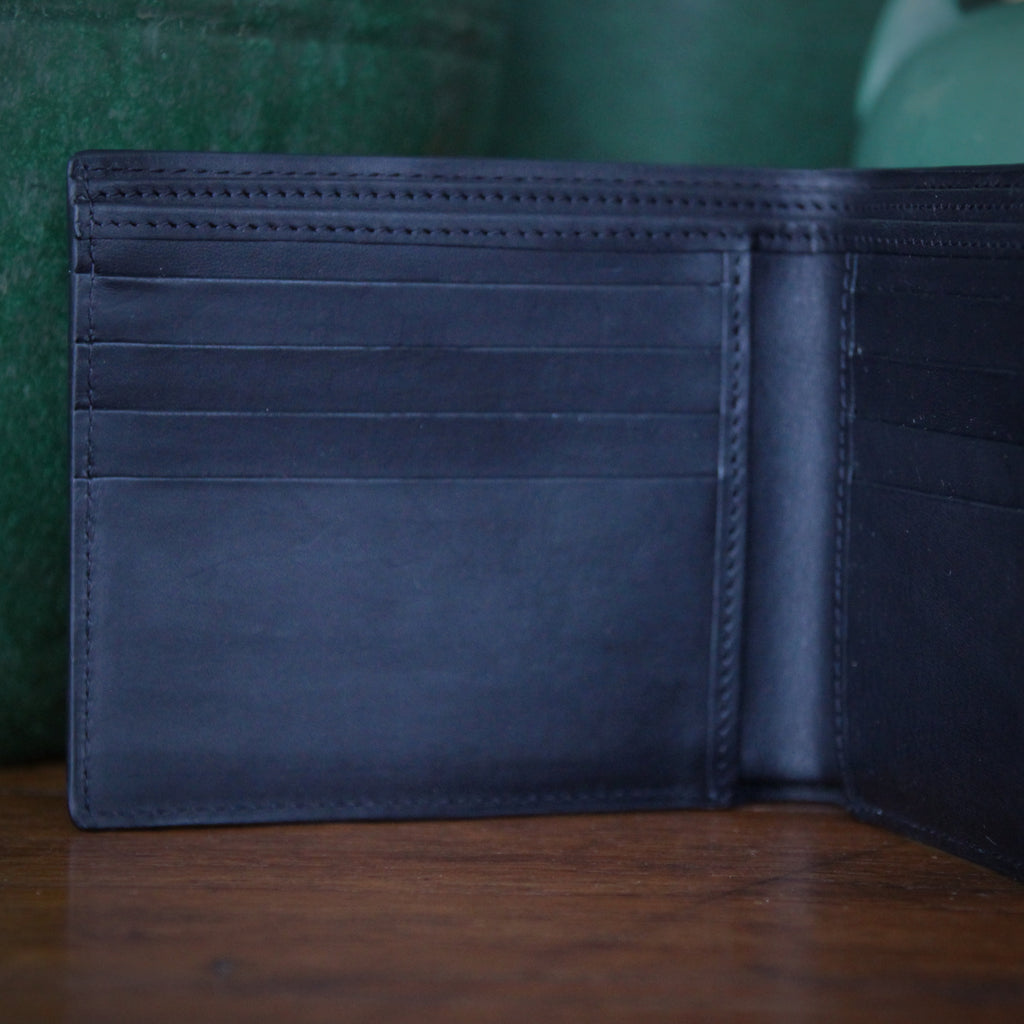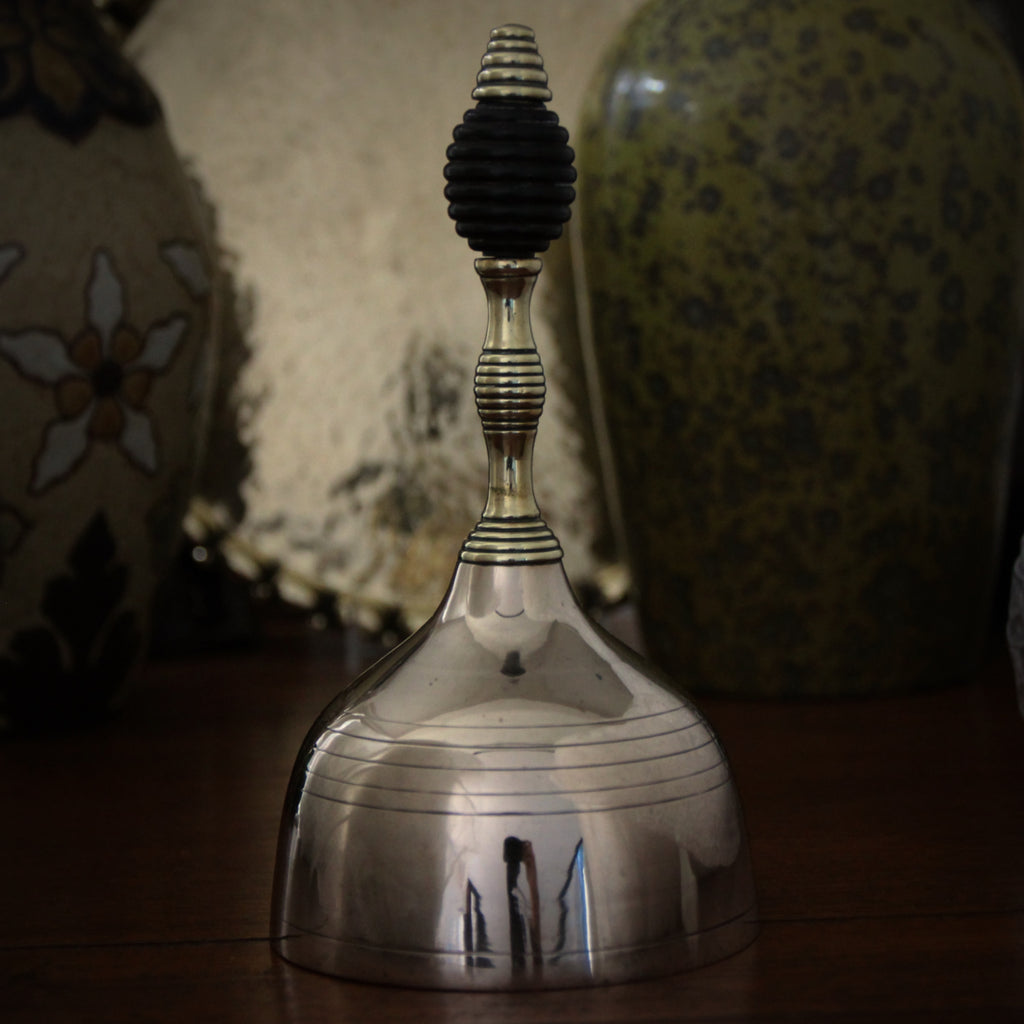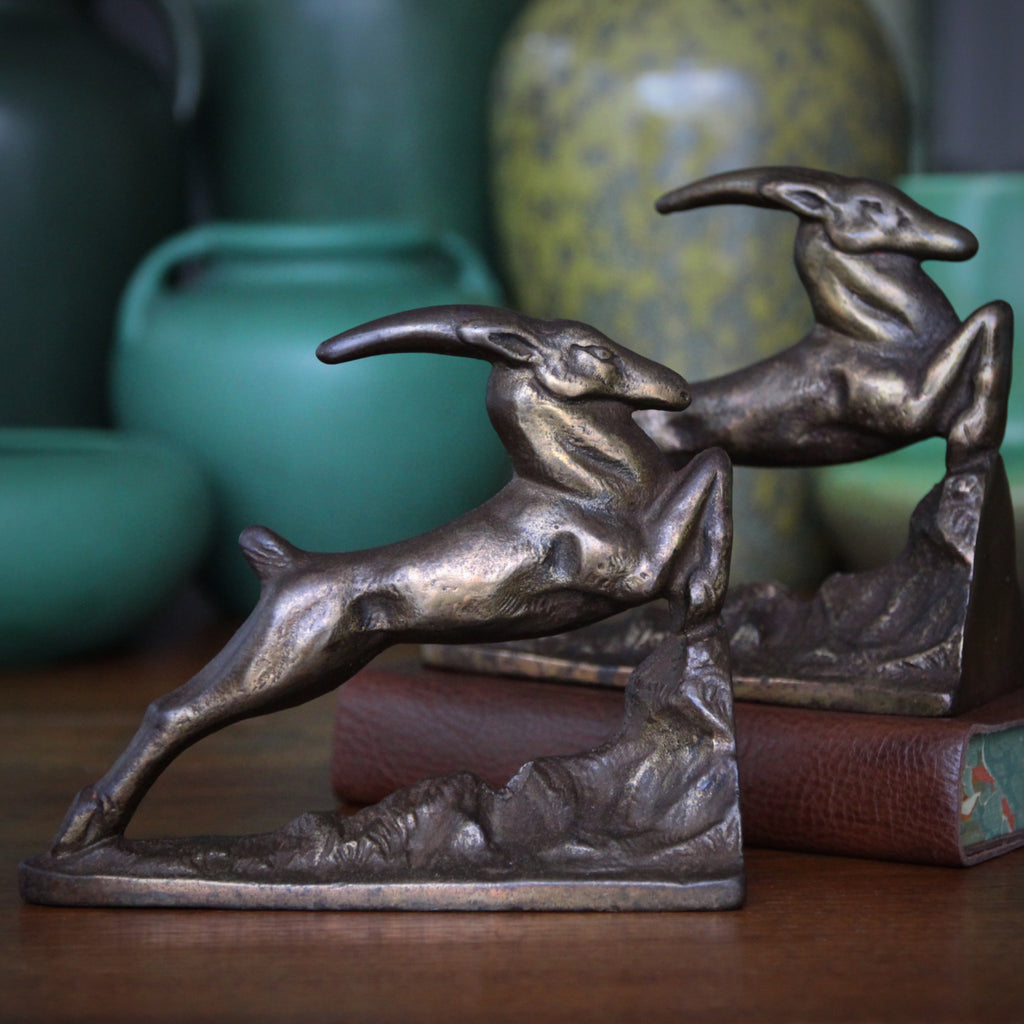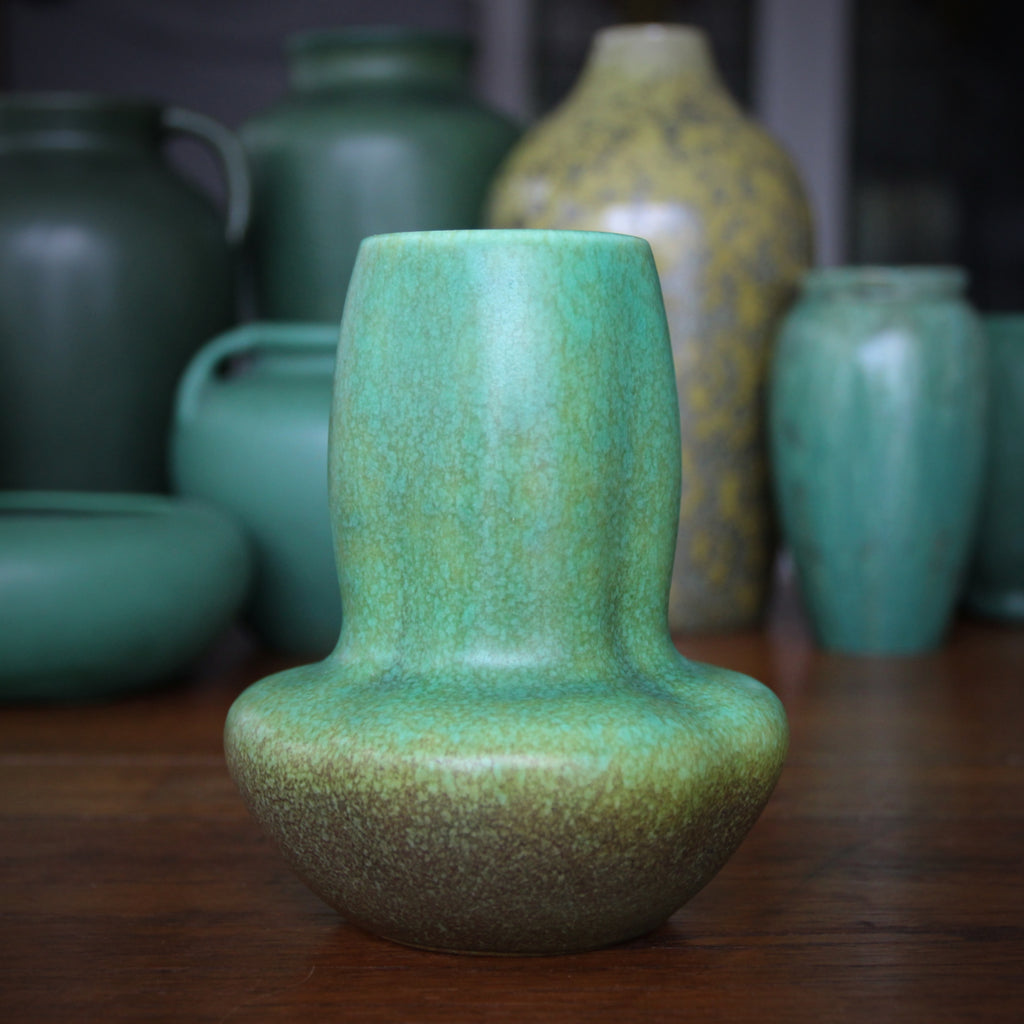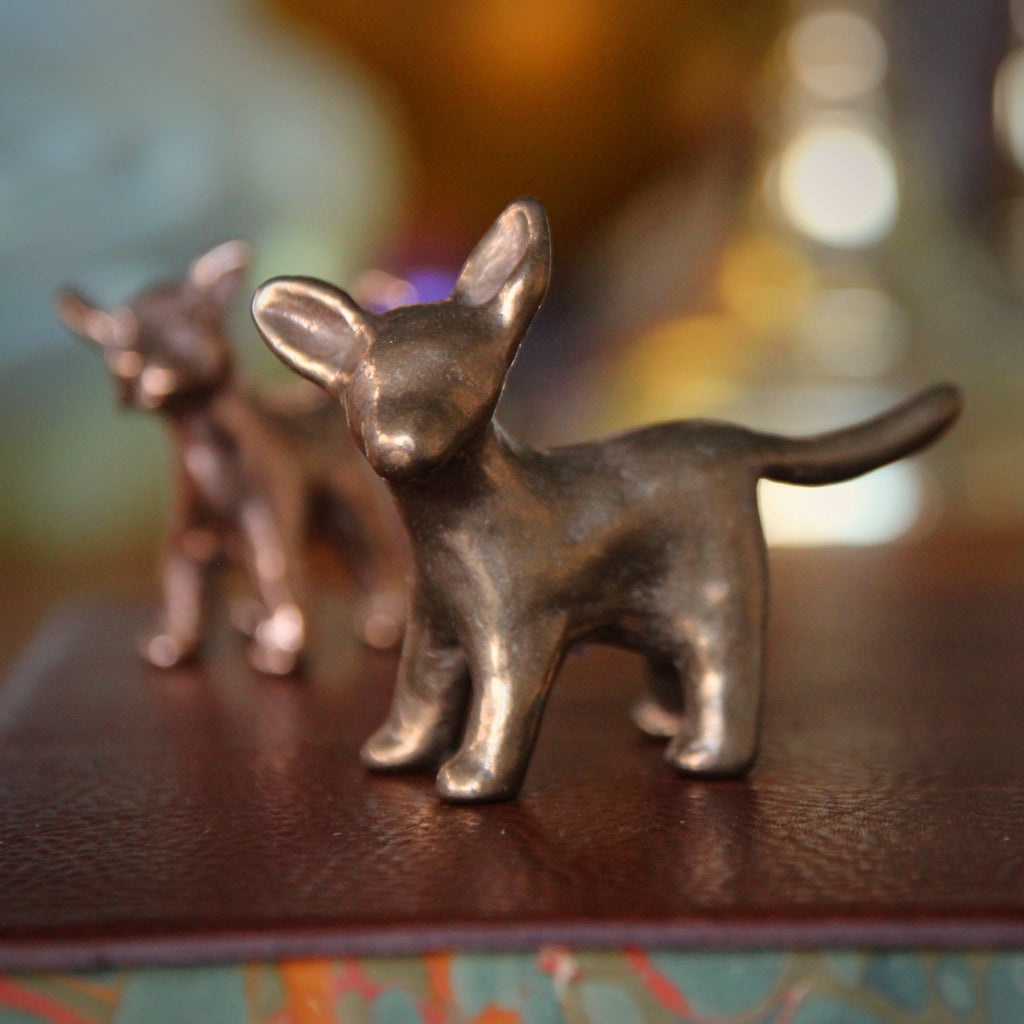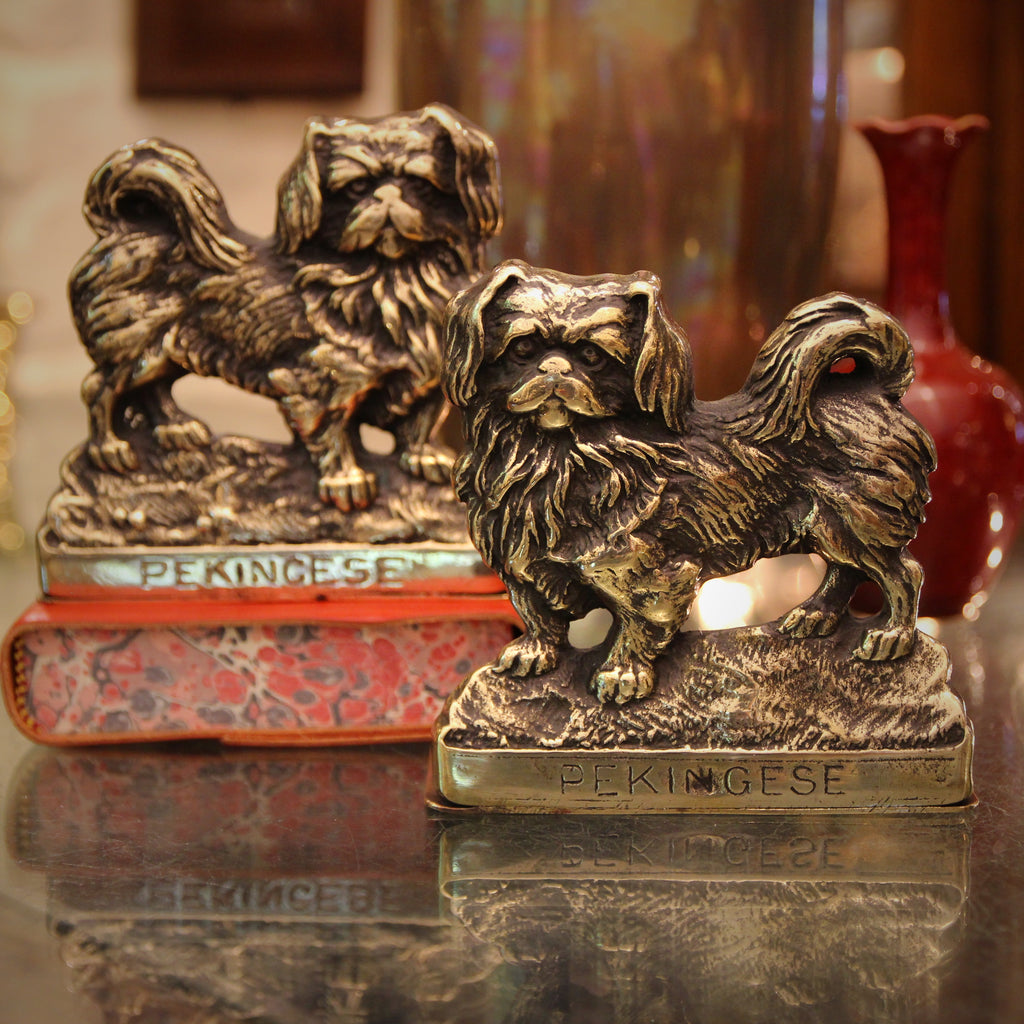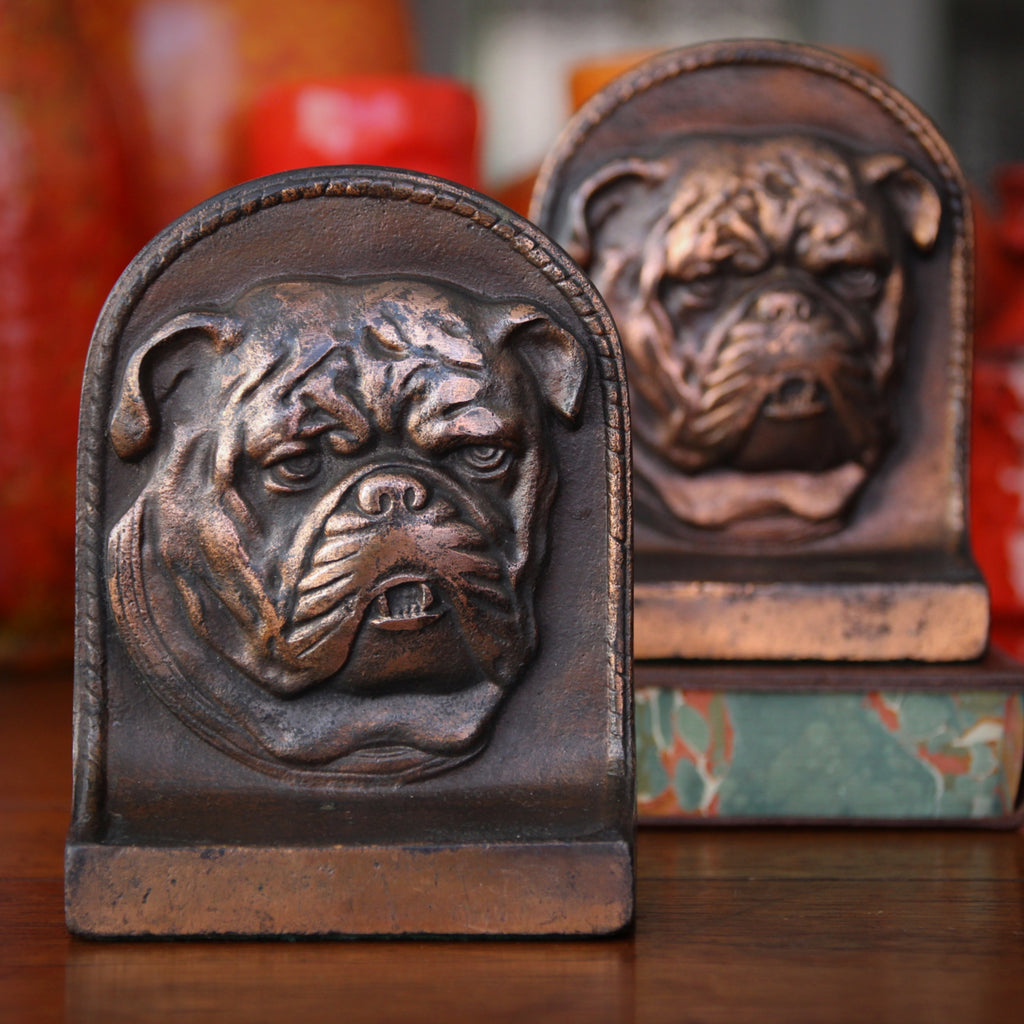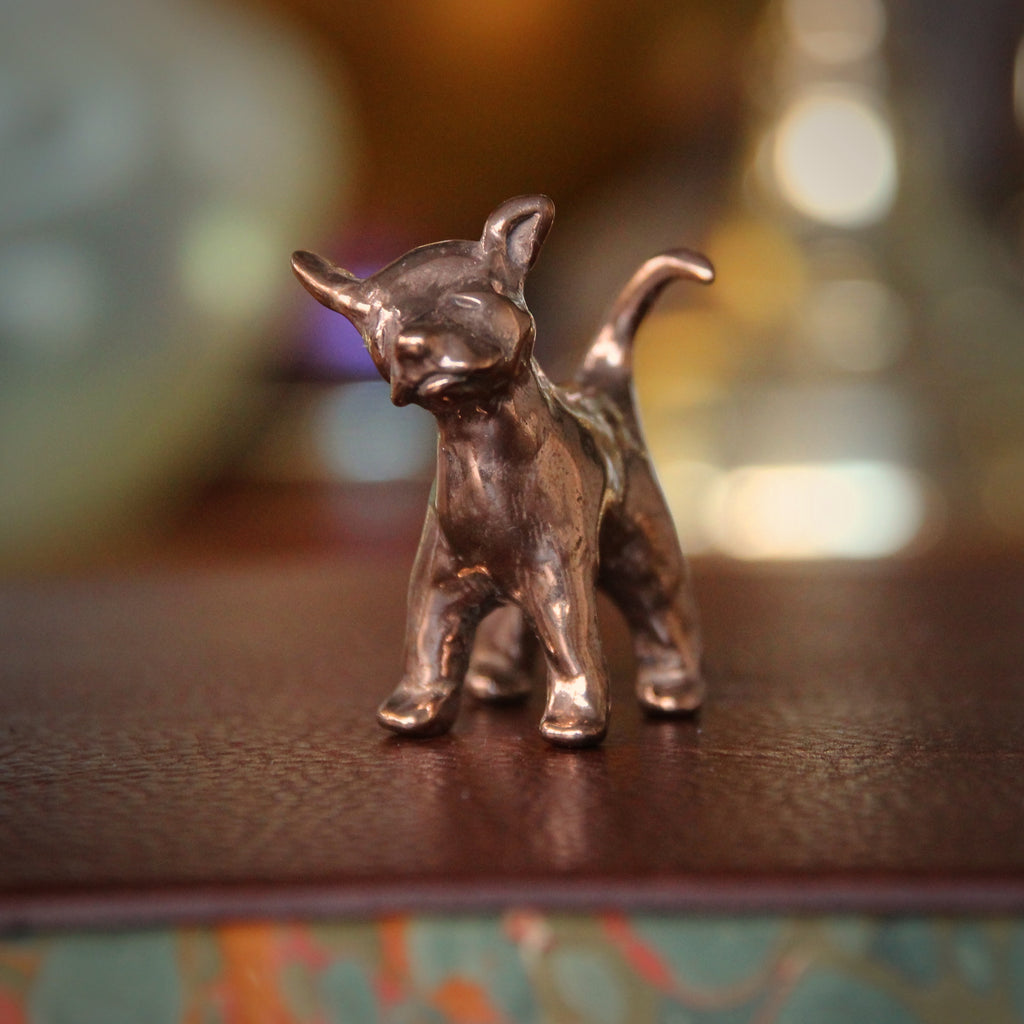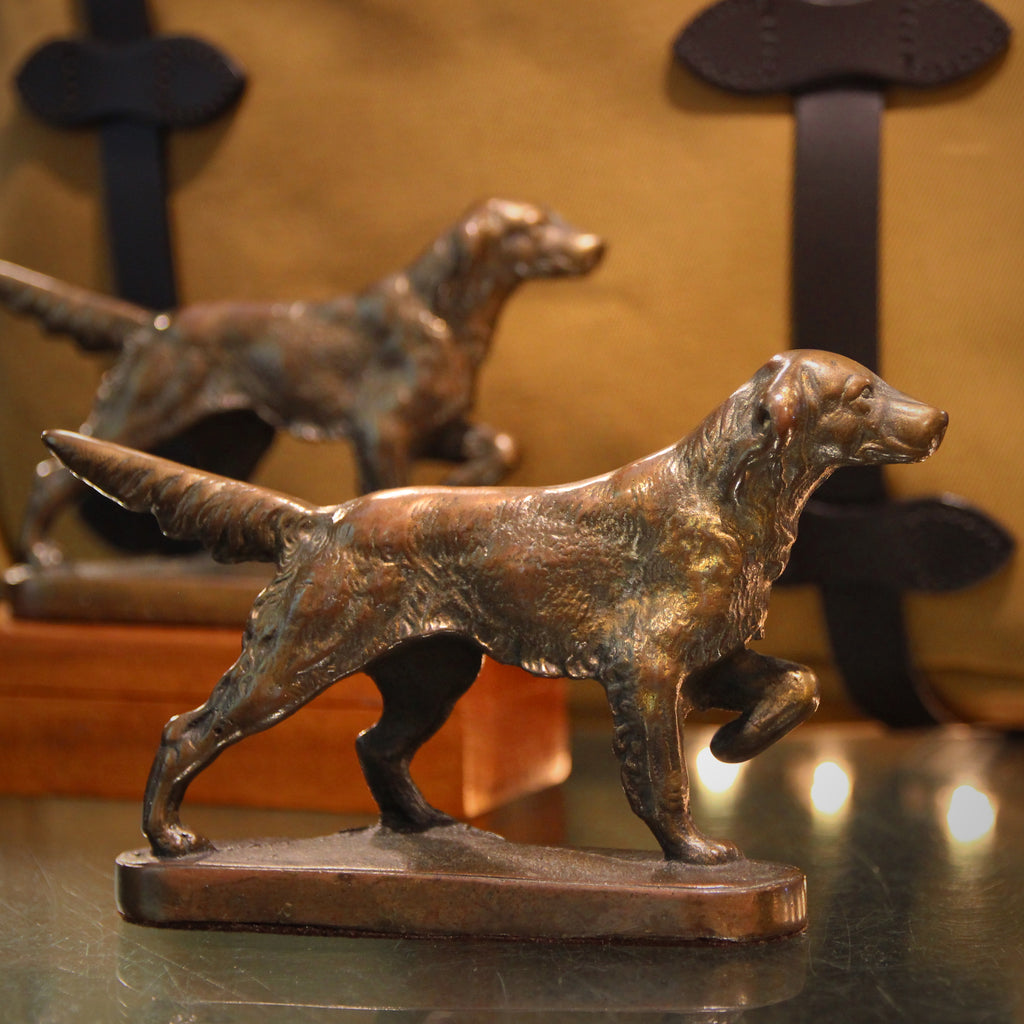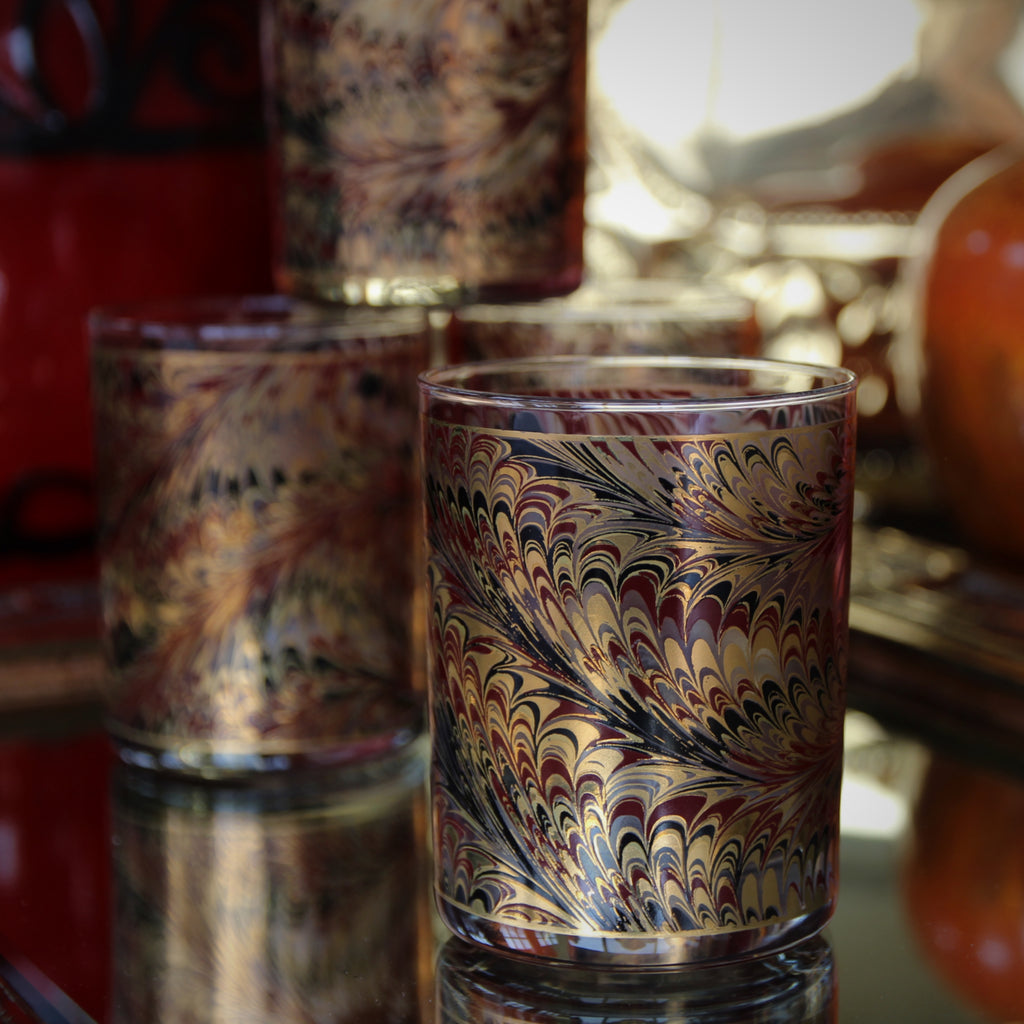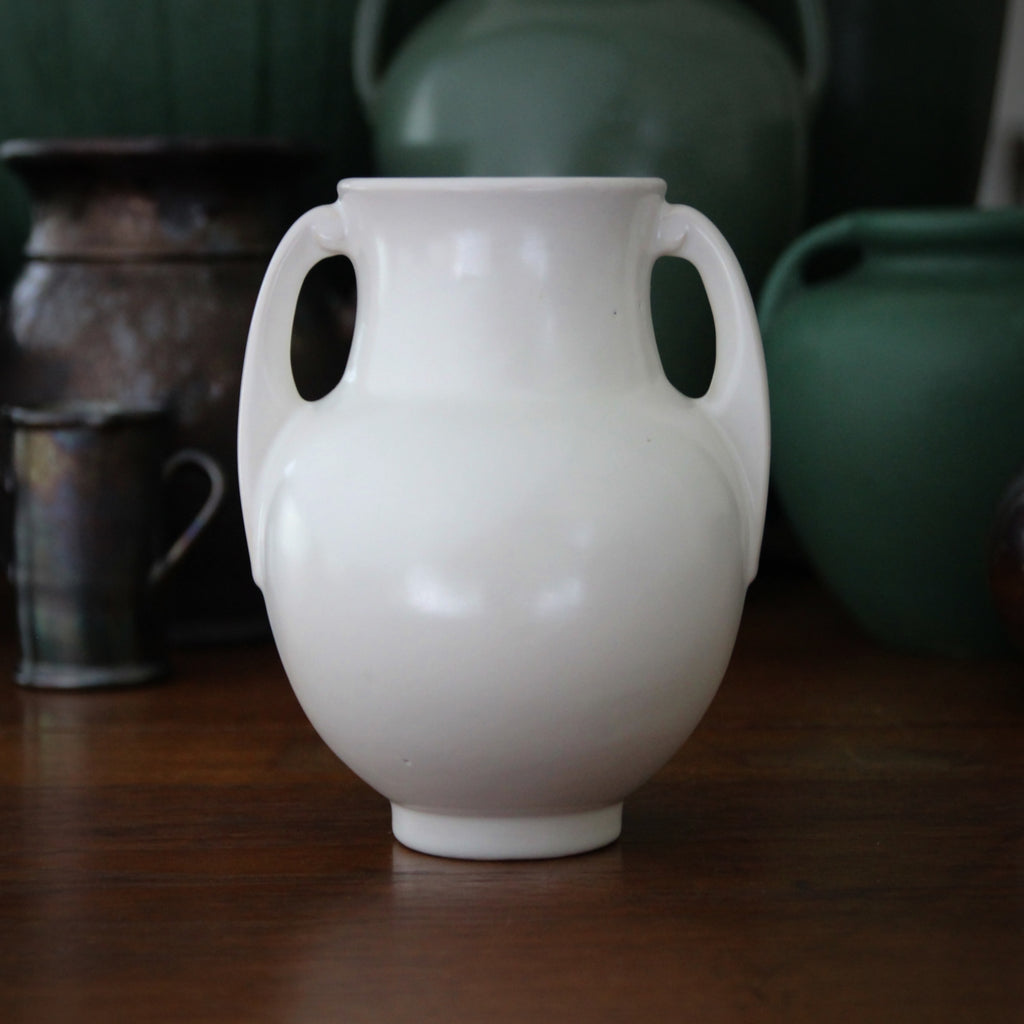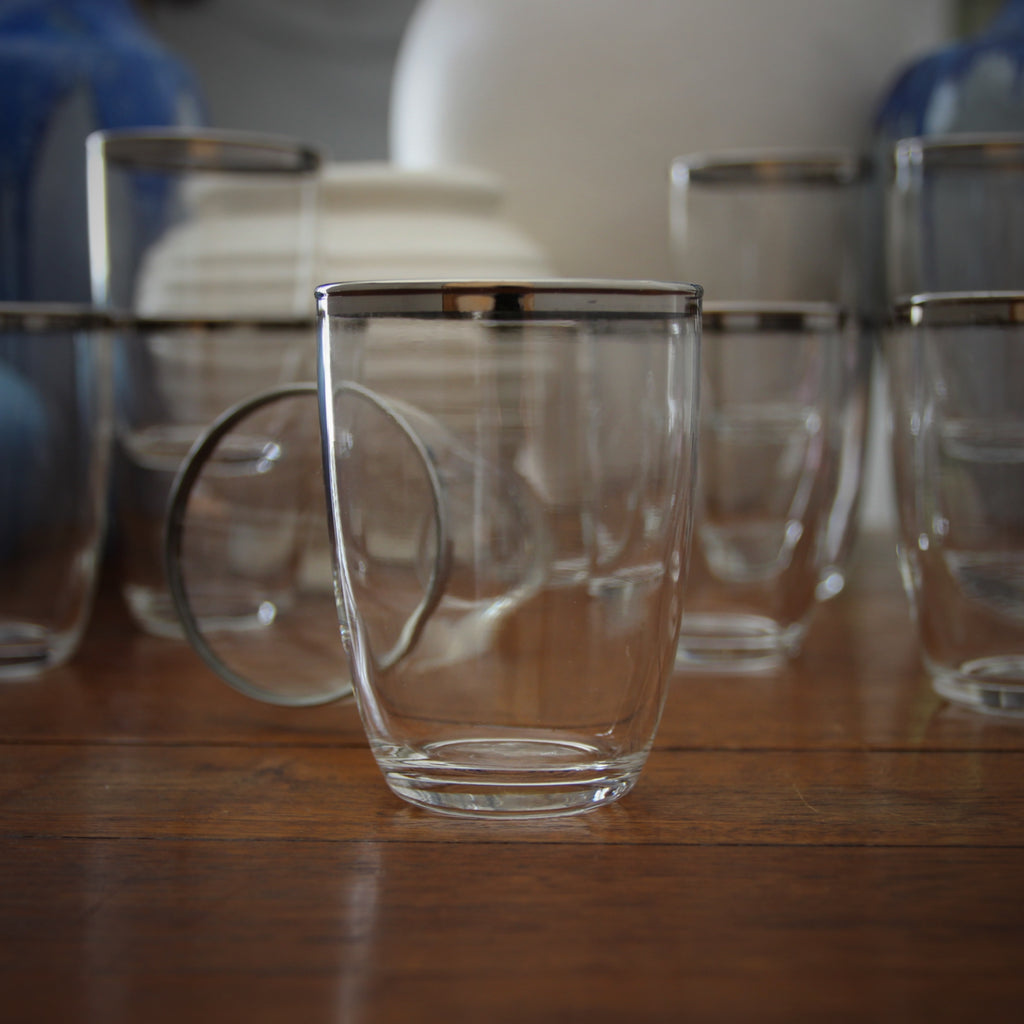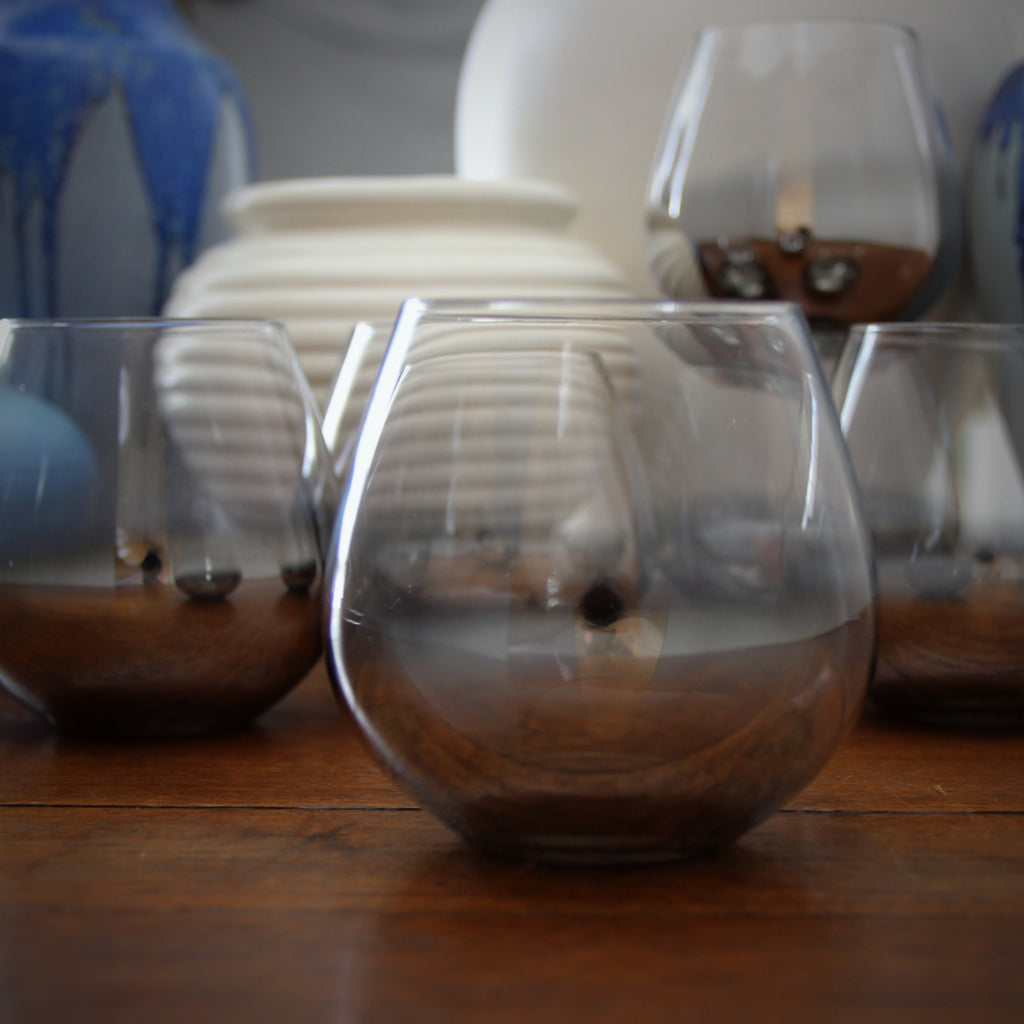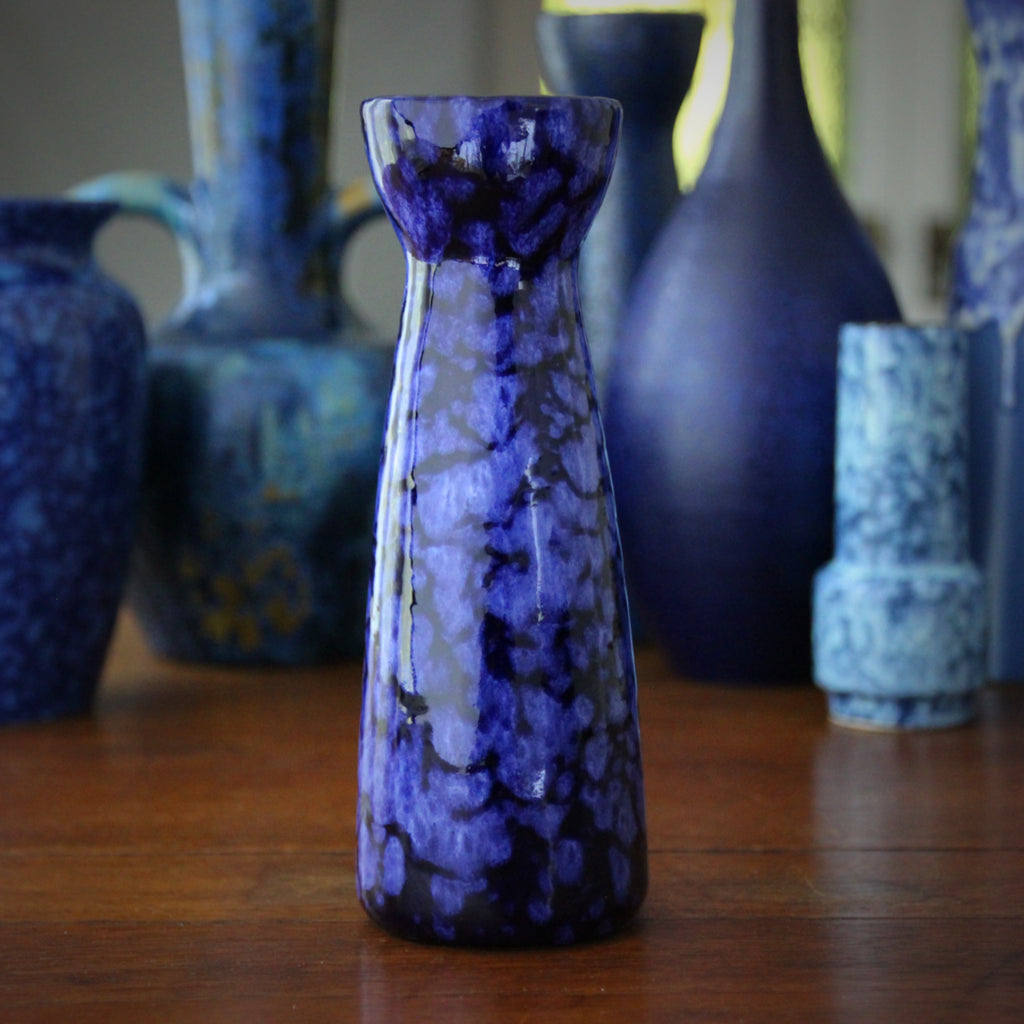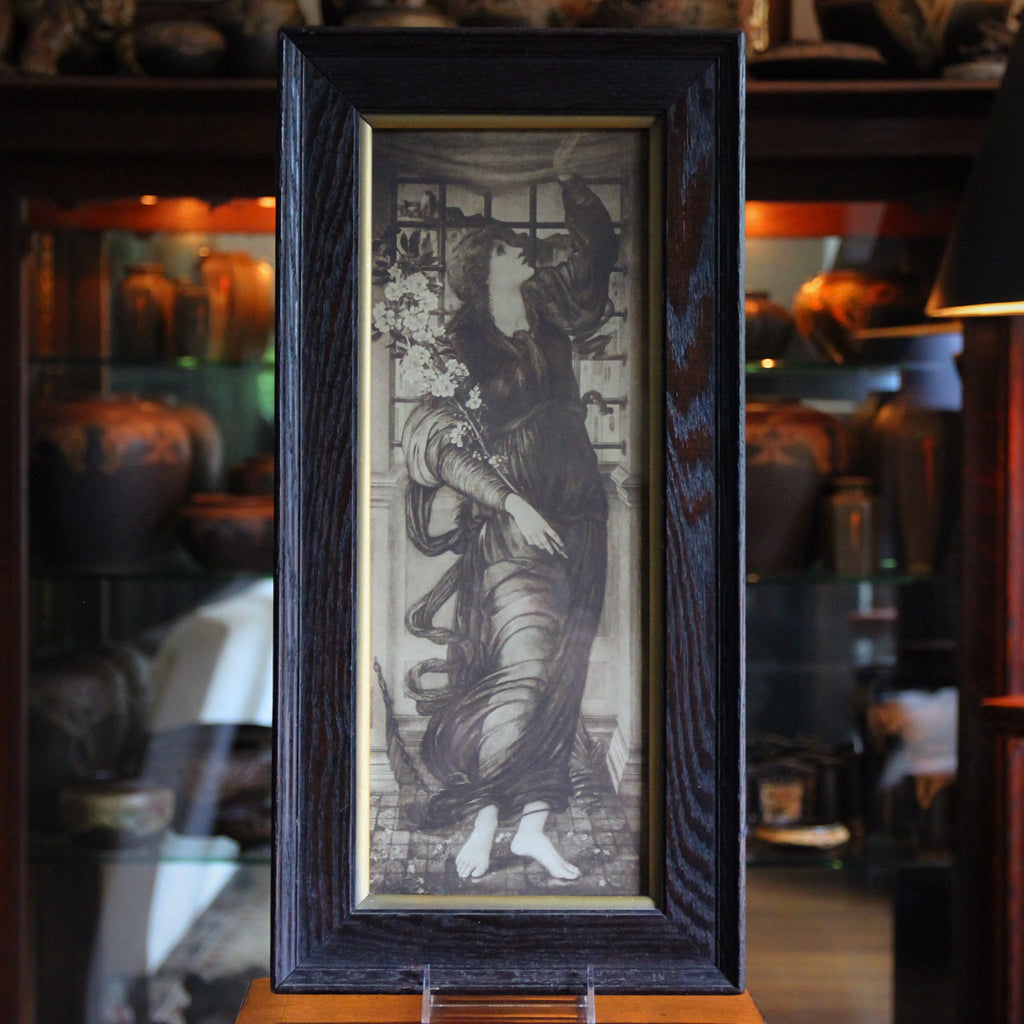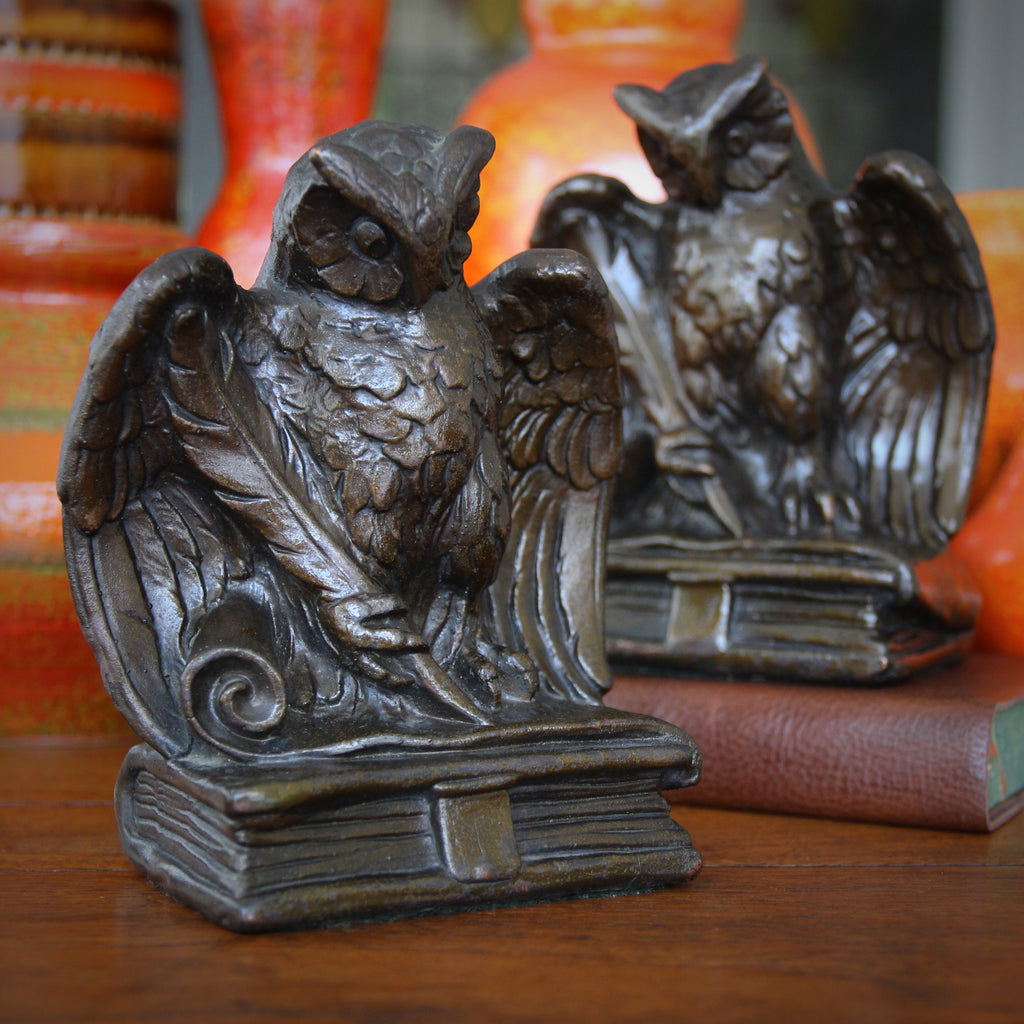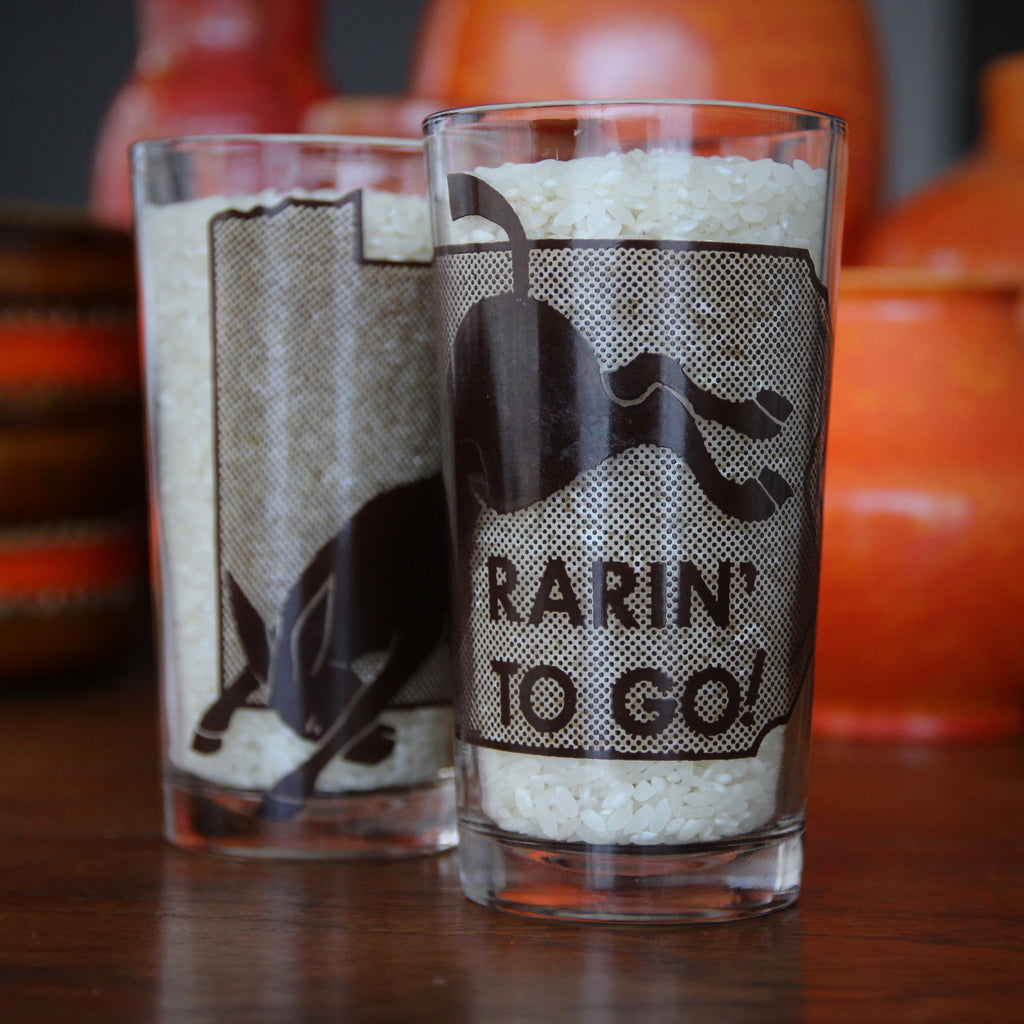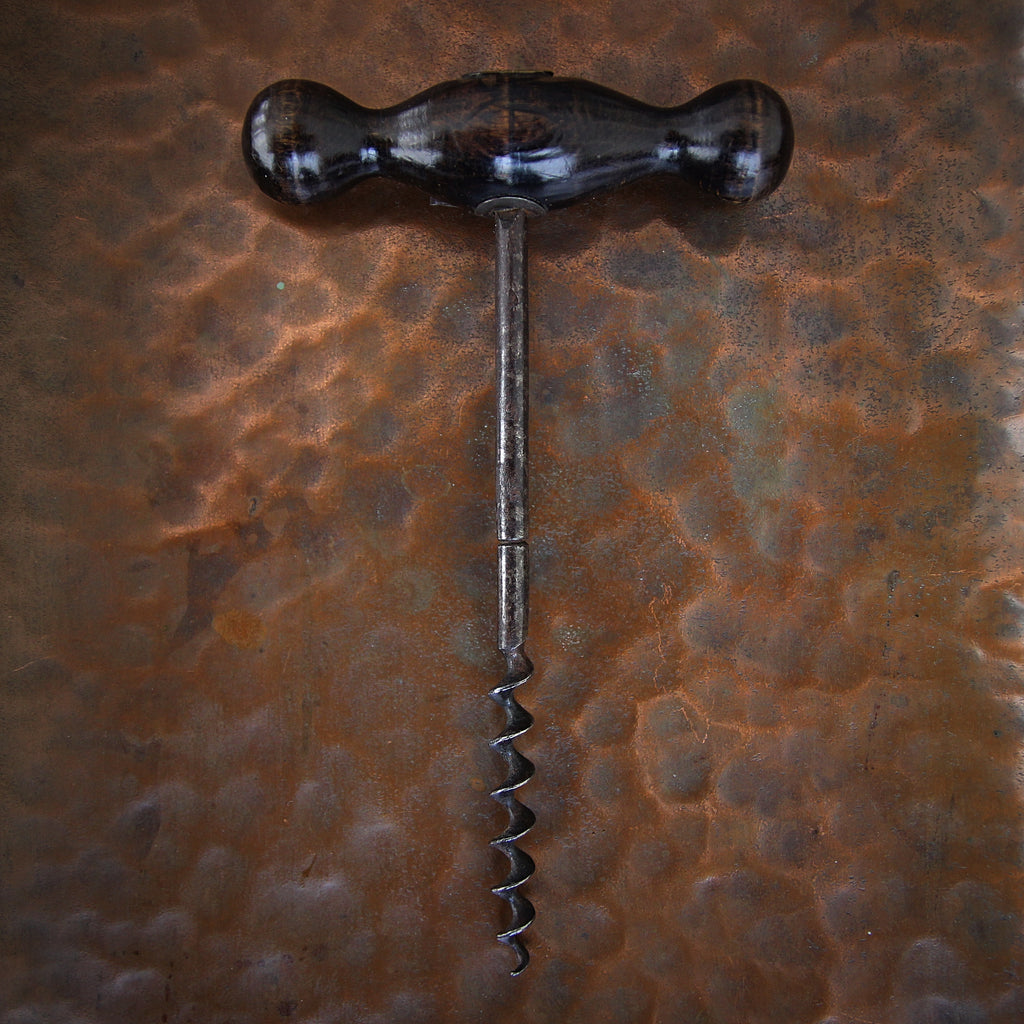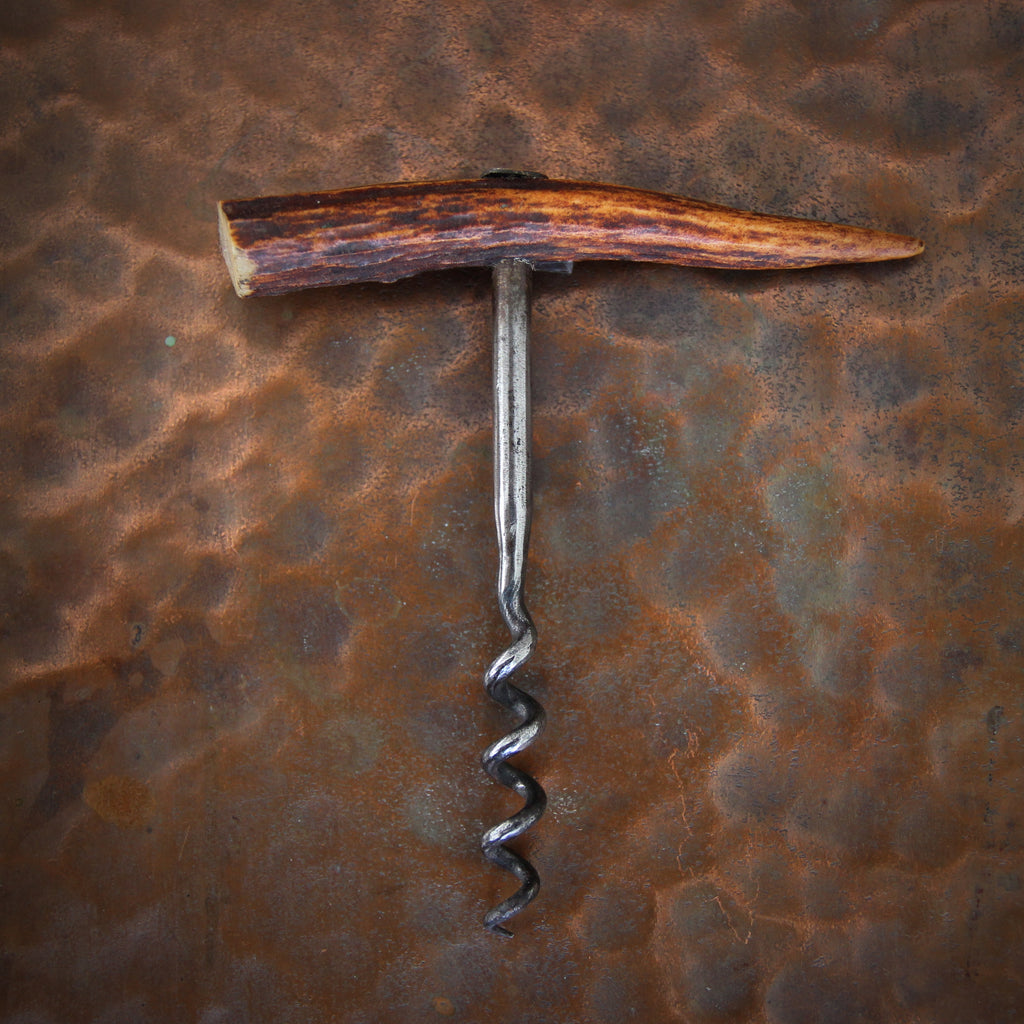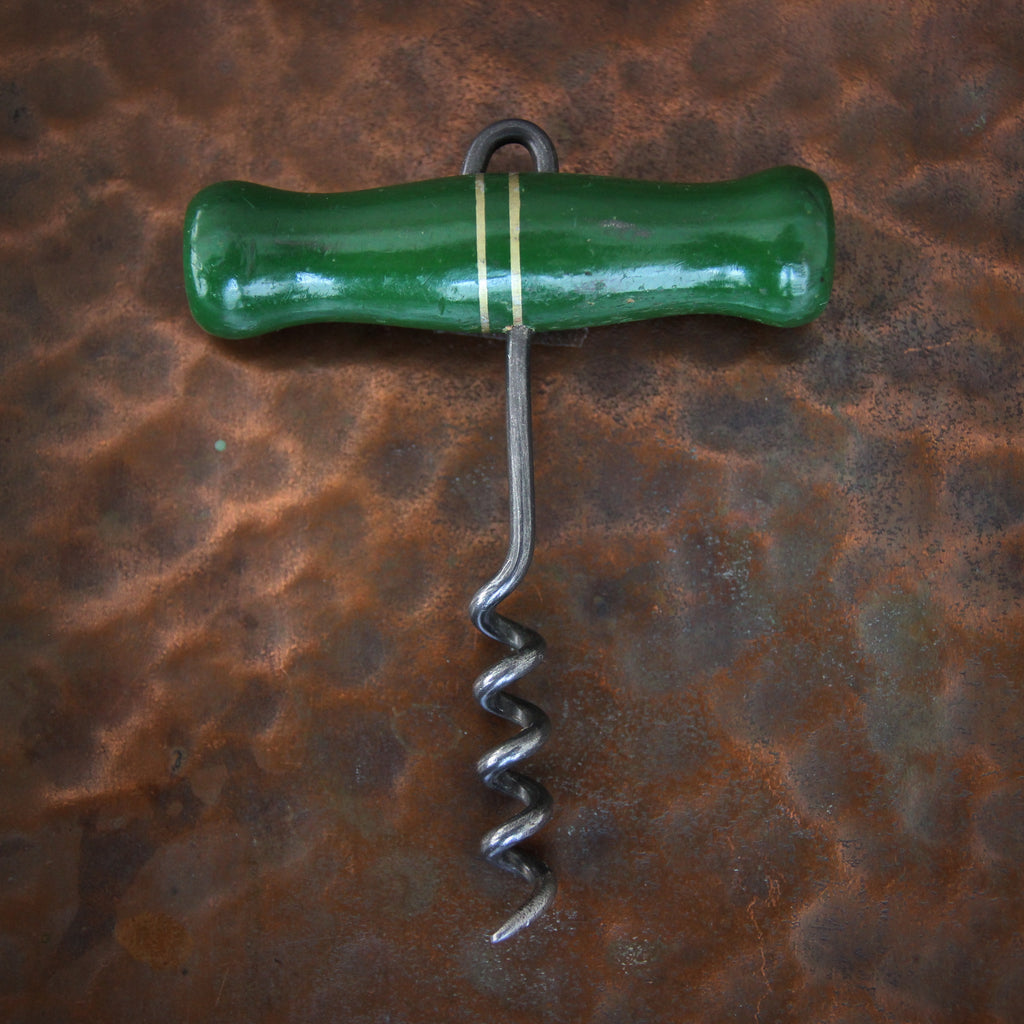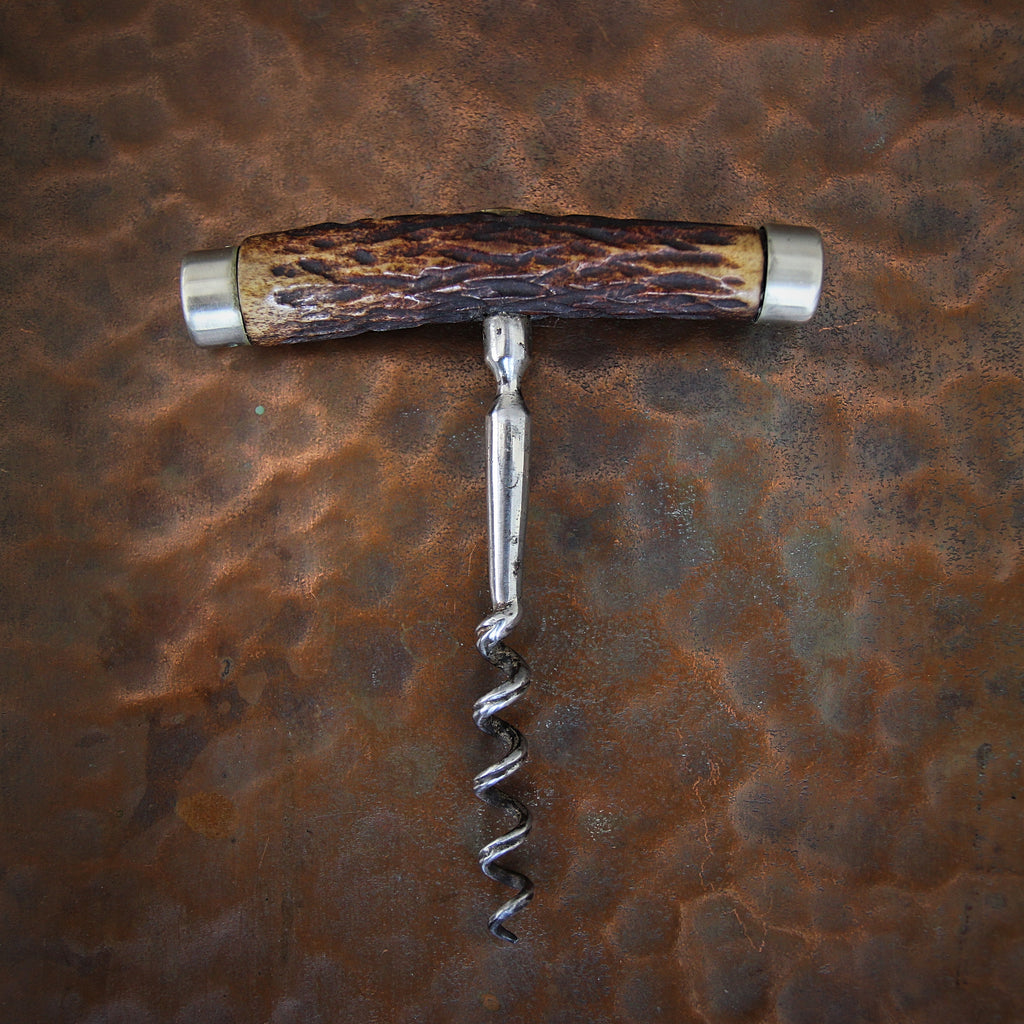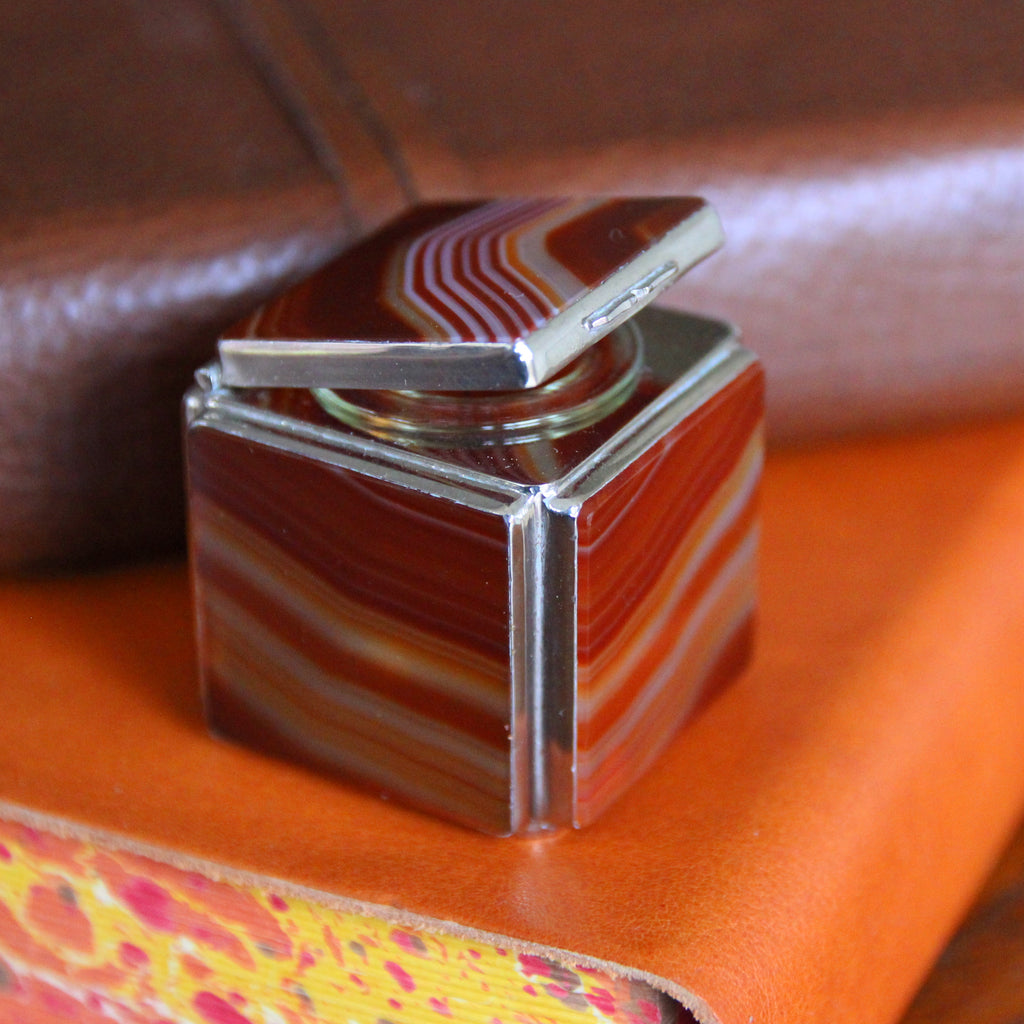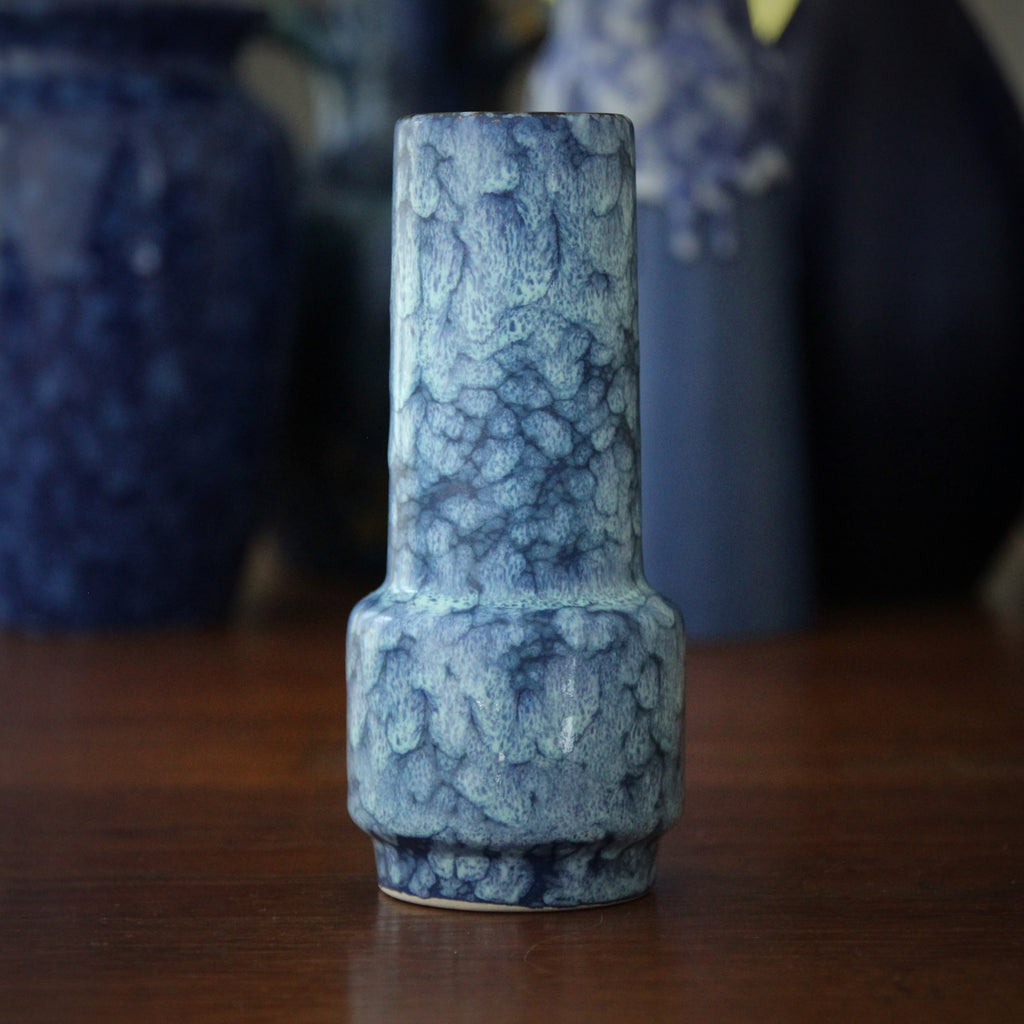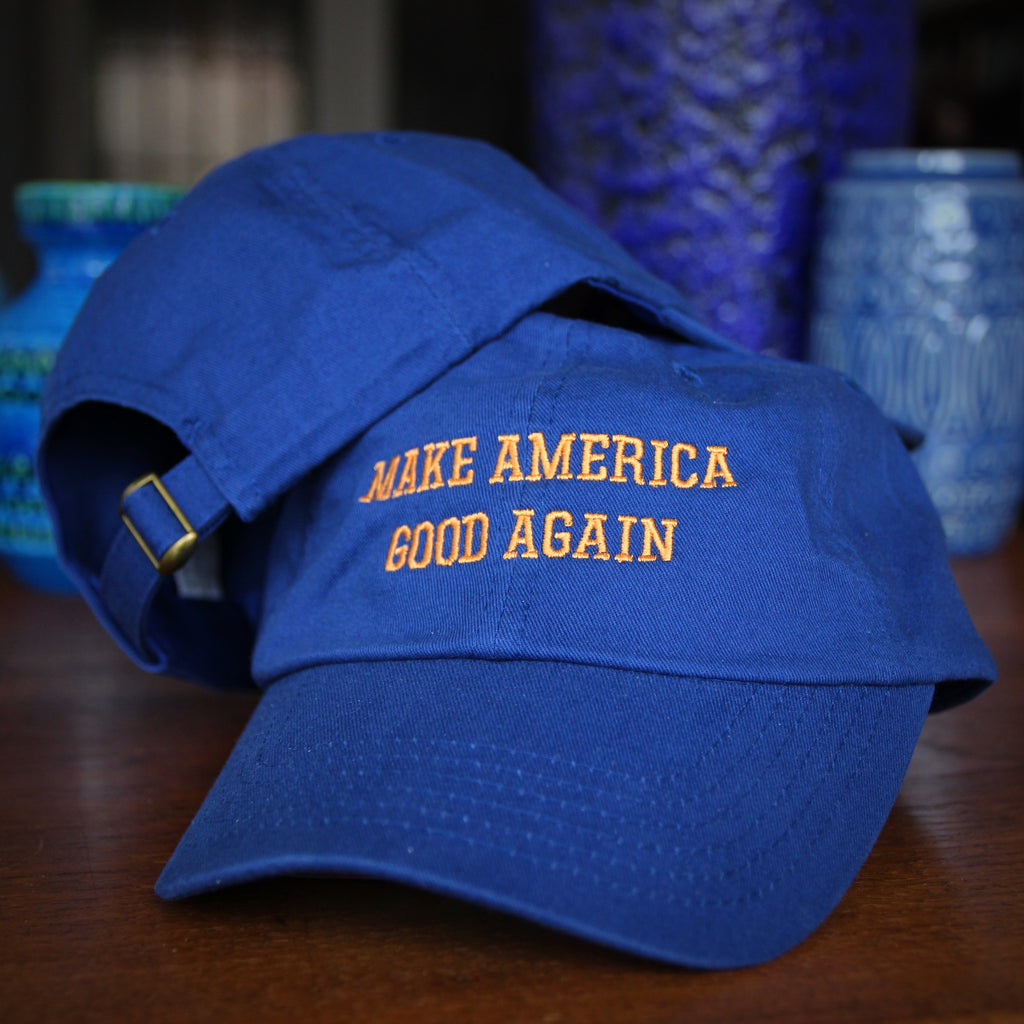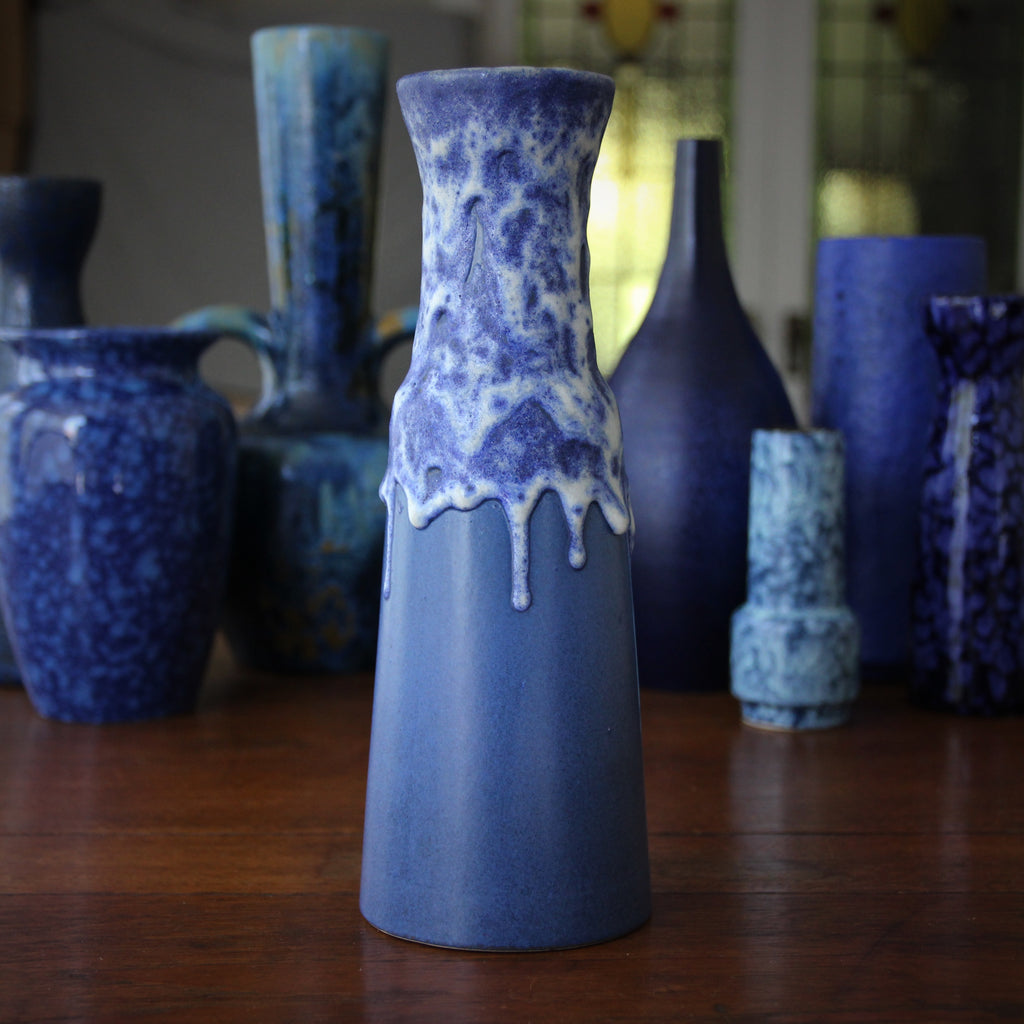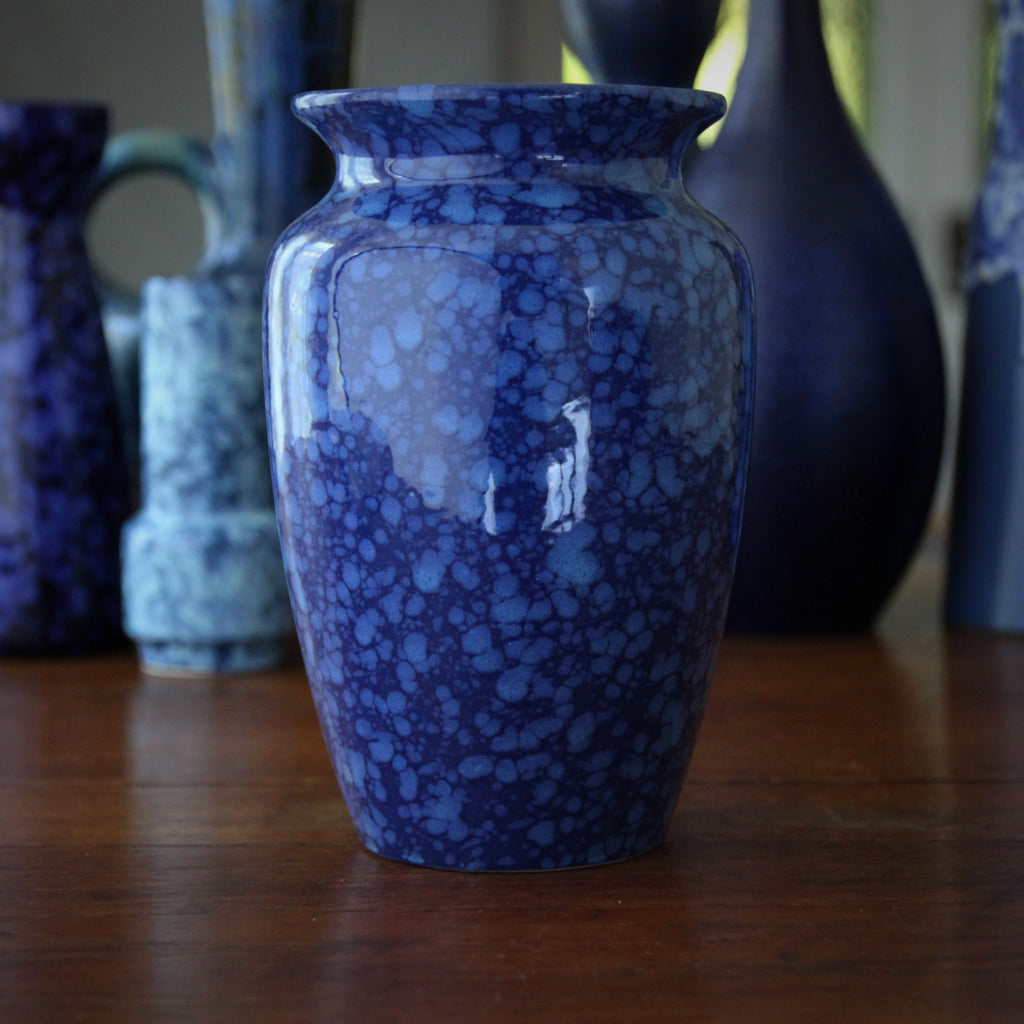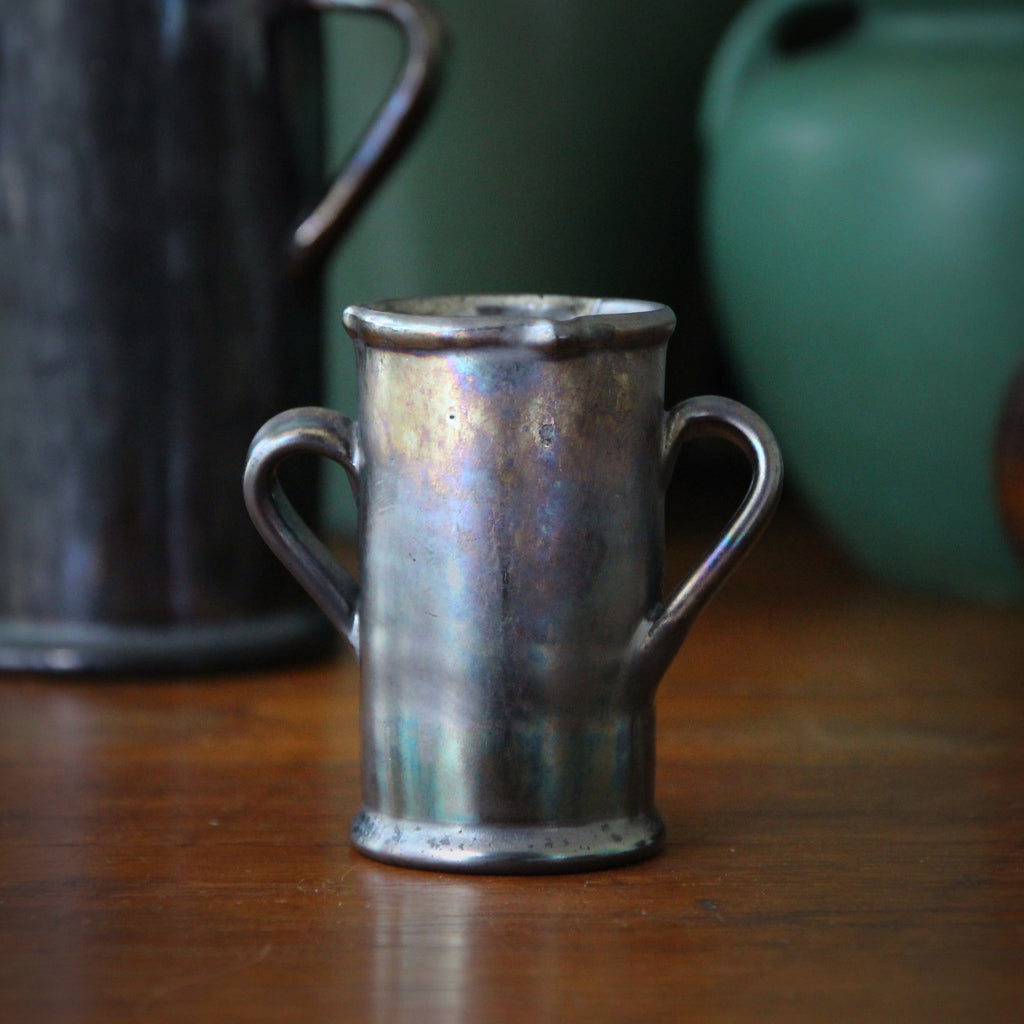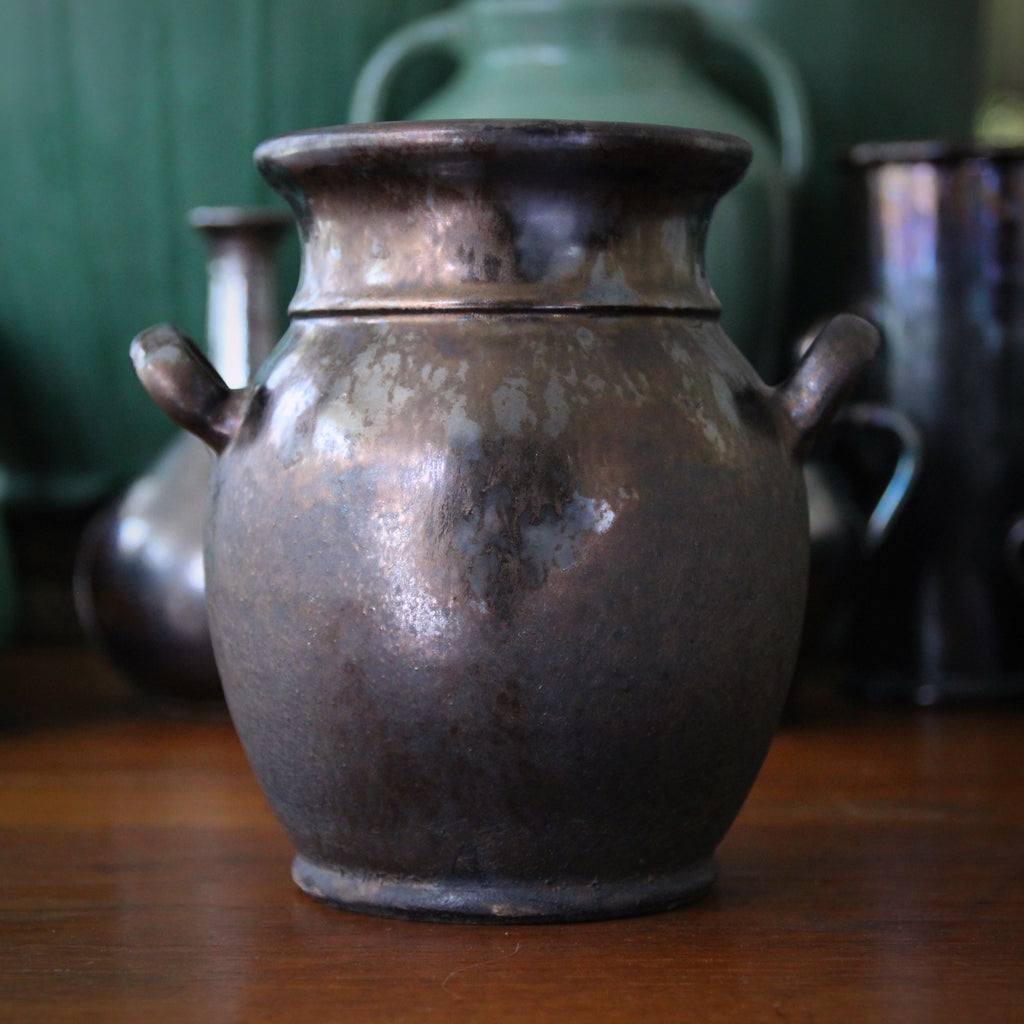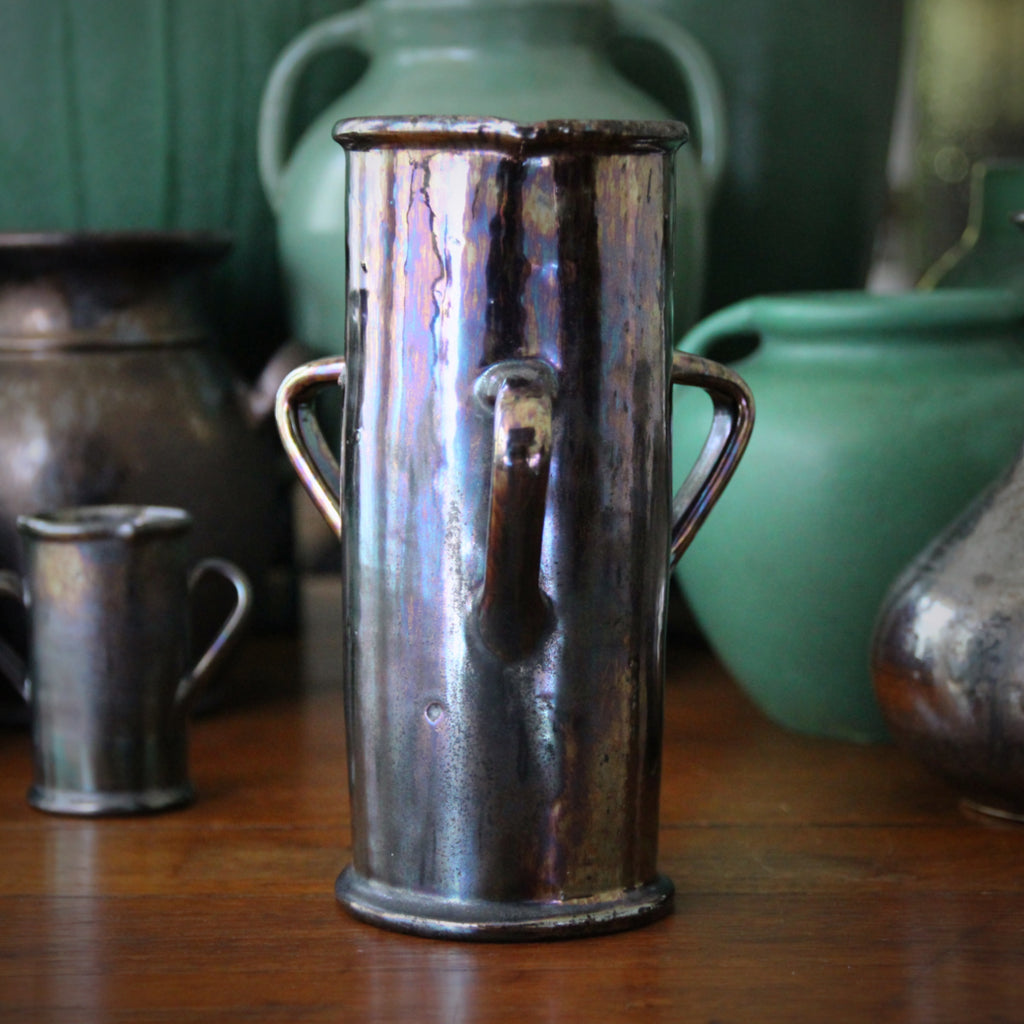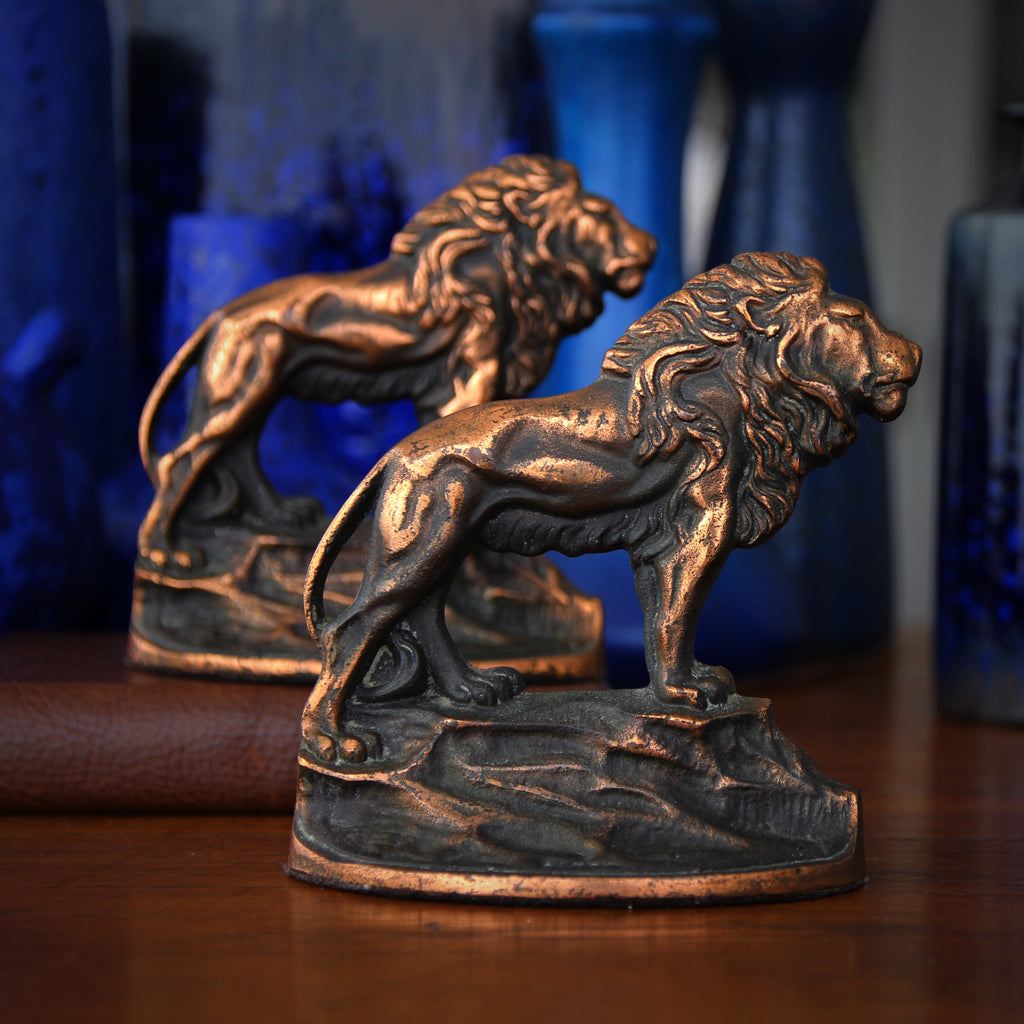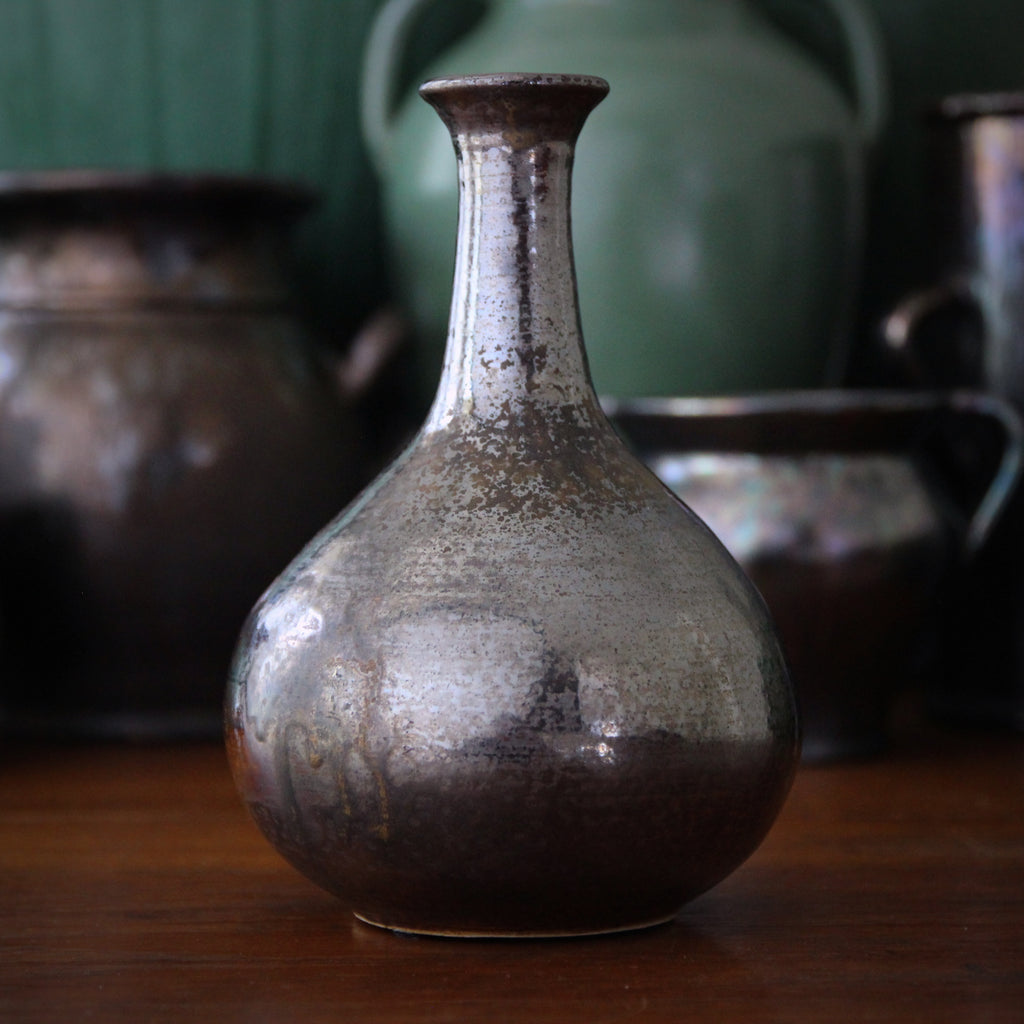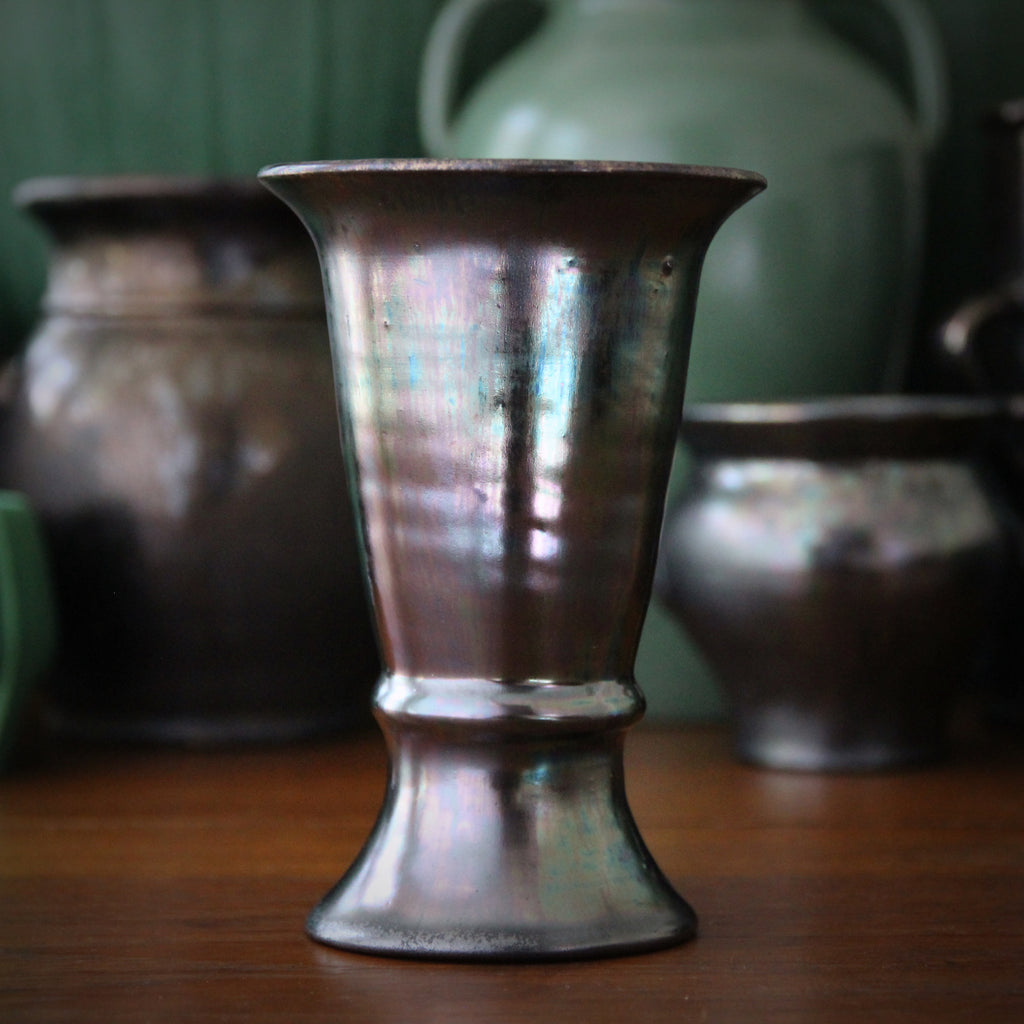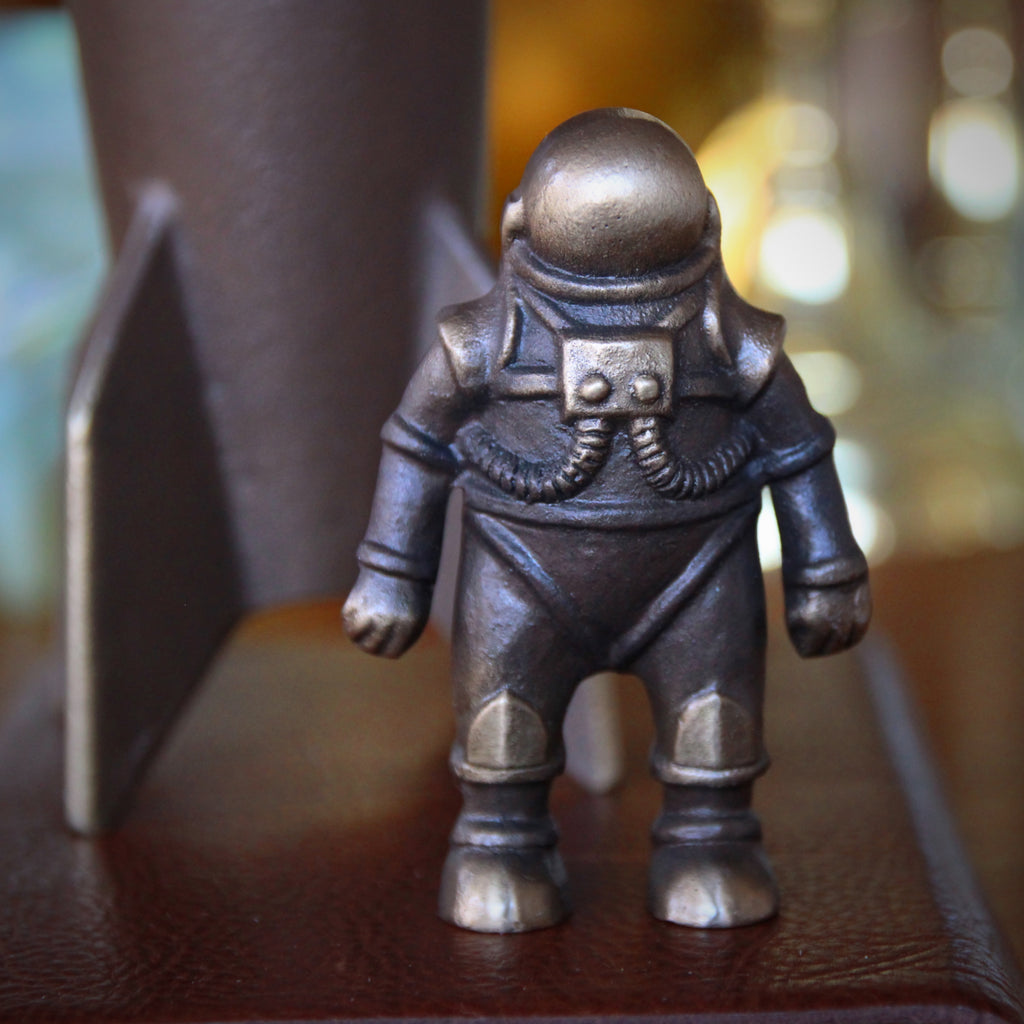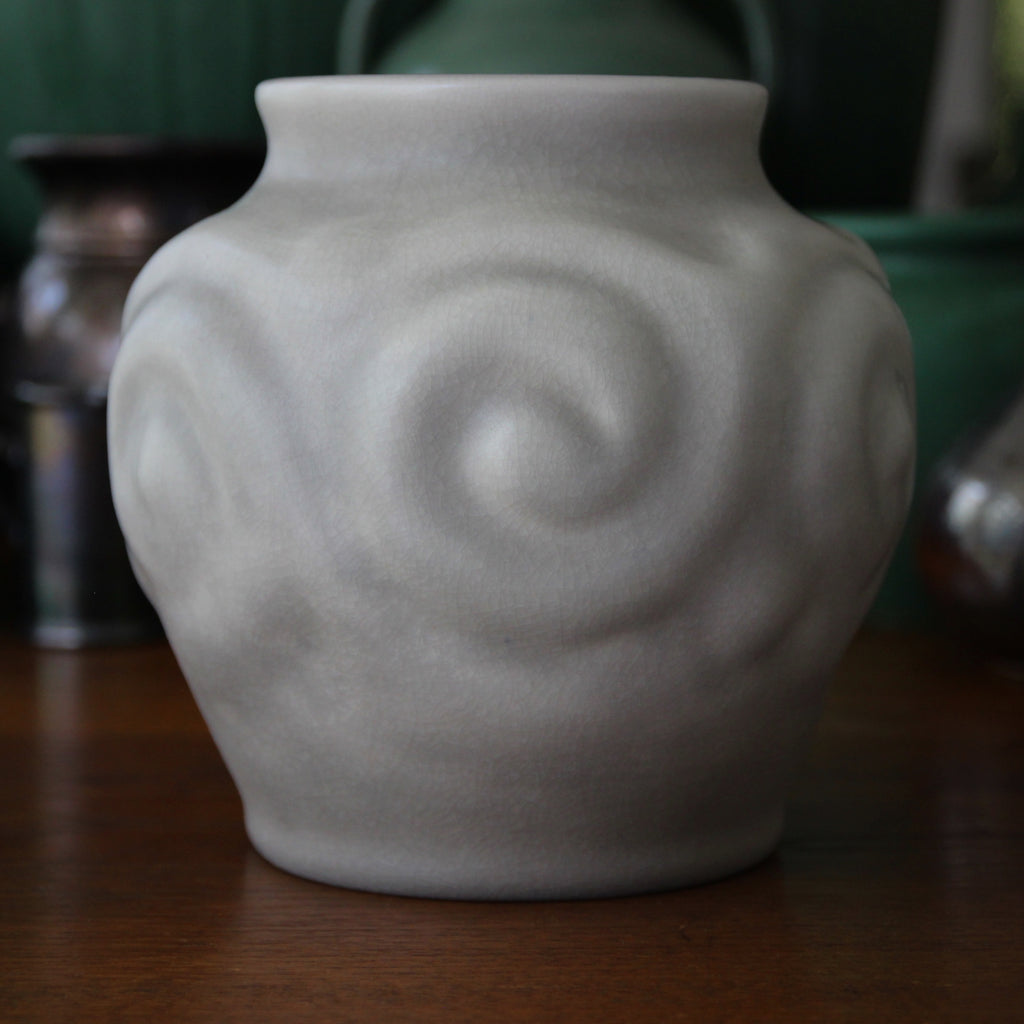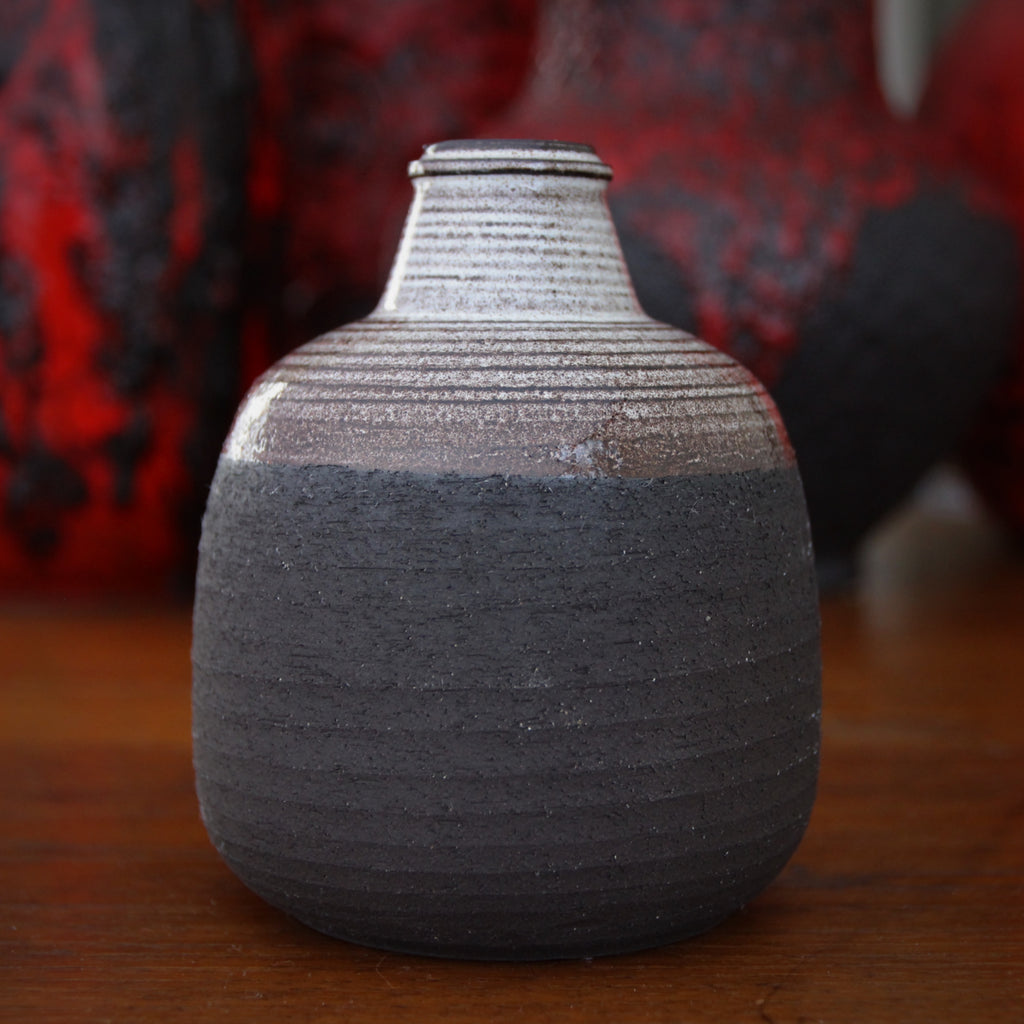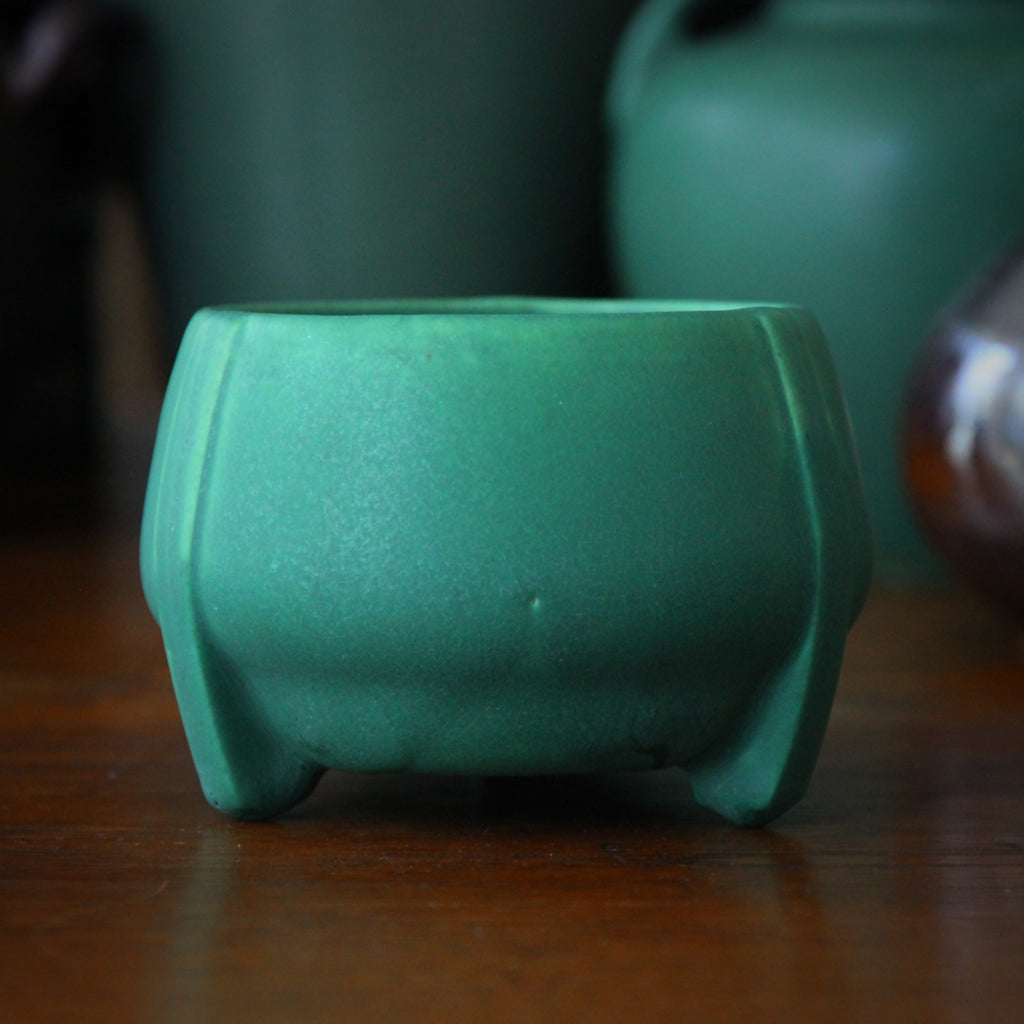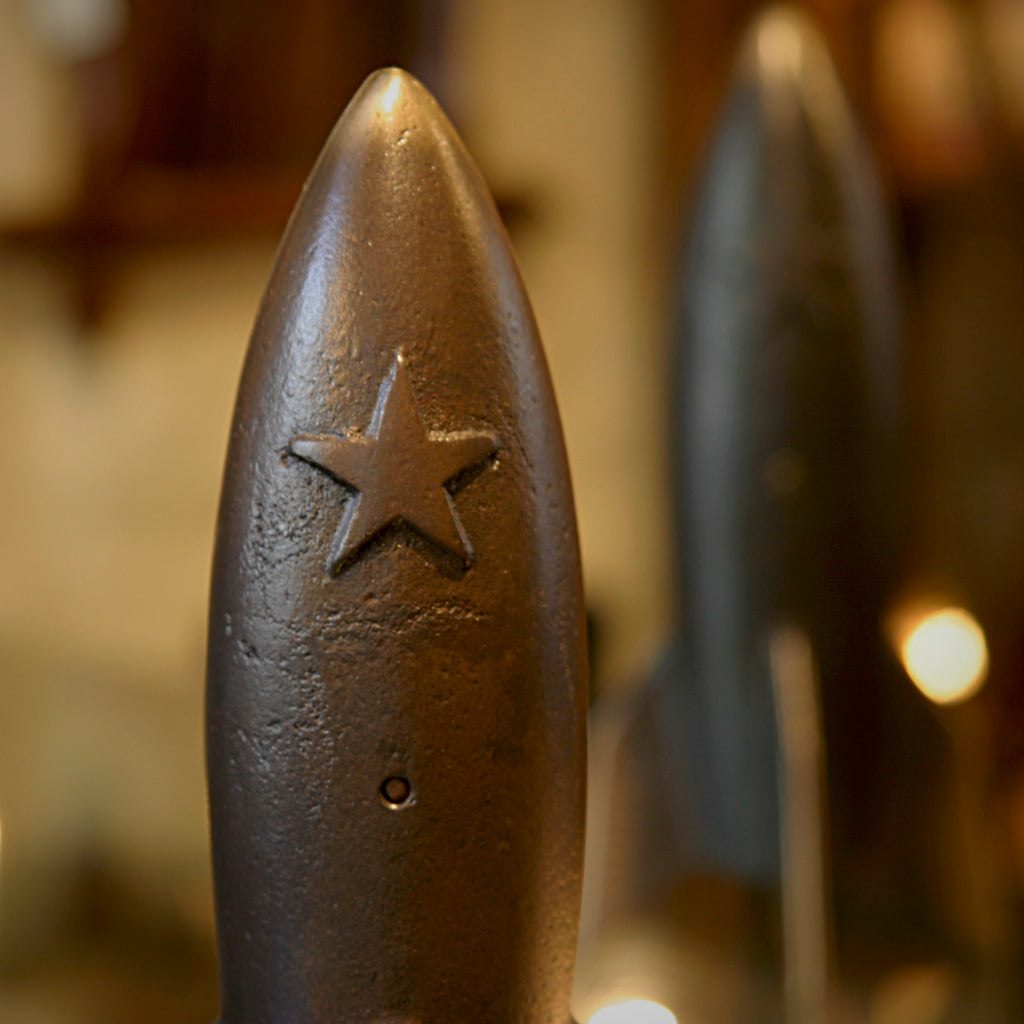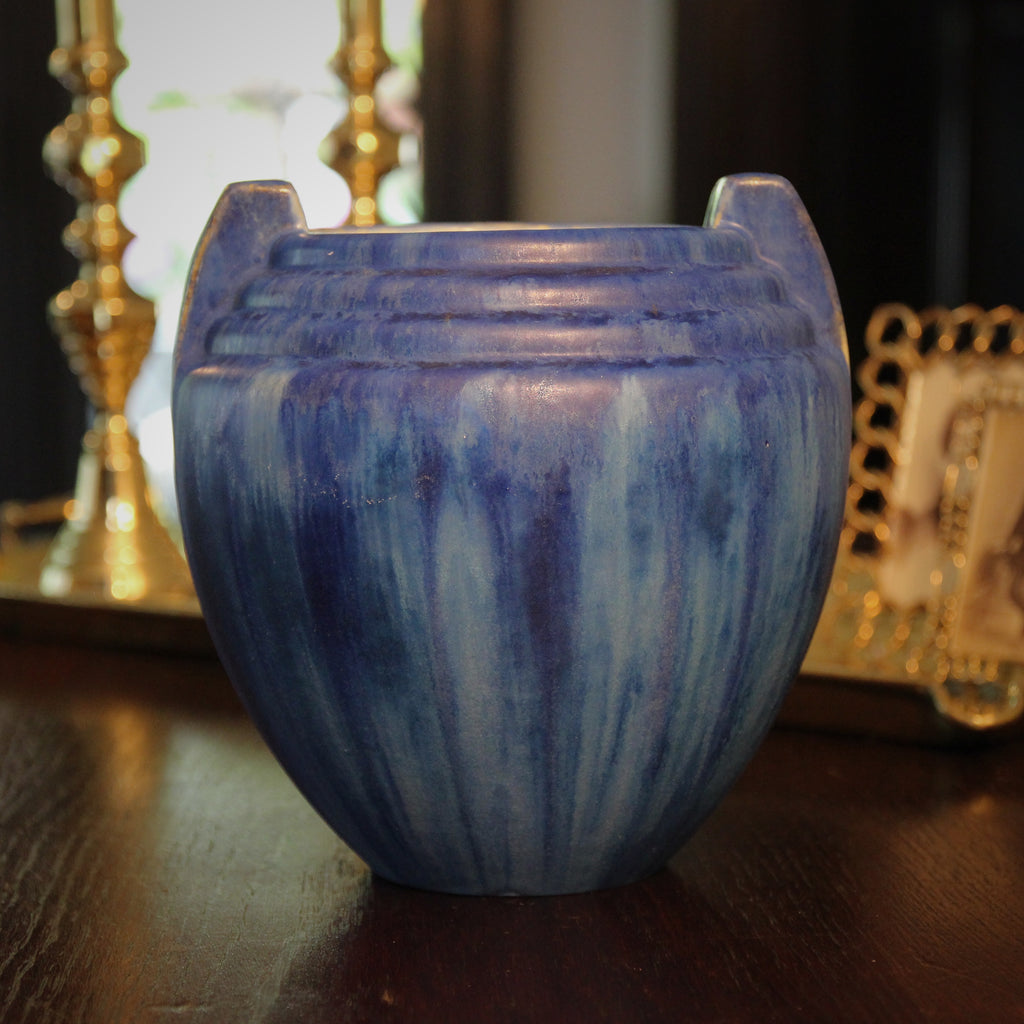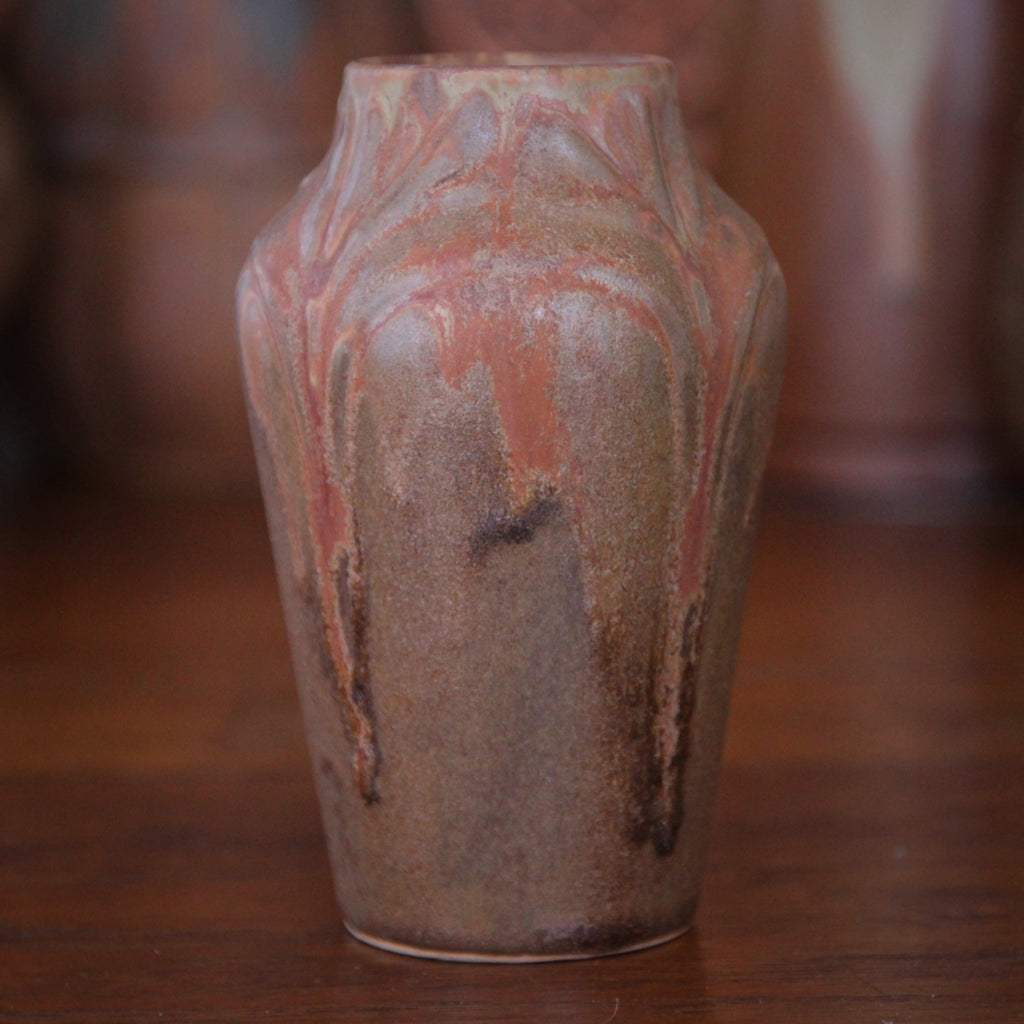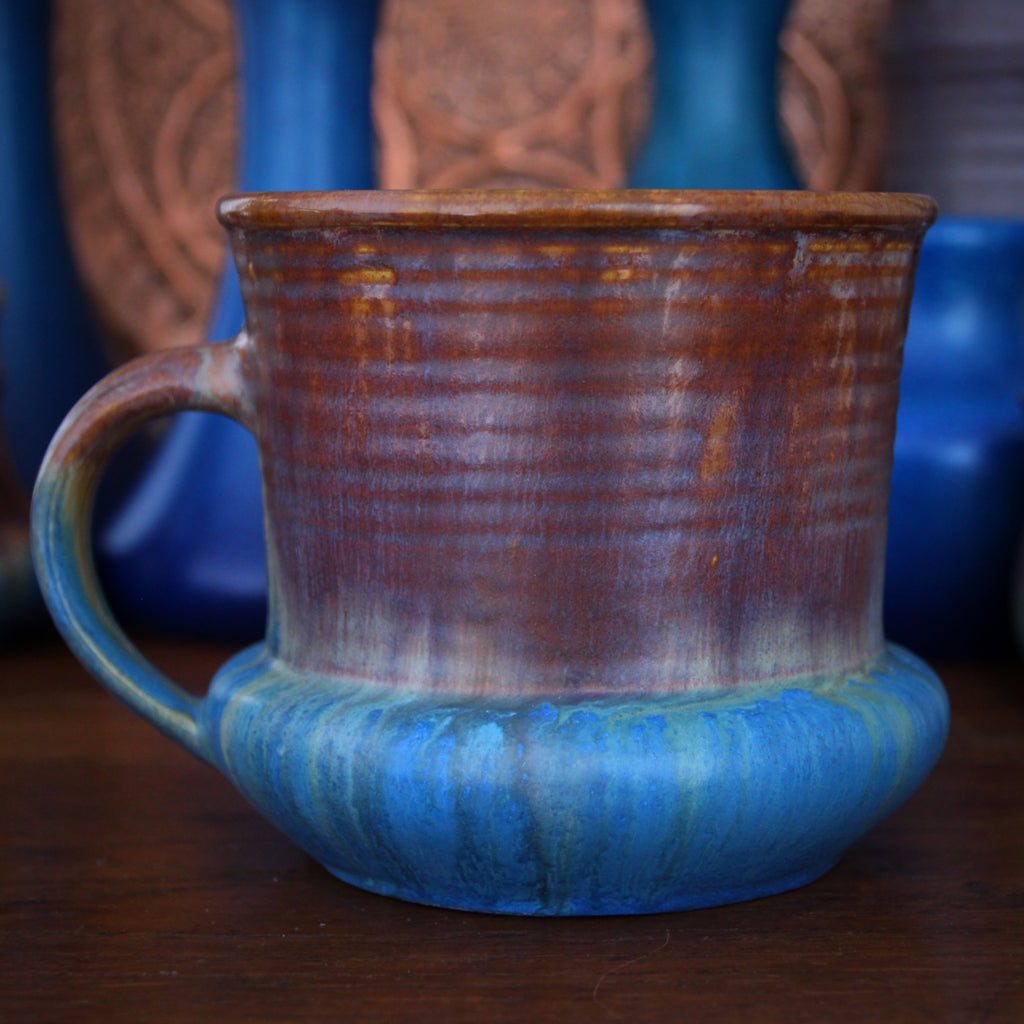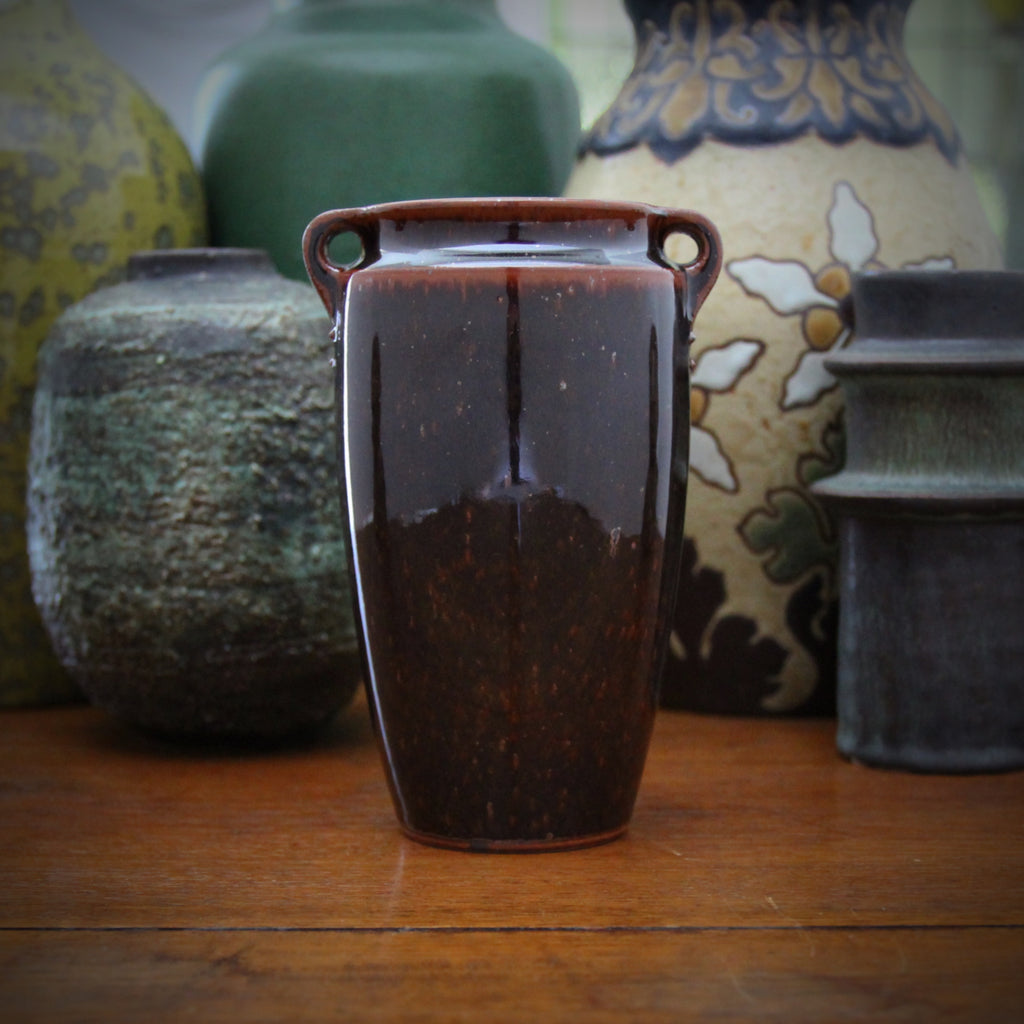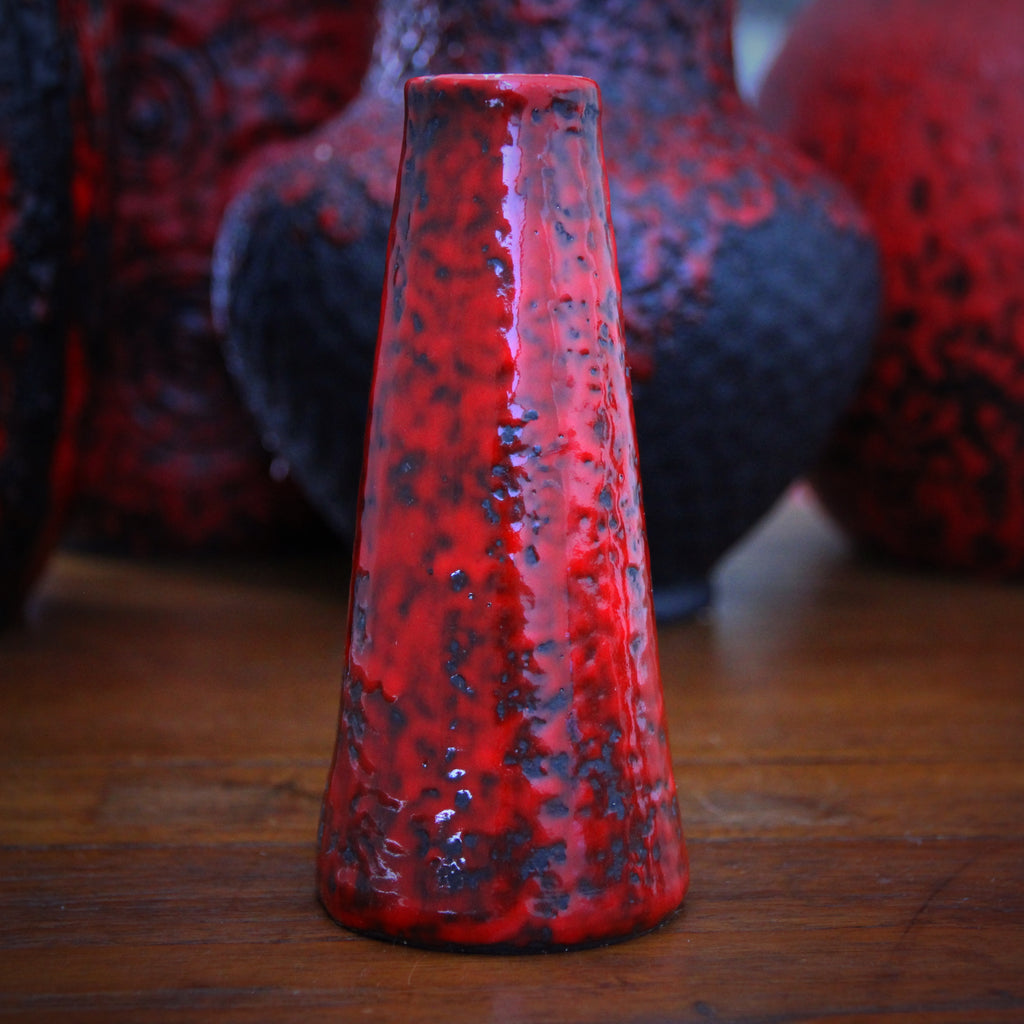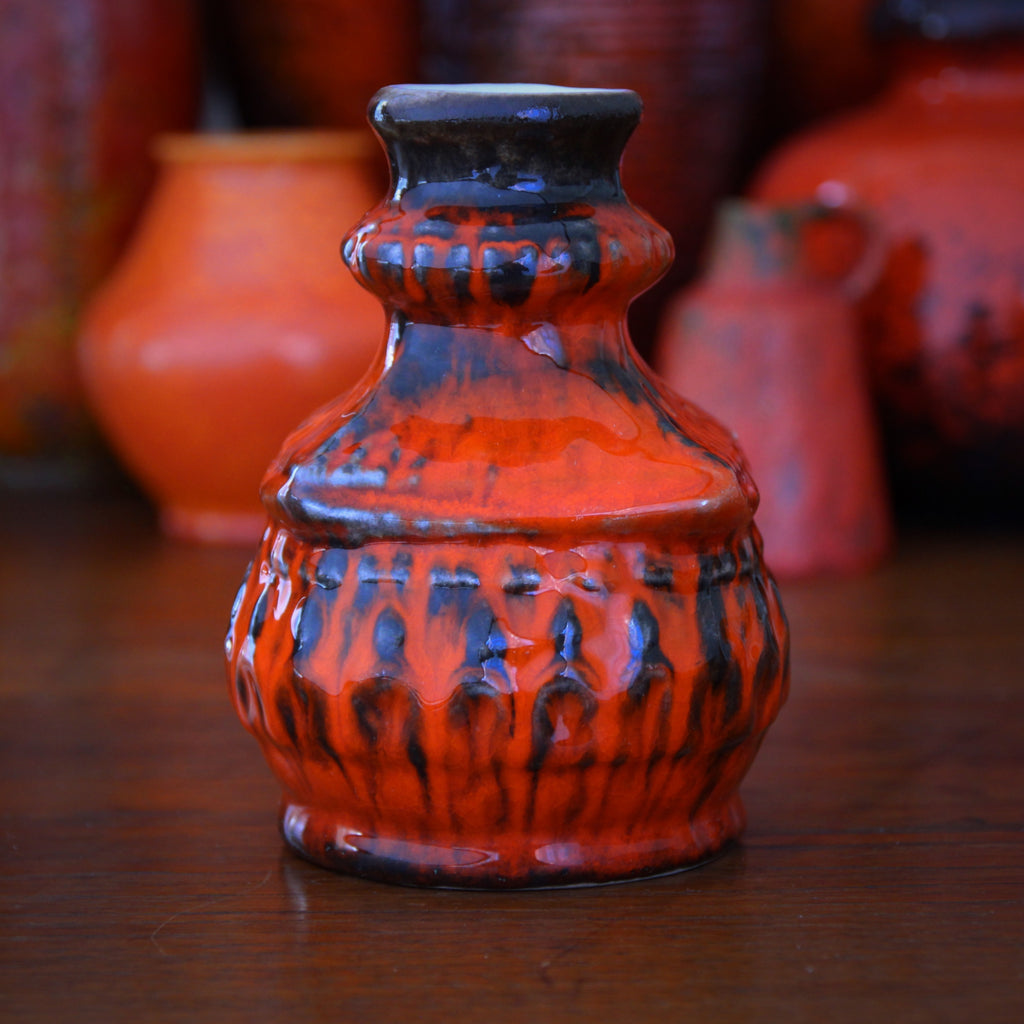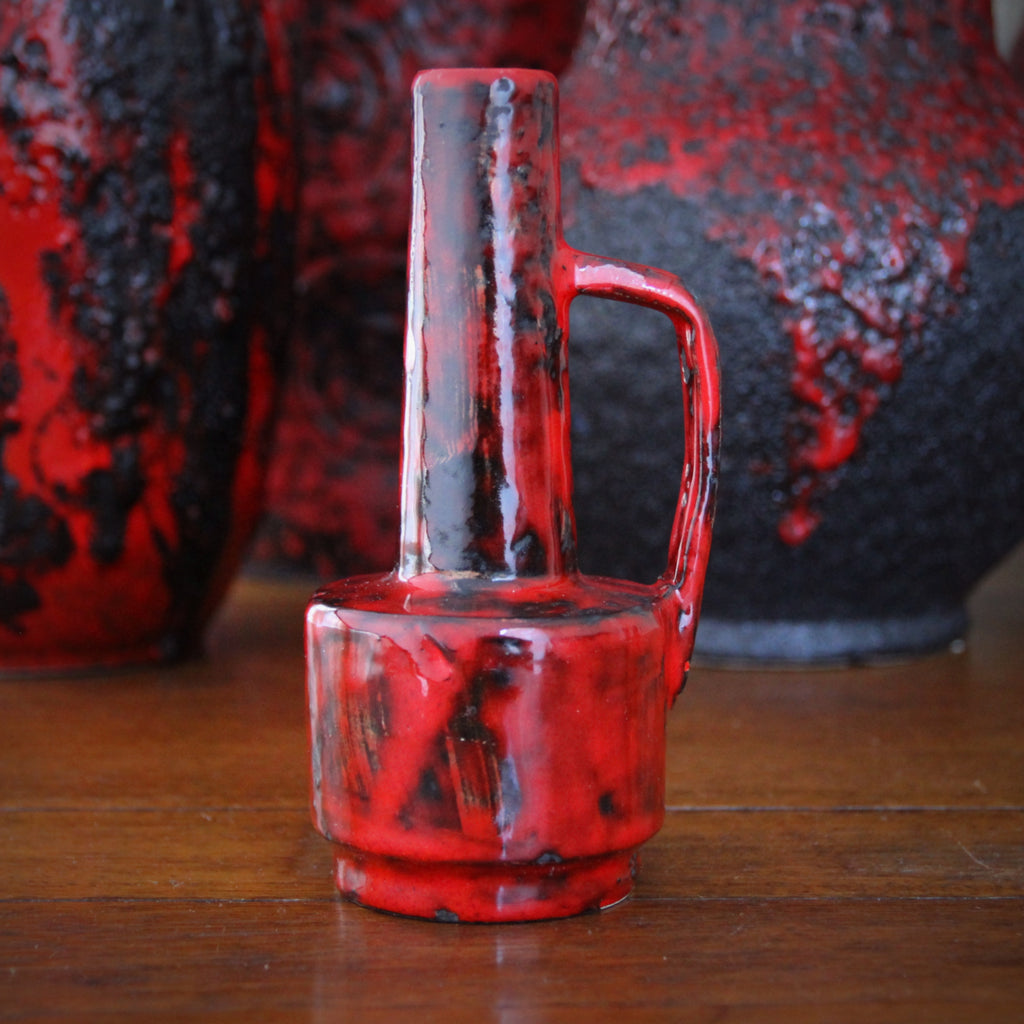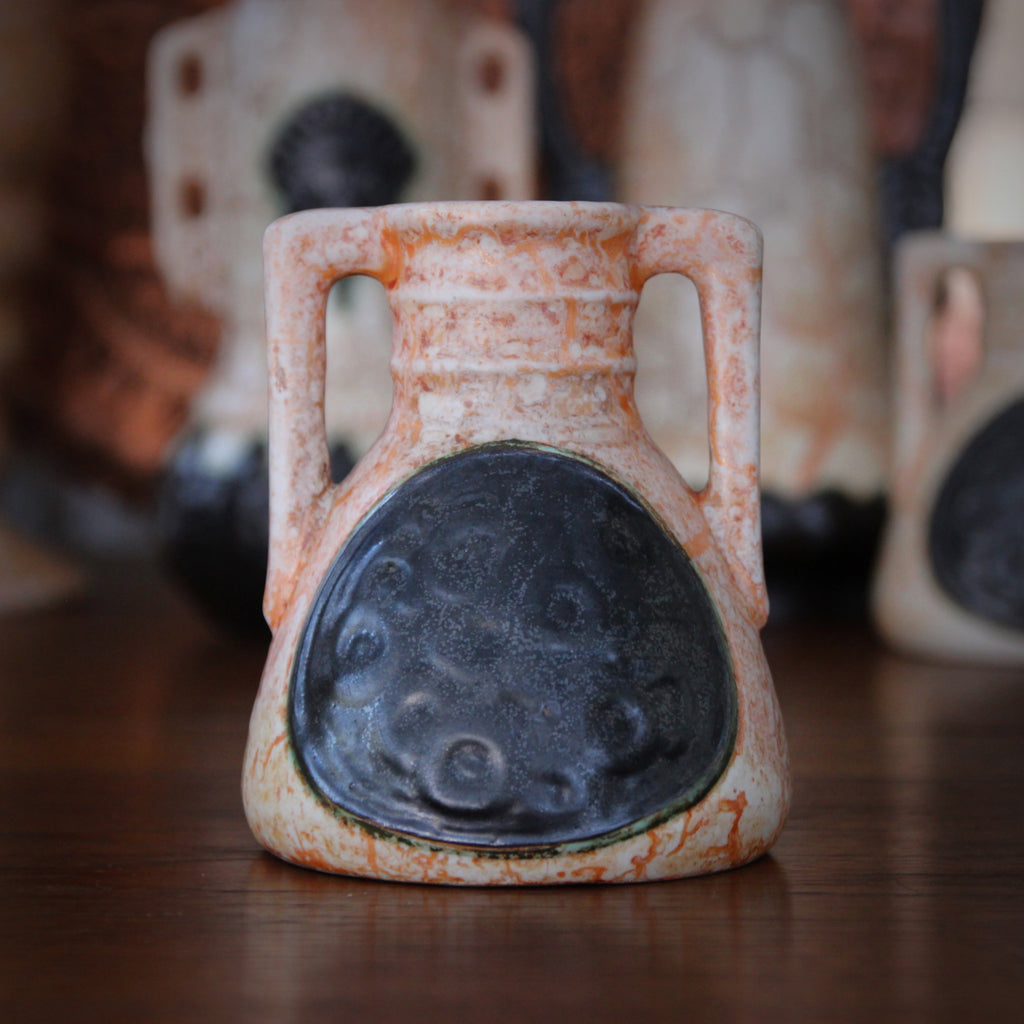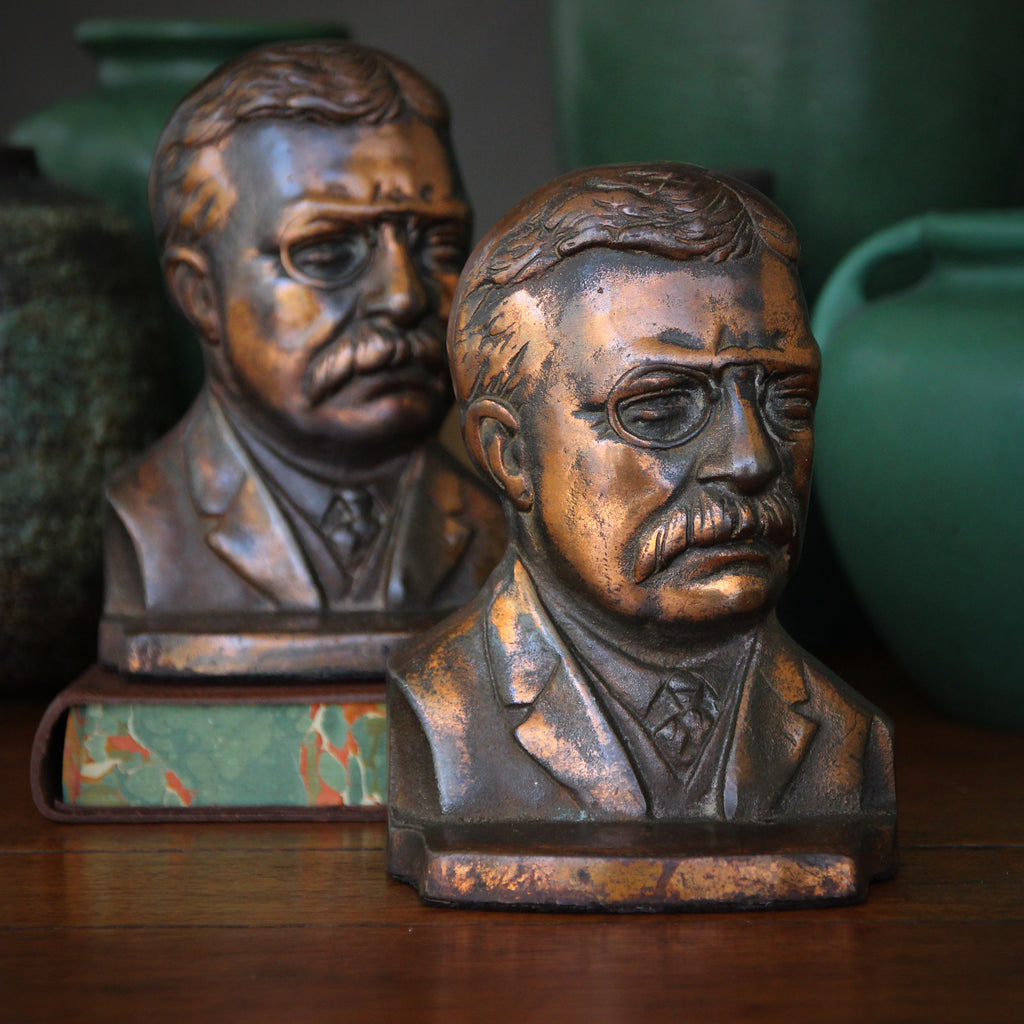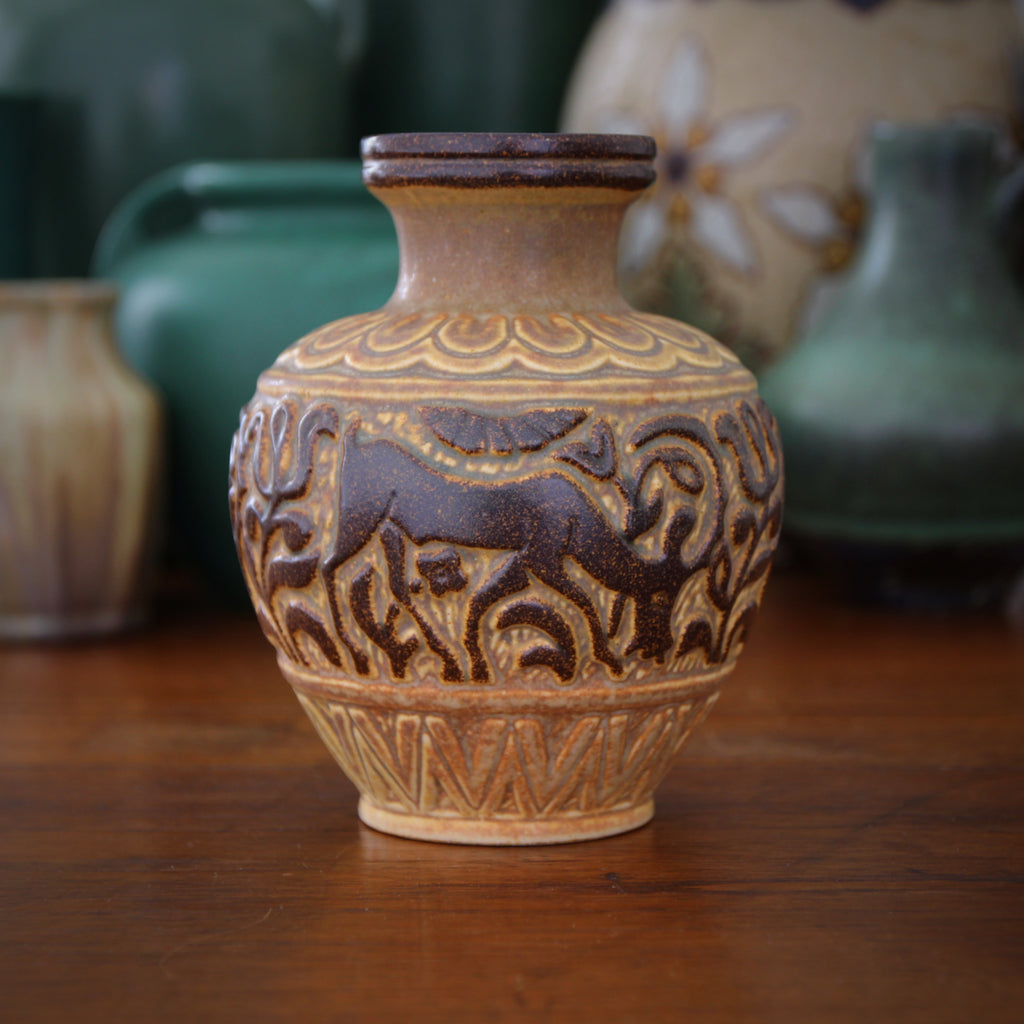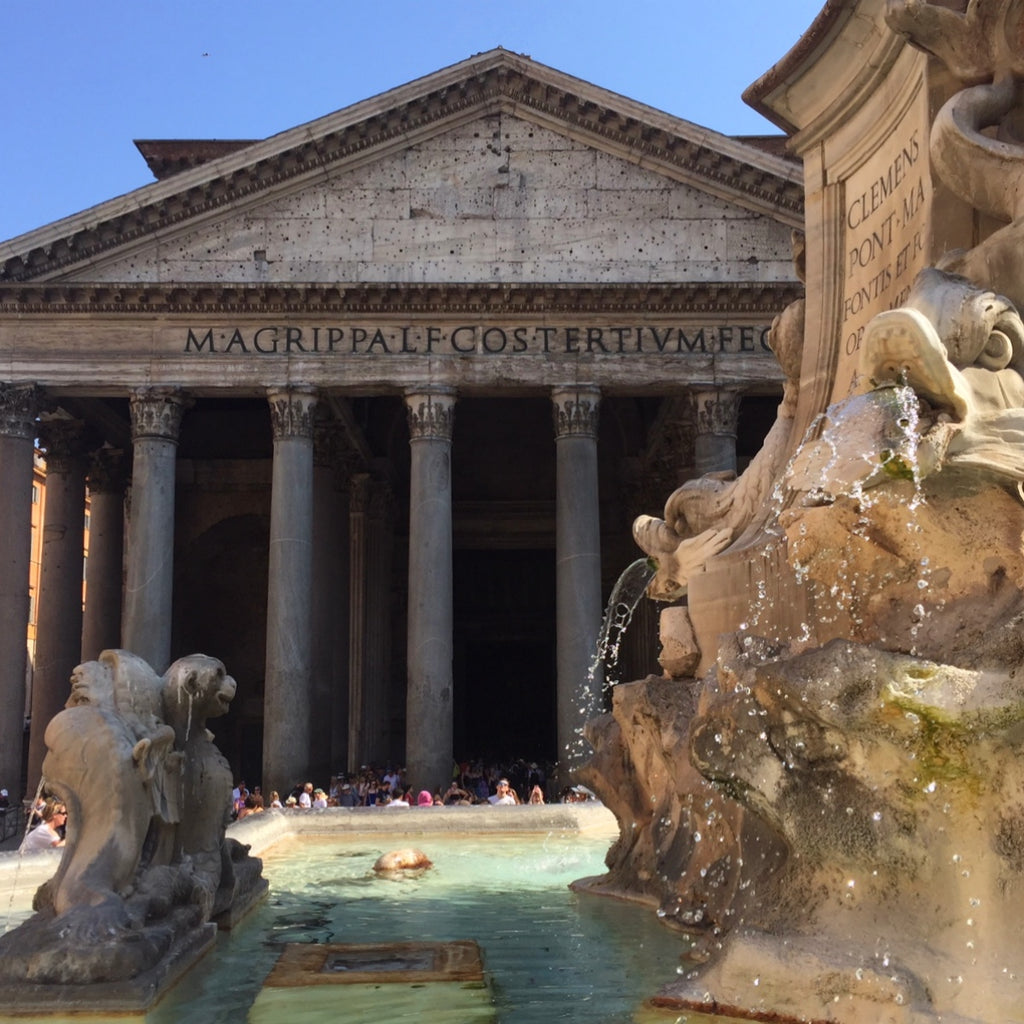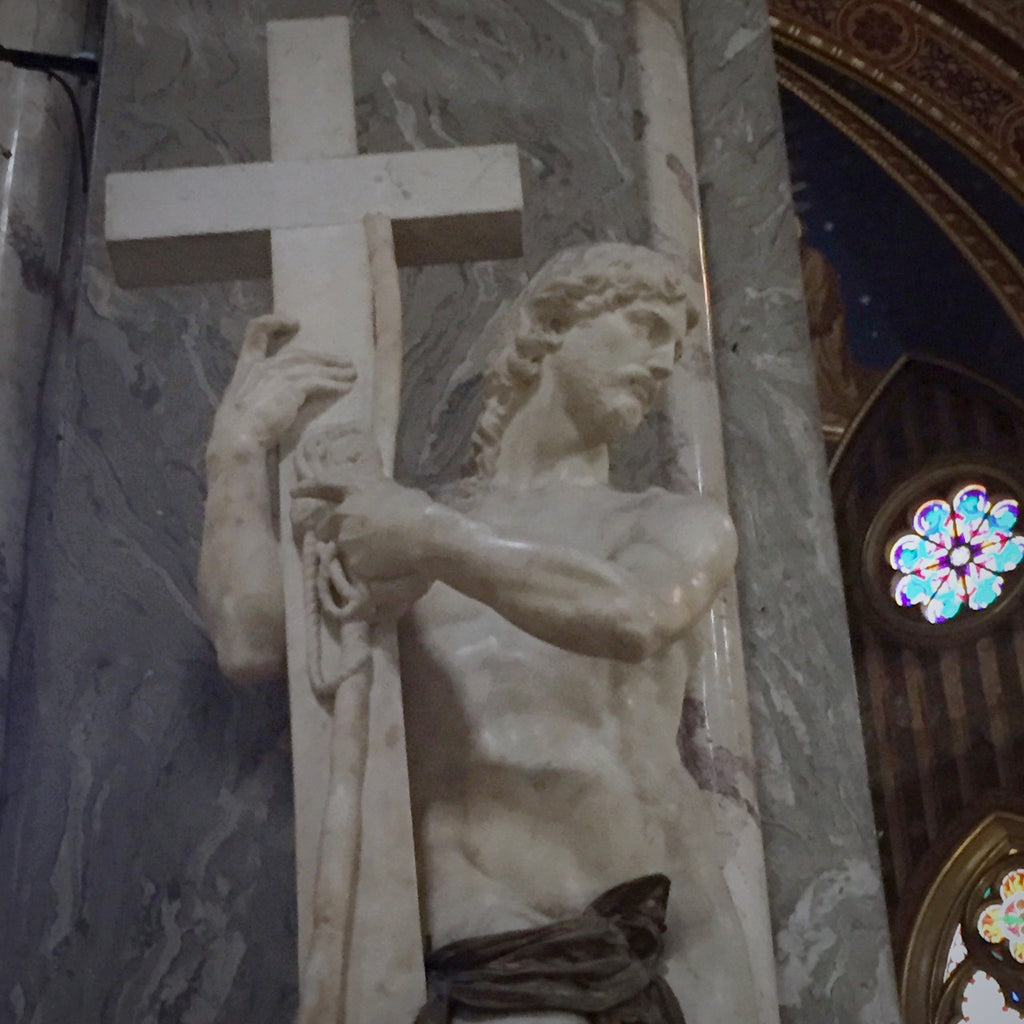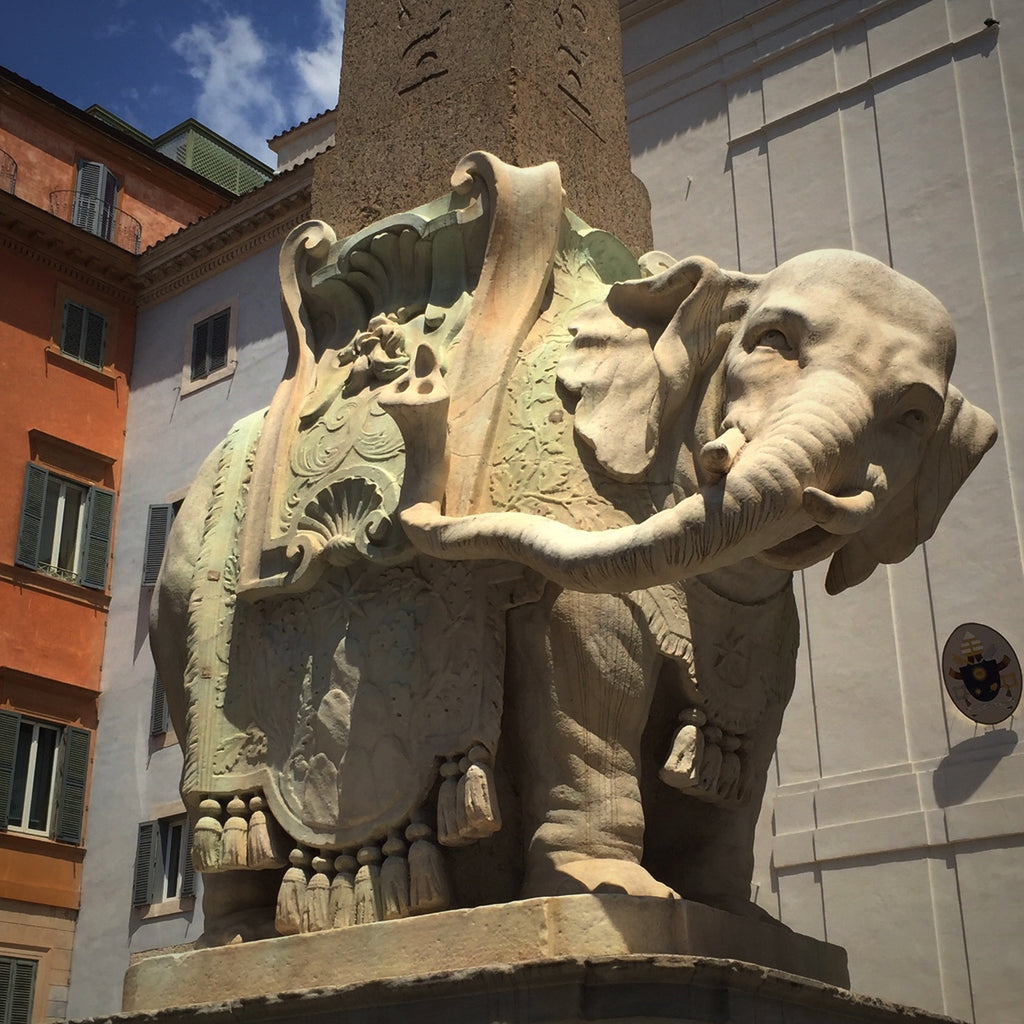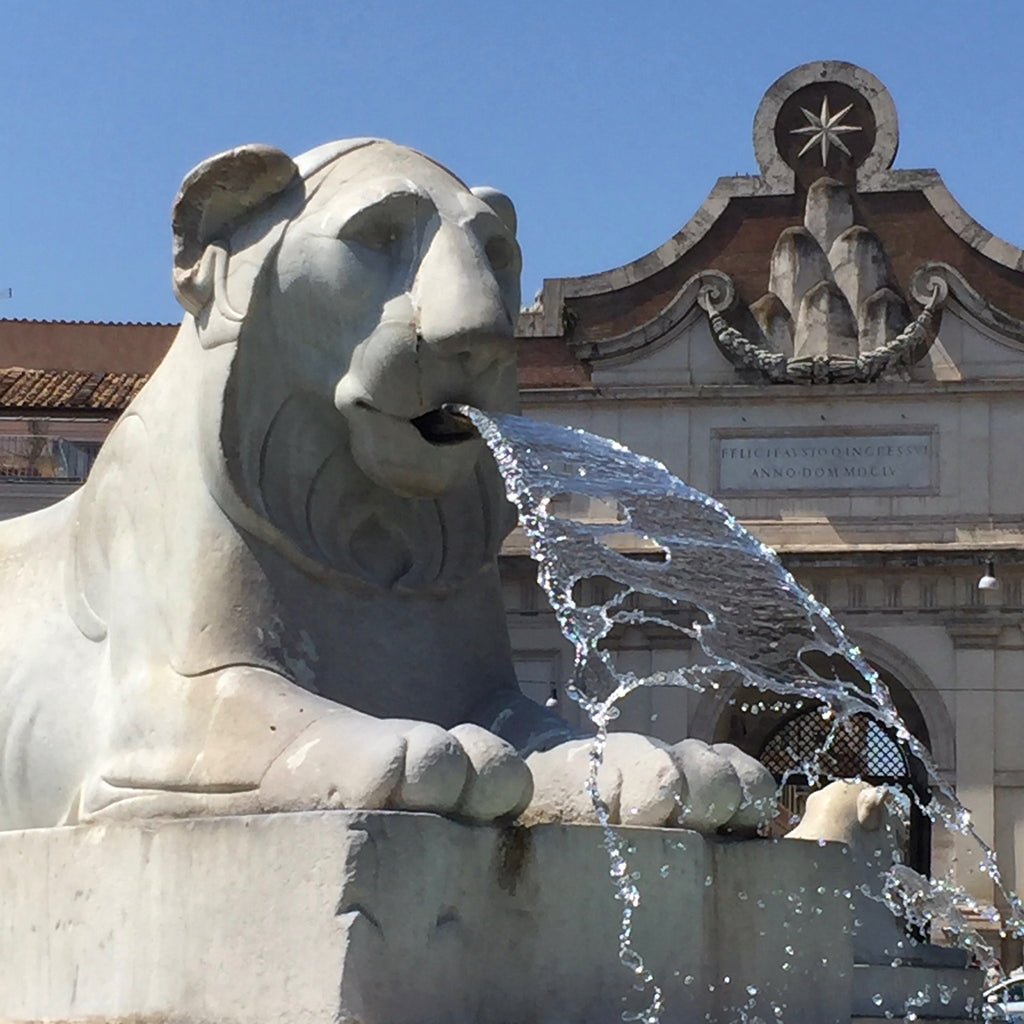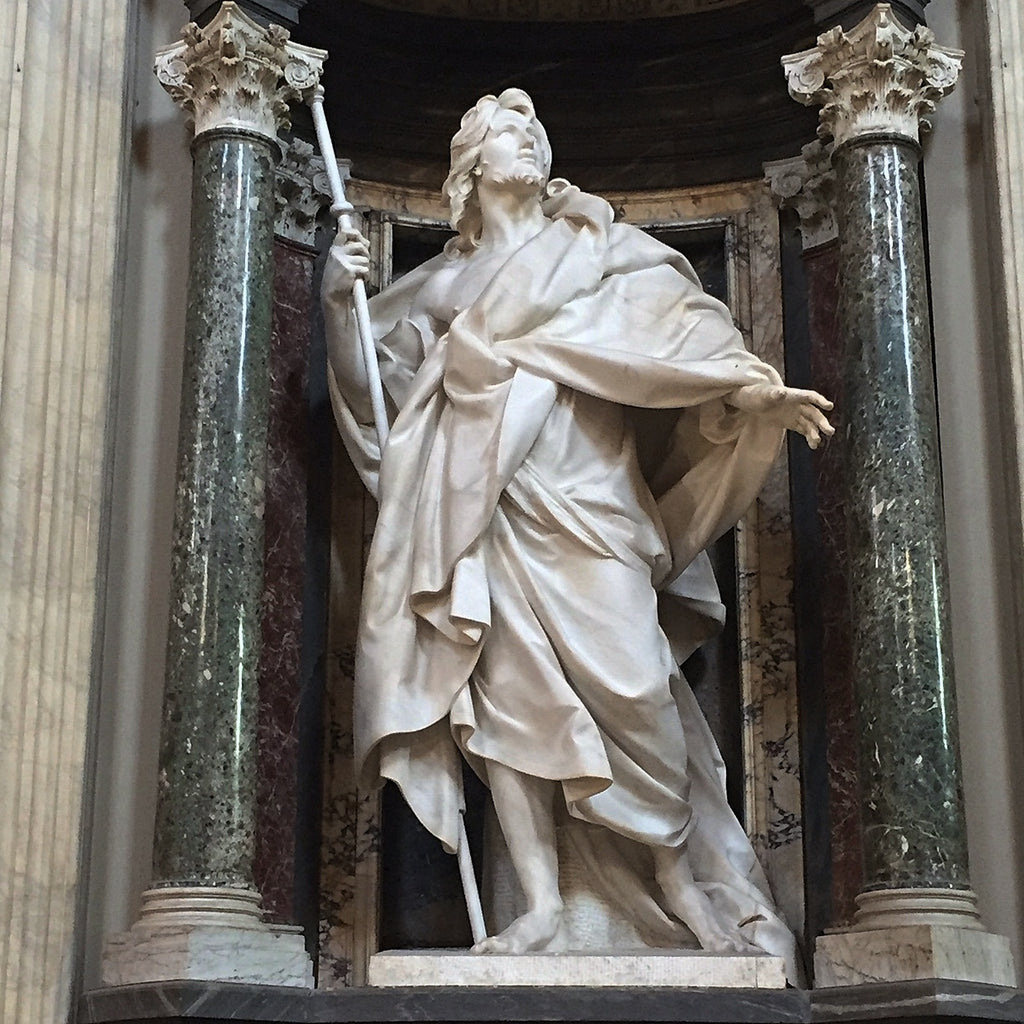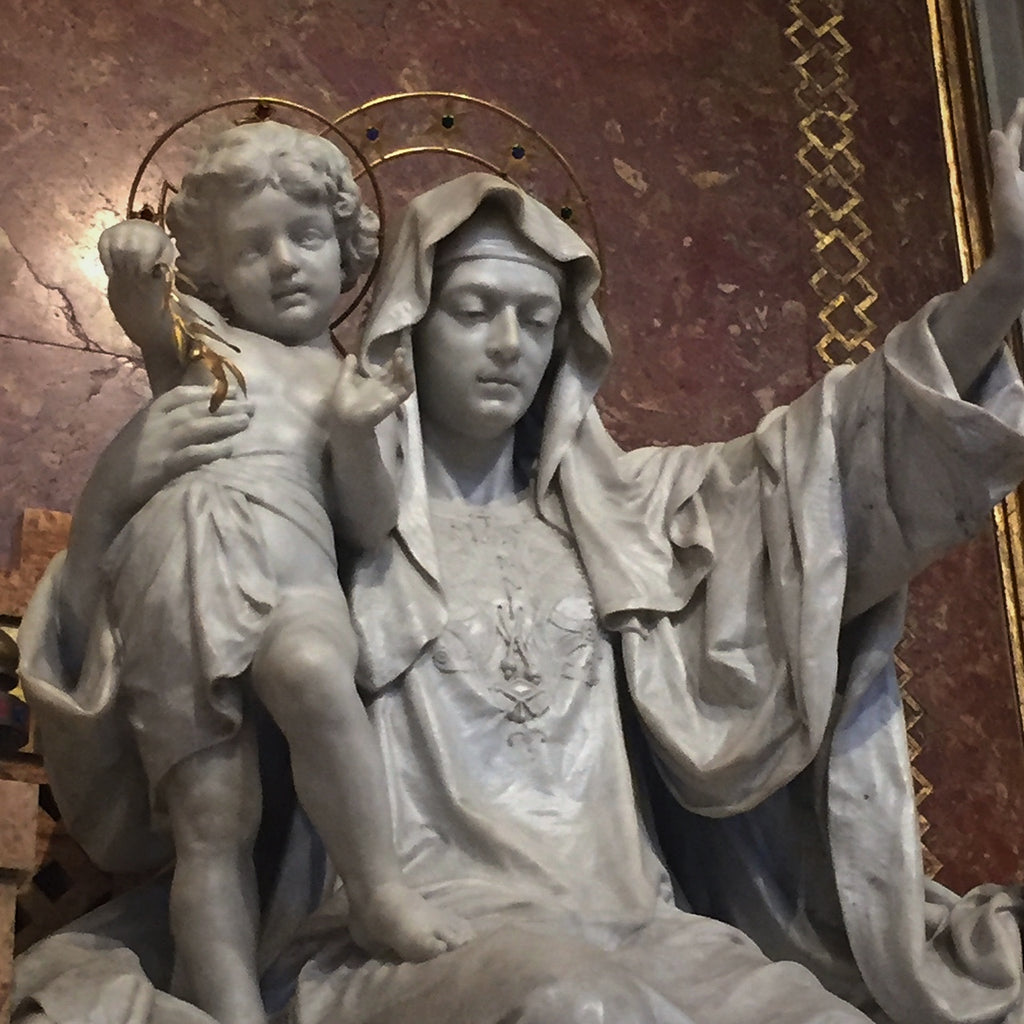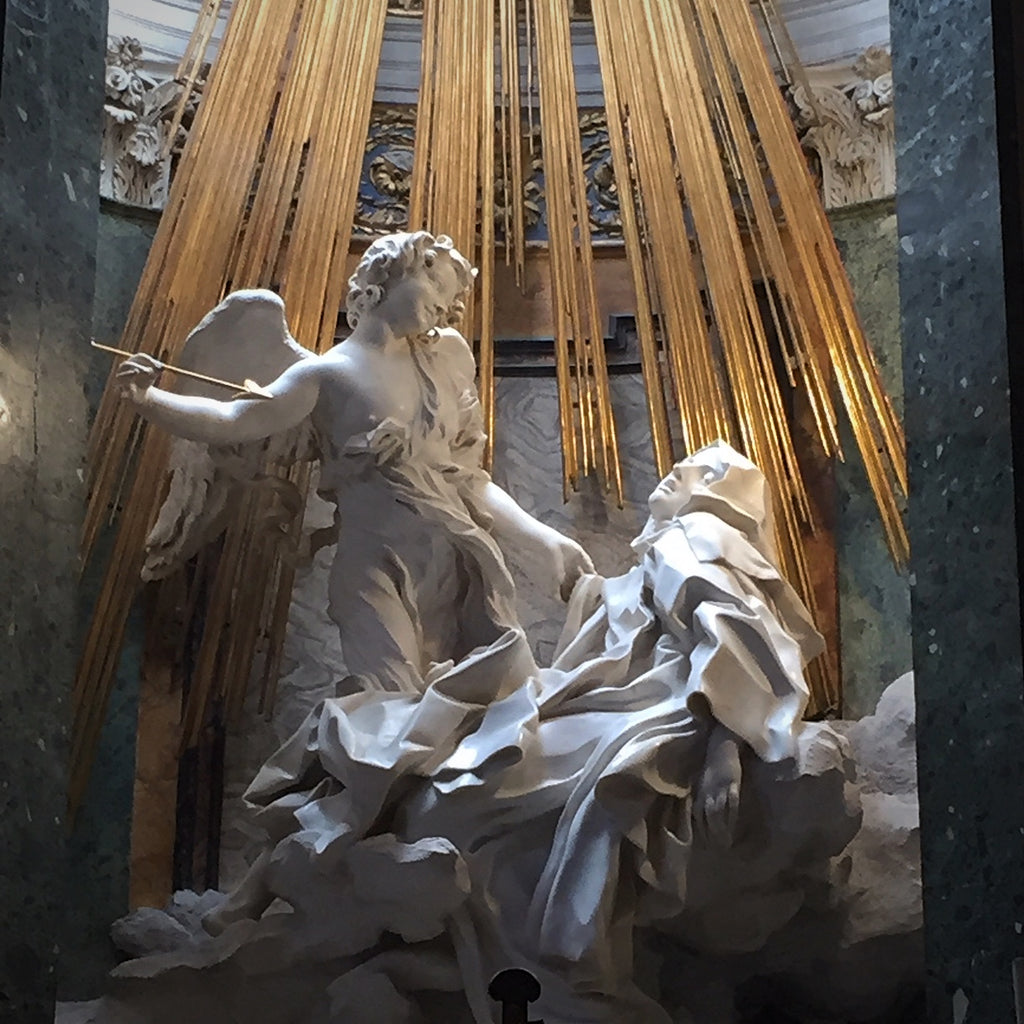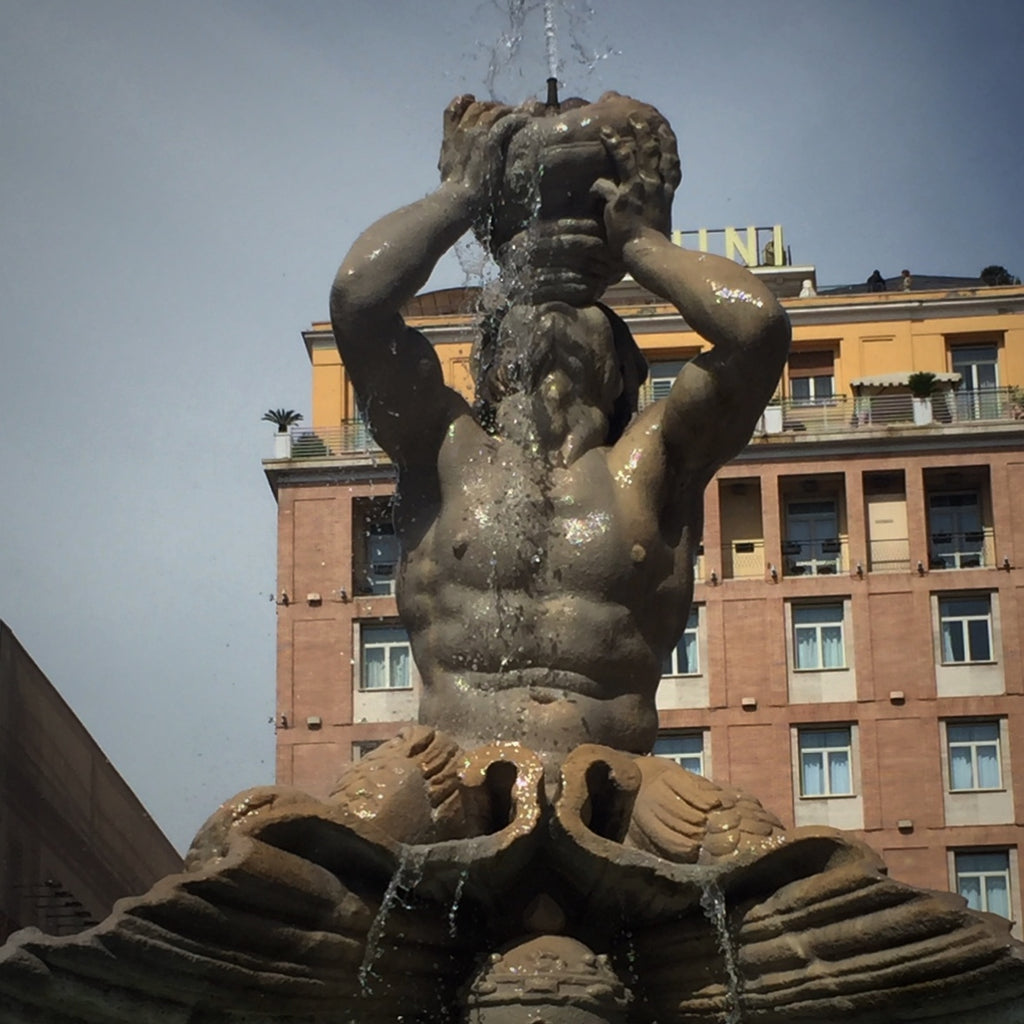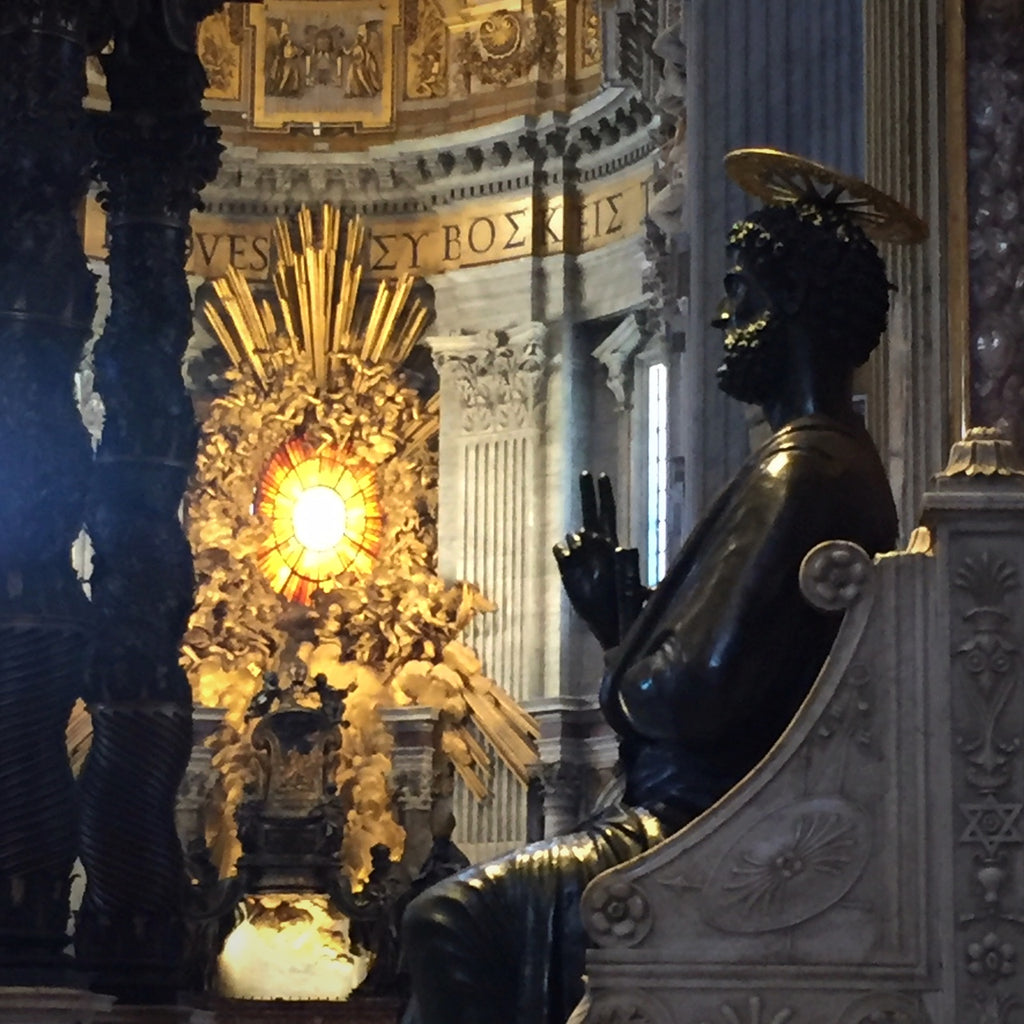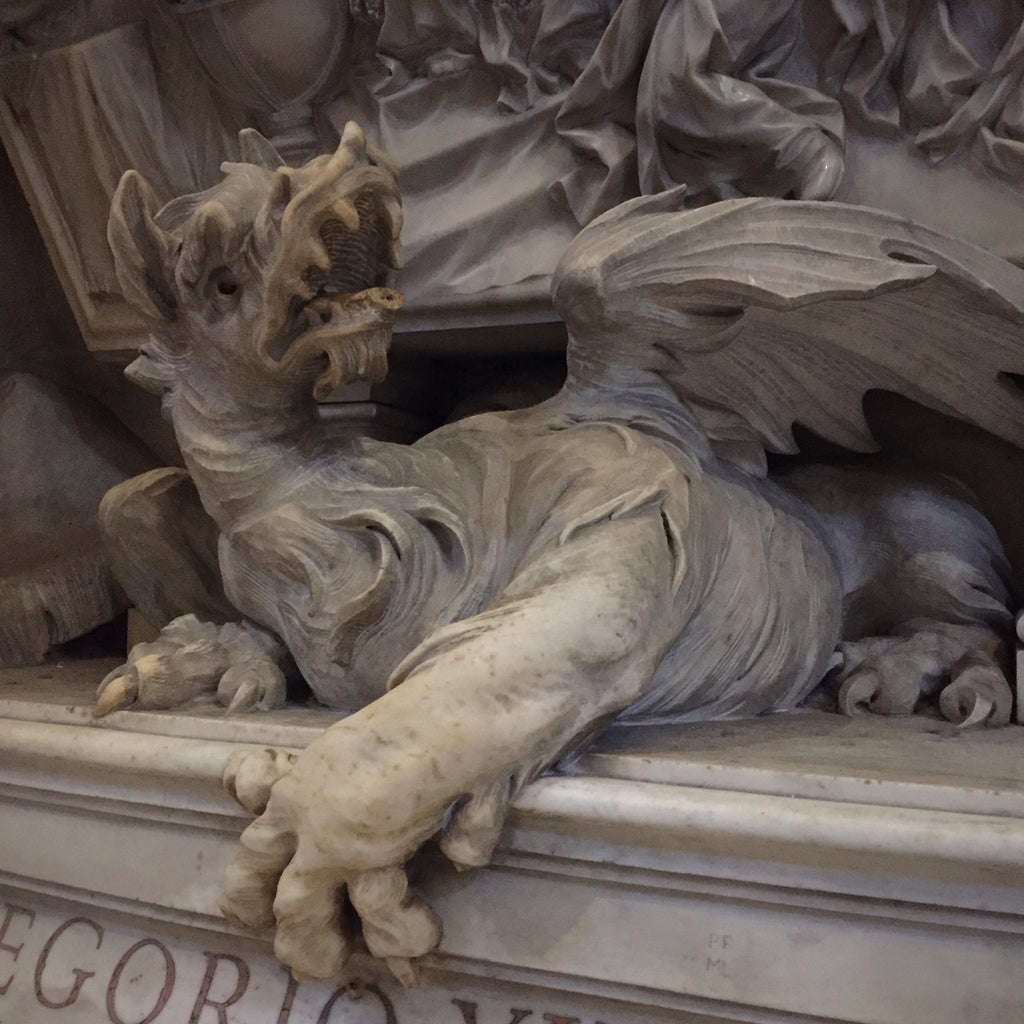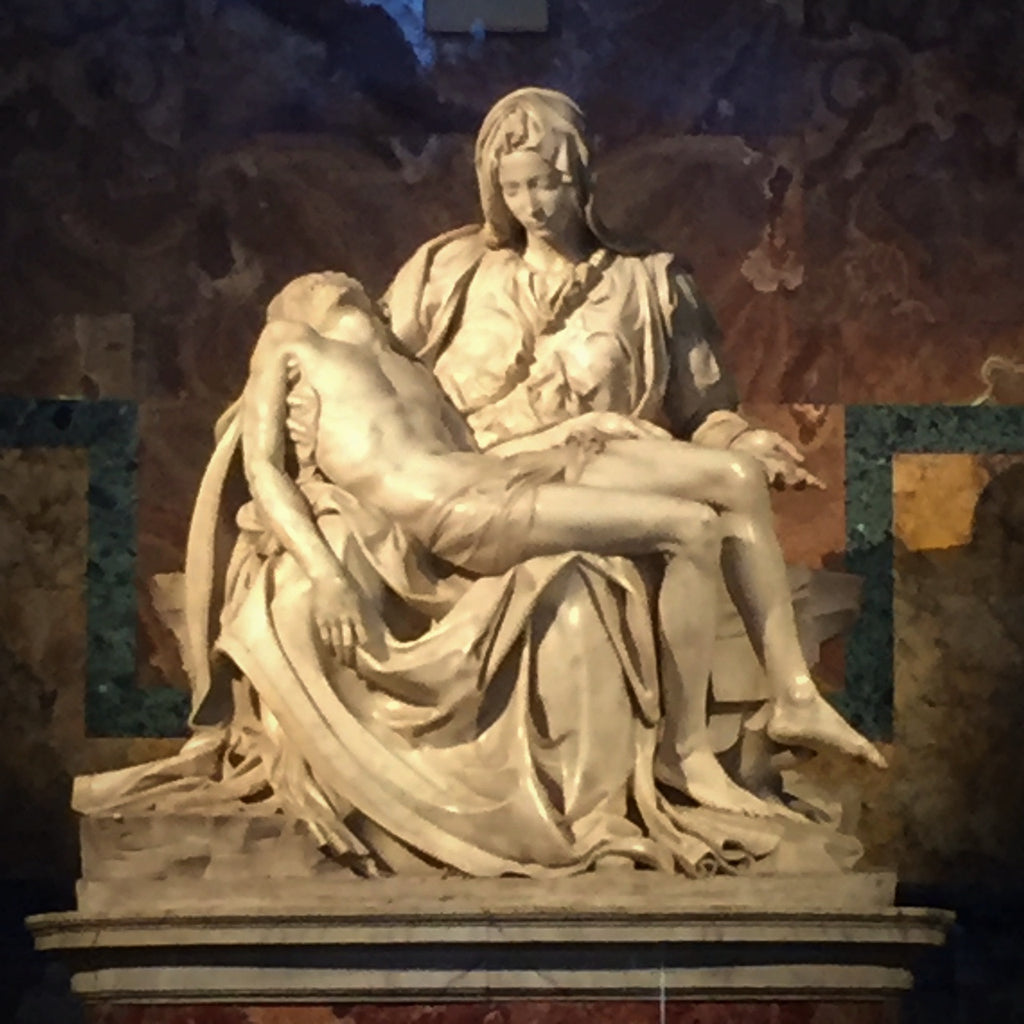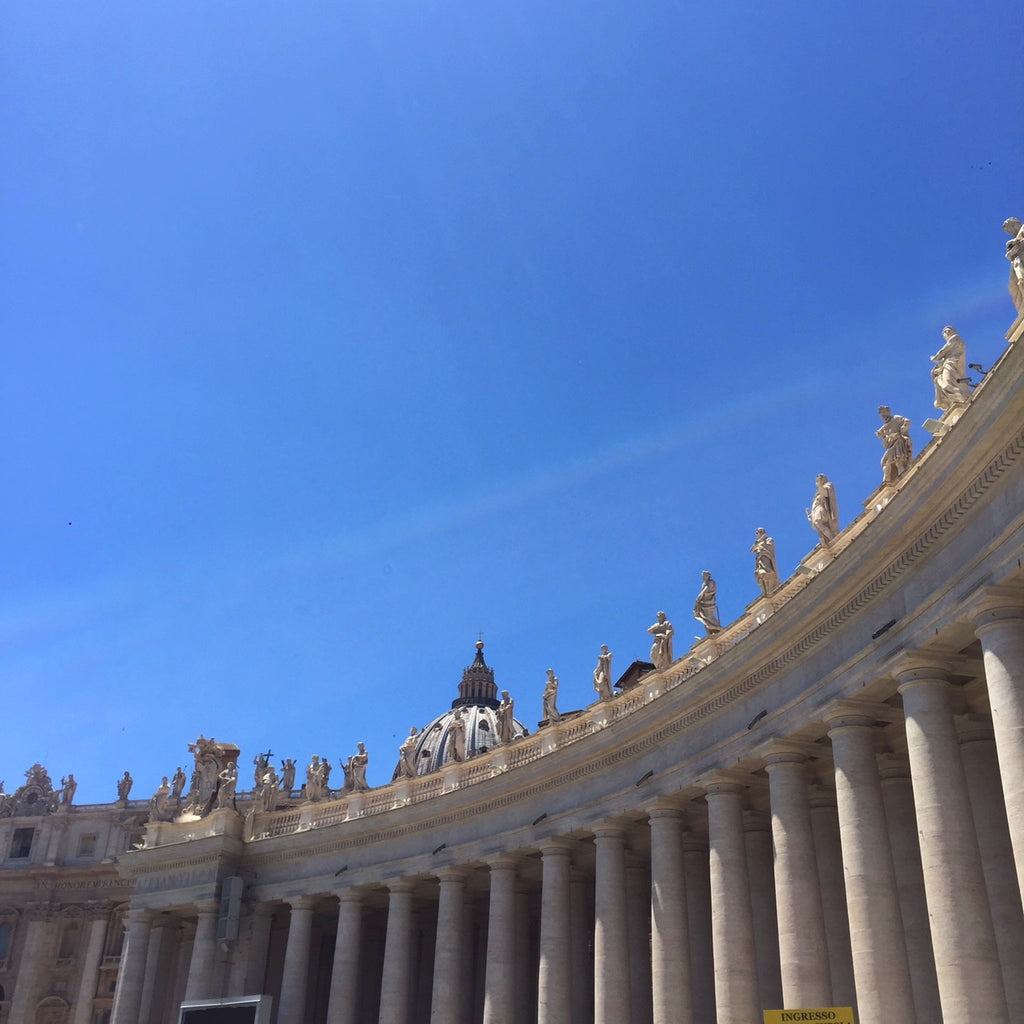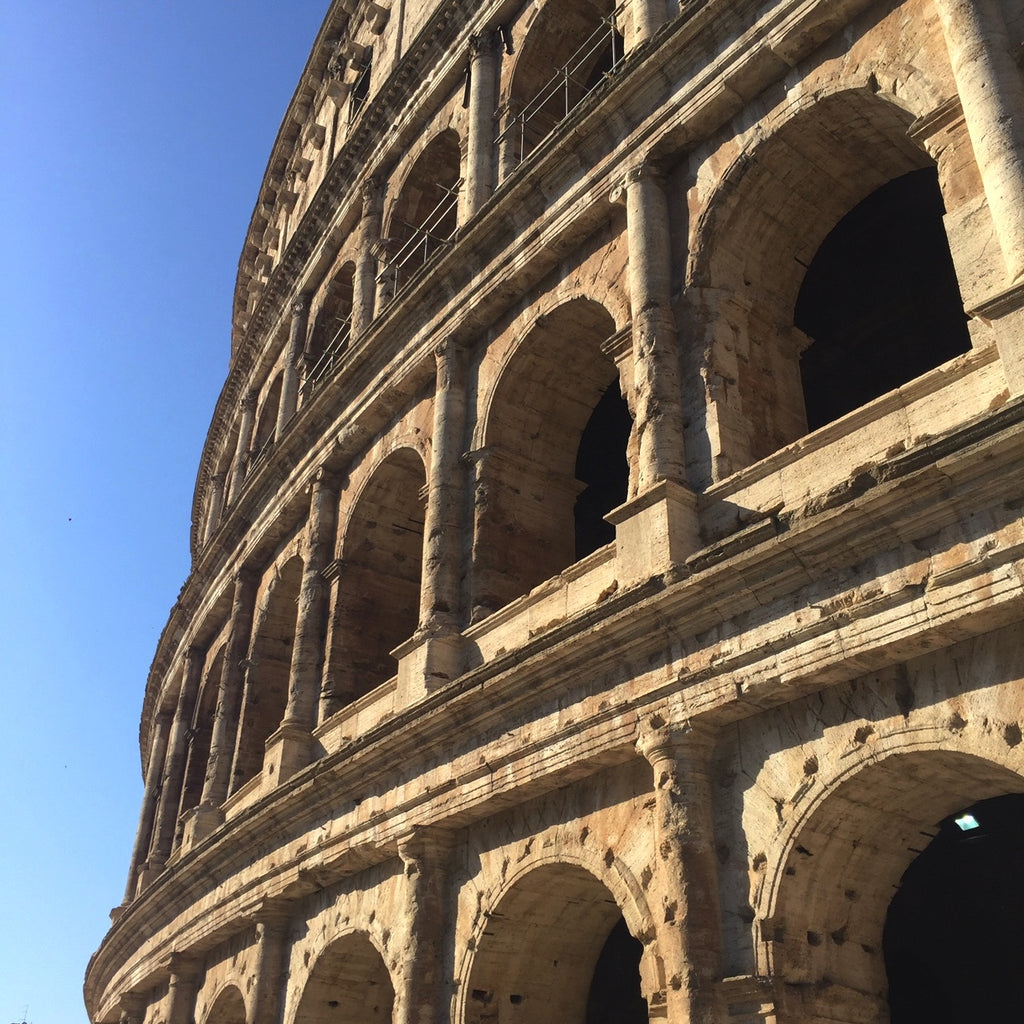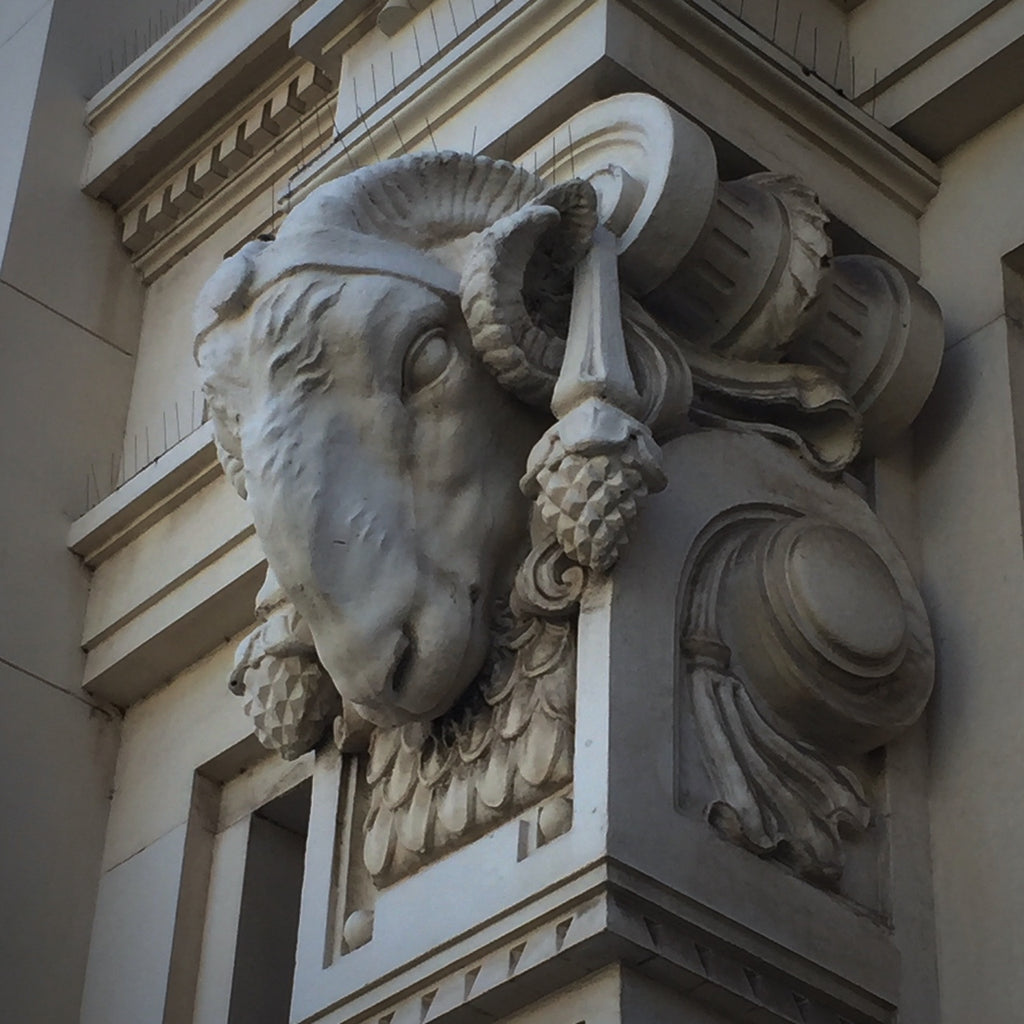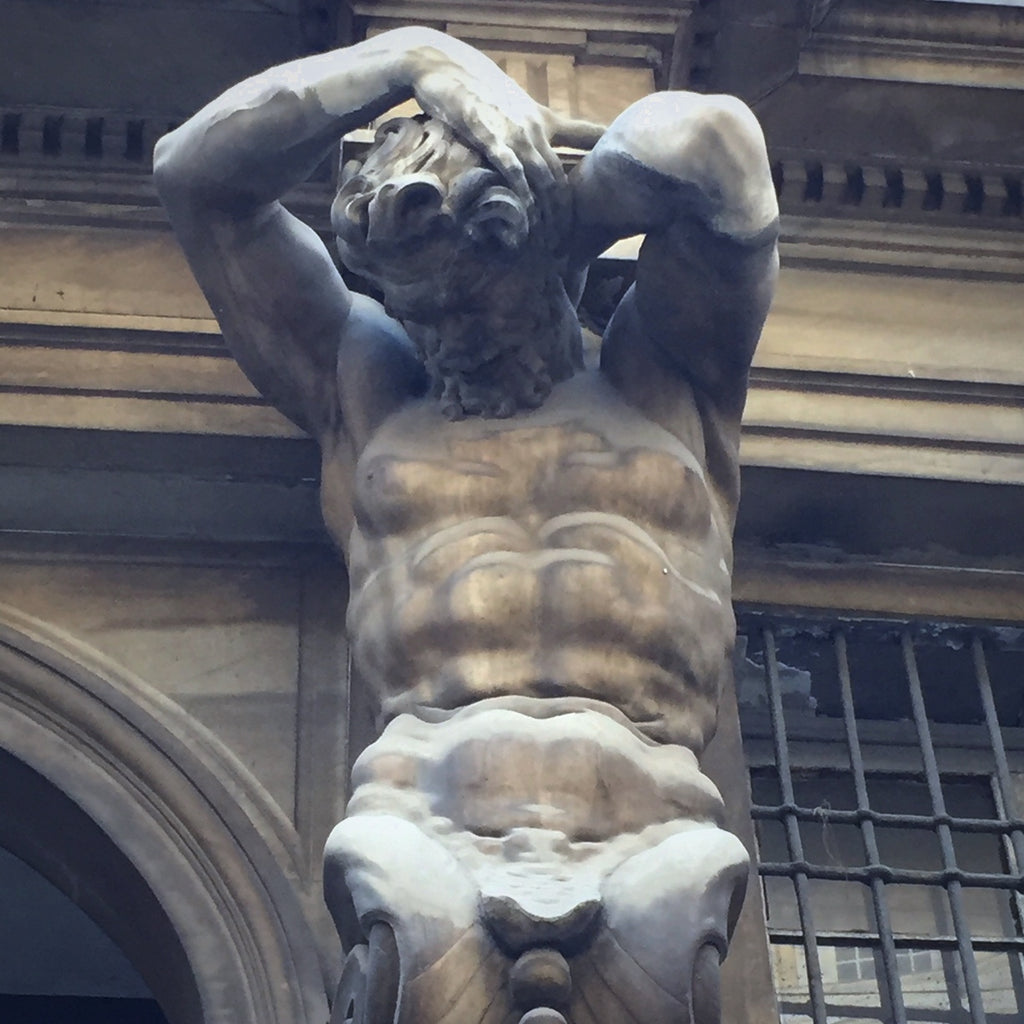JOURNAL RSS
Easter is about seven months away—yet our collection of cuddly bunnies already are awaiting their cue. Let's end our three day parade of rabbits and hares—all ready to hop your way—with this adorable little creature. Our precious silver-plated baby bunny is actually a wind-up music box which plays "Rock-a-Bye Baby." Though intended as a baby gift, he is better left in the hands of a careful adult. But his classic tune may help a little one drift-off at bedtime. He'd also be a favorite plaything on an executive desk or coffee table. Click on the photo above to learn more about him. Though our Greenwich Village store is now permanently closed, LEO Design is still alive and well! Please visit...
Pre-Easter Parade - part II
Easter is about seven months away—yet our collection of cuddly bunnies already are awaiting their cue. We're in the middle of our three-day parade of rabbits and hares—all ready to hop your way. The brass hare, shown above, is finished with a verdigris bronze patina which gives him an aged, outdoorsy look. In fact, he can stand living out-of-doors—although it will expedite his weathered look. His sculptor captured the tentative energy and slightly skittish nature of a watchful rabbit, ready-to-flee. Learn more about him by clicking on the photo above. Another rabbit tomorrow. Though our Greenwich Village store is now permanently closed, LEO Design is still alive and well! Please visit our on-line store where we continue to sell Handsome Gifts (www.LEOdesignNYC.com). ...
Pre-Easter Parade - part I
Easter is about seven months away—yet our collection of cuddly bunnies already are awaiting their cue. Over the next three days, we'll share a trio of rabbits and hares, all ready to hop your way. Shown above, a heavy solid-bronze standing rabbit. He was made in Canada and his modest size belies his hefty weight. Let him keep you company on your desk (as a paperweight) or watch over the proceedings from your windowsill. Click on the photo above to learn more about him. More rabbits in days to come. Though our Greenwich Village store is now permanently closed, LEO Design is still alive and well! Please visit our on-line store where we continue to sell Handsome Gifts (www.LEOdesignNYC.com). We also...
Bear on a Bottle
This little hand-carved bear was born in the Blackforest of Germany in the 1950's. He sits atop a cork, giving your unfinished wine bottle a bit of rustic Olde World charm. Click on the photo above to learn more about him.
Though our Greenwich Village store is now permanently closed, LEO Design is still alive and well! Please visit our on-line store where we continue to sell Handsome Gifts (www.LEOdesignNYC.com).
We also can be found in Pittsburgh's historic "Strip District" at Mahla & Co. Antiques (www.mahlaantiques.com) or in Canonsburg, Pennsylvania at The Antique Center of Strabane (www.antiquecenterofstrabane.com).
Or call to arrange to visit our Pittsburgh showroom (by private appointment only). 917-446-4248
Addio, il Sommo Poeta - part II
On this day in 1321 (or was it yesterday?), Italy's greatest writer, Dante Alighieri, died in-exile in Ravenna, Italy. Dante, born in Florence, found himself on the losing side of a political battle, after which he was banished from his beloved hometown on pain of death. He settled in Ravenna, some 65 miles away. It was here that he wrote his greatest work, the Divine Comedy. Ravenna, at first glance, is a somewhat modest town. But the city's plain appearance belies the glorious Early Christian (5th & 6th Century) mosaics which encrust the interiors of many churches and tombs. I sometimes imagine Dante standing before (or under) them—they were already 800 years old when Dante lived in Ravenna—gaining inspiration for his...
Addio, il Sommo Poeta - part I
On this day in 1321 (or was it tomorrow?), Italy's greatest writer, Dante Alighieri, died in-exile in Ravenna, Italy. Banished from his beloved Florence, il Sommo Poeta ("The Supreme Poet") perished—but not before changing the history of Western literature. Before Dante, serious Italian literature was written in Latin, a language accessible only to the educated elite. Dante wrote in the vulgate, Italian, using the local Tuscan dialect of his home town, Florence. Additionally, Dante's depiction of the afterlife in his signature work, the Divine Comedy, affected artists' portrayals of Heaven, Purgatory and Hell for centuries to come. Of course, those of us who have looked at that artwork have been affected by Dante, too. Even future writers have credited Dante with...
What's a "Page Turner"?
Once the printing press caught-on—and books became affordable for the middle class—there was a boom in mass publishing, bookbinding and book selling. One method of bookbinding was to print longs "strips" of paper (composed of numerous pages printed side-by-side on both sides) which would then be folded (accordion style) to form a "signature" or "gathering" (a single portion or segment of the larger book). Many signatures would be printed, folded and stitched-together to form the complete book. The last step was to "cut open" the pages which gave the book's edge a classic "deckled" texture. On occasion, a reader might discover that a page had been missed by the cutter. In order to progress, the reader would have to cut-open the...
Eighteen Years On
I remember 11 September like it was yesterday. I was heading to the gym before opening the shop. It was a beautiful, crisp Tuesday morning—an election day. New York days don't get better than this . . . (or so I thought). Since then, eighteen years have flown by. And what can happen in eighteen years? A child born on that fateful day would be an adult today. We'd see Americans pull together—only to sharply divide some time later. And we'd see the best and worst in American leadership. Perhaps eighteen years isn't so many years after all? I was born in the Sixties and, yet, World War Two (which always seemed like ages ago) ended only eighteen years before my...
To the Letter - part VI
For several days, we will be sharing some of our newly-acquired letterknives—some antique, some contemporary. Please check our website—under "Desk Accessories"—to see the full collection. We end our parade of letterknives with this contemporary beauty, also made in a Rhode Island jewelry workshop. The knife is cast in pewter, plated in 24 karat gold, enameled with a seductive olive green, and decorated with hand-set Swarovski Austrian crystals. It would make a handsome and useful addition to any desk—at home or at the office. Please click on the photo above to learn more about it. Though our Greenwich Village store is now permanently closed, LEO Design is still alive and well! Please visit our on-line store where we continue to sell Handsome Gifts (www.LEOdesignNYC.com). ...
To the Letter - part V
For several days, we will be sharing some of our newly-acquired letterknives—some antique, some contemporary. Please check our website—under "Desk Accessories"—to see the full collection. There's something about British Thirties design that really intrigues me. Perhaps it is the understated simplicity—the result of difficult economic times—combined with a small dash of style, an optimistic stretch towards better times ahead. This polished brass letterknife is a perfect example of British restraint and refinement—just a hint of style which will not interfere with getting the job done. Click on the photo above to learn more about it. More newly-acquired letterknives tomorrow. Though our Greenwich Village store is now permanently closed, LEO Design is still alive and well! Please visit our on-line store where...
To the Letter - part IV
For several days, we will be sharing some of our newly-acquired letterknives—some antique, some contemporary. Please check our website—under "Desk Accessories"—to see the full collection. Made by a Rhode Island jeweler, this contemporary letterknife is a joy to hold and use. First it is finely-cast in pewter, then treated to a 24 karat gold plating. Finally, the handle is punctuated with hand-set Swarovski crystals from Austria. I usually do not like to buy items which too closely resemble true antique pieces. In this case, however, I could not bear to pass on the letterknife's handsome design and exceptional quality. It is made to the very high standards one might have bought new 120 years ago. Please click on the photo...
To the Letter - part III
For several days, we will be sharing some of our newly-acquired letterknives—some antique, some contemporary. Please check our website—under "Desk Accessories"—to see the full collection. This understated beauty is perfect in its modest dimensions. Brass sheeting is cut, folded and riveted before being sharpened and polished. It's a bit of functional English Arts & Crafts simplicity—handsome and useful. Please click on the photo above to learn more about it. More newly-acquired letterknives tomorrow. Though our Greenwich Village store is now permanently closed, LEO Design is still alive and well! Please visit our on-line store where we continue to sell Handsome Gifts (www.LEOdesignNYC.com). We also can be found in Pittsburgh's historic "Strip District" at Mahla & Co. Antiques (www.mahlaantiques.com) or in Canonsburg, Pennsylvania at The Antique Center of...
To the Letter - part II
For several days, we will be sharing some of our newly-acquired letterknives—some antique, some contemporary. Please check our website—under "Desk Accessories"—to see the full collection. Shown above, a contemporary Italian pewter letterknife—understated, handsome, functional. The polished pewter blade is topped with a stag's horn finial. It's the perfect combination of urban sophistication and countryside chic. Please click on the photo above to learn more about it. More newly-acquired letterknives tomorrow. Though our Greenwich Village store is now permanently closed, LEO Design is still alive and well! Please visit our on-line store where we continue to sell Handsome Gifts (www.LEOdesignNYC.com). We also can be found in Pittsburgh's historic "Strip District" at Mahla & Co. Antiques (www.mahlaantiques.com) or in Canonsburg, Pennsylvania at The Antique Center of Strabane...
To the Letter - part I
For several days, we will be sharing some of our newly-acquired letterknives—some antique, some contemporary. Please check our website—under "Desk Accessories"—to see the full collection. We start with an English brass letterknife, executed in the Rococo Revival style. The original Rococo Movement was developed in France and Italy before moving North to Germany and Russia from about 1730 to 1780. It was typified by its theatrically exuberant style, often using asymmetrical scrolling, shells, flowers and other botanical elements. Curving lines, over-the-top decoration and the illusion of motion and drama aimed to cause the first-time viewer to be overwhelmed with surprise and awe. Critics of the Rococo considered it vulgar and in the following decades it was replaced by the Neoclassical...
Winter "On the Ice"
Up North, we're enjoying these last, gentle days of Summer—and beginning to brace ourselves for the cold season to come. Down "on the ice," in Antarctica, it's still winter. Penguins huddle against the cold, keeping eggs warm in very harsh conditions. This little penguin, made in Japan, seems to be a little more carefree. He's cast in bronze—so finely, in fact, that one can see his feathers!—and then cold-painted in the tradition of the best Viennese bronzes. He's perky, winning and a very nice companion on your desk or bookshelf. Click on the photo above to learn more about him. Though our Greenwich Village store is now permanently closed, LEO Design is still alive and well! Please visit our on-line...
Happy Birthday, Brad!
Brad Soucy composes the perfect shot—through LEO Design's Greenwich Village door. Once or twice in a lifetime, an extra-special person will enter one's life. For me, Brad Soucy comes immediately to mind. A recent Chicago Art Institute graduate and new to New York City, Brad walked-into my shop on Bleecker Street, looking for a temporary job while he got his art career up-and-running. I hired him on the spot; Brad was smart, creative, friendly, handsome and—most importantly—kind. I knew that customers would come to like him. Little did I know, fourteen years later, I would still have a working connection with him. Brad was born on this day in 1981. It was a Thursday which means I was probably sitting...
Celebrating America's Workers
Today we pause to thank those who have made America great by the sweat, muscle and strain of their bodies. Labor Day reminds us that the country was built-up with labor—and that laborers should be built-up by their country. The working man, shown above, is a Danish blacksmith sculpture by Axel Thilson Locher for Bing & Grøndahl. He was made in the 1950's or 1960's. Learn more about him by clicking on the photo above. Though our Greenwich Village store is now permanently closed, LEO Design is still alive and well! Please visit our on-line store where we continue to sell Handsome Gifts (www.LEOdesignNYC.com). We also can be found in Pittsburgh's historic "Strip District" at Mahla & Co. Antiques (www.mahlaantiques.com) or in Canonsburg, Pennsylvania...
Welcome, September!
September begins, with it's most-elegant of birthstones, the sapphire. The sapphire is a variety of the mineral corundum. Most people think of sapphires as blue although they also can come in shades of green, yellow, orange, or purple—but not red (for then it would be a ruby). Some sapphires display more than one color and others have inclusions which create radiant, six-pointed “stars” which glow from within the stone. The studio vase, shown above, is not made of sapphires—but it does display a wonderful crystalline sapphire glaze. It was made by Wendelin Stahl in the 1950's or 1960's. Please click on the photo above to learn more about it. Though our Greenwich Village store is now permanently closed, LEO Design is...
Ready for the Bell - part 6
Little "Billiken"—"the god of things as they ought to be"—would be a good luck charm wherever one goes to school. It's most effective, however, at Saint Louis University in Saint Louis, Missouri. Created by Florence Pretz in 1908, this little bank was made of cast iron in the 1910's or 1920's. Click on the photo above to learn more about him. Though our Greenwich Village store is now permanently closed, LEO Design is still alive and well! Please visit our on-line store where we continue to sell Handsome Gifts (www.LEOdesignNYC.com). We also can be found in Pittsburgh's historic "Strip District" at Mahla & Co. Antiques (www.mahlaantiques.com) or in Canonsburg, Pennsylvania at The Antique Center of Strabane (www.antiquecenterofstrabane.com). Or call to arrange to visit our Pittsburgh...
Ready for the Bell - part 5
Two British poets—a Scotsman and an Englishman—will bookend the growing library of your favorite British Literature scholar. Made by Bradley & Hubbard in the 1930's, they celebrate words, wisdom and knowledge. Please click on the photo above to learn more about them.
Though our Greenwich Village store is now permanently closed, LEO Design is still alive and well! Please visit our on-line store where we continue to sell Handsome Gifts (www.LEOdesignNYC.com).
We also can be found in Pittsburgh's historic "Strip District" at Mahla & Co. Antiques (www.mahlaantiques.com) or in Canonsburg, Pennsylvania at The Antique Center of Strabane (www.antiquecenterofstrabane.com).
Or call to arrange to visit our Pittsburgh showroom (by private appointment only). 917-446-4248
Ready for the Bell - part 4
When your desk is in your dorm room—packed tight with two roommates—neatness and organization go a long way. This Edwardian English stationery stand will help you keep note cards, papers and important printed items at-hand. It was made around 1910 of quarter sawn oak. It is handsome, useful and will serve a student for many years to come. Please click on the photo above to learn more about it. Though our Greenwich Village store is now permanently closed, LEO Design is still alive and well! Please visit our on-line store where we continue to sell Handsome Gifts (www.LEOdesignNYC.com). We also can be found in Pittsburgh's historic "Strip District" at Mahla & Co. Antiques (www.mahlaantiques.com) or in Canonsburg, Pennsylvania at The Antique Center of Strabane...
Ready for the Bell - part 3
What to give that Italian Classics major? She'd love this pair of stately bookends from the Twenties! Dante Alighieri, seated upon his chair of knowledge, leans forward, eager to hear every word. They are bronze-clad, patinated with an aged brass finish, and hand-painted in sections to give them a handsome "pop." And, while they will certainly supply inspiration during the school years, they will be a welcomed companion for decades to come—holding-up books and lending a classic air to any office, library or bookshelf. Click on the photo above to learn more about them. Though our Greenwich Village store is now permanently closed, LEO Design is still alive and well! Please visit our on-line store where we continue to sell...
Ready for the Bell - part 2
Off to school? College freshmen may be leaving the home for the first time. Help him sort himself—financially, at least—with this classic black calfskin billfold. It has two currency pockets (perfect for that semester abroad!) and room for plenty of credit, identification and meal cards. Click on the photo above to learn more about it.
Though our Greenwich Village store is now permanently closed, LEO Design is still alive and well! Please visit our on-line store where we continue to sell Handsome Gifts (www.LEOdesignNYC.com).
We also can be found in Pittsburgh's historic "Strip District" at Mahla & Co. Antiques (www.mahlaantiques.com) or in Canonsburg, Pennsylvania at The Antique Center of Strabane (www.antiquecenterofstrabane.com).
Or call to arrange to visit our Pittsburgh showroom (by private appointment only). 917-446-4248
Ready for the Bell - part 1
Listen for that school bell—any minute now—for class will soon be in-session! And what a way to start: with this handsome (and loud) English Aesthetic Movement bell with turned ebonywood tip. It was made around 1880 of polished cast bronze. You'd be teacher's pet, for sure, if you gave her (or him) this lovely gift on your first day. Please click on the photo above to learn more about it. Though our Greenwich Village store is now permanently closed, LEO Design is still alive and well! Please visit our on-line store where we continue to sell Handsome Gifts (www.LEOdesignNYC.com). We also can be found in Pittsburgh's historic "Strip District" at Mahla & Co. Antiques (www.mahlaantiques.com) or in Canonsburg, Pennsylvania at The Antique Center of...
Two Lords A'Leaping
Not really "Lords A'Leaping." Not Donner or Blitzen, either. But we are four months from Christmas Day! A good time to start shopping! Perhaps these Art Deco cast iron "Leaping Gazelle" bookends will do the trick. They're handsome, useful and very stylish—not to mention the ultimate "green gift." Please click on the photo above to learn more about them. Though our Greenwich Village store is now permanently closed, LEO Design is still alive and well! Please visit our on-line store where we continue to sell Handsome Gifts (www.LEOdesignNYC.com). We also can be found in Pittsburgh's historic "Strip District" at Mahla & Co. Antiques (www.mahlaantiques.com) or in Canonsburg, Pennsylvania at The Antique Center of Strabane (www.antiquecenterofstrabane.com). Or call to arrange to visit our Pittsburgh showroom (by...
Apple Time
Autumn is right around the corner and soon we'll feel a snap in the air. A snap in the air means the snap of apples cannot be far behind. This Arts & Crafts vase, made in England in the 1920's or 1930's, has a gourd-form shape and is finished with two dappled glazes: apple green and tree bark brown. It's part of a new shipment, just received from England. Click on the photo above to learn more about it. Though our Greenwich Village store is now permanently closed, LEO Design is still alive and well! Please visit our on-line store where we continue to sell Handsome Gifts (www.LEOdesignNYC.com). We also can be found in Pittsburgh's historic "Strip District" at Mahla &...
Dog Days of Summer - part VII
While we sweat through The Dog Days of Summer, let's not forget: the Fall will be upon us shortly. Here are a few handsome canines—now in-stock at LEO Design—which will bring a little cool for the next few weeks. Let's end our "Dog Days" parade with this happy chap, a "Slouchy Puppy" sculpture cast in brass and finished with a verdigris bronze patina. Large enough for a bookend or doorstop, he's the perfect combination of physical relaxation and attentive energy. Please click on the photo above to learn more about him. Though our Greenwich Village store is now permanently closed, LEO Design is still alive and well! Please visit our on-line store where we continue to sell Handsome Gifts (www.LEOdesignNYC.com). We...
Dog Days of Summer - part VI
While we sweat through The Dog Days of Summer, let's not forget: the Fall will be upon us shortly. Here are a few handsome canines—now in-stock at LEO Design—which will bring a little cool for the next few weeks. Whether you remember Donny Osmond or not ("Someone help me!—help me!—help me p-l-e-a-s-e!"), you probably remember your first Puppy Love. And this delightful little chap will help soothe the memory. He's made of cast bronze, sculpted and crafted in California, and he bears the letters L, O, V & E on each of his four paws. A lovely gift for your Puppy Love—right now or from years ago. Click on the photo to learn more about him. To hear the song,...
Dog Days of Summer - part V
While we sweat through The Dog Days of Summer, let's not forget: the Fall will be upon us shortly. Here are a few handsome canines—now in-stock at LEO Design—which will bring a little cool for the next few weeks. This pampered pooch is rendered beautifully in cast brass, made in England in the 1920's or 1930's. He'd make a perfect gift for the Pekingese lover in your life—and bring a little touch of Imperial Grandeur to your office, den or bookshelf. Please click on the photo above to learn more about them. More "Dogs of Summer" tomorrow. Though our Greenwich Village store is now permanently closed, LEO Design is still alive and well! Please visit our on-line store where we...
Dog Days of Summer - part IV
While we sweat through The Dog Days of Summer, let's not forget: the Fall will be upon us shortly. Here are a few handsome canines—now in-stock at LEO Design—which will bring a little cool for the next few weeks. This sculpted brass "Slouchy Puppy" captures the relaxed—yet attentive—energy of a handsome and beloved pup. He'll loyally await your time and attention, never getting older nor chewing your favorite Italian leather shoes. Click on the photo above to learn more about him. And look for his larger sibling, also on-line in the LEO Design store. More "Dogs of Summer" tomorrow. Though our Greenwich Village store is now permanently closed, LEO Design is still alive and well! Please visit our on-line store...
Dog Days of Summer - part III
While we sweat through The Dog Days of Summer, let's not forget: the Fall will be upon us shortly. Here are a few handsome canines—now in-stock at LEO Design—which will bring a little cool for the next few weeks. American Bulldogs are a popular breed—as they were in the 1920's, when these bookends were crafted. Why, then, are Bulldog items so difficult to find? Perhaps bulldog lovers are loathe to give-up their treasured Bulldog accoutrements? In 25 years, I've found precious few Bulldog bookends, like the pair shown above. Click on the photo above to learn more about them. More "Dogs of Summer" tomorrow. Though our Greenwich Village store is now permanently closed, LEO Design is still alive and well!...
Dog Days of Summer - part II
While we sweat through The Dog Days of Summer, let's not forget: the Fall will be upon us shortly. Here are a few handsome canines—now in-stock at LEO Design—which will bring a little cool for the next few weeks. This winsome fellow, sculpted in California and cast in bronze, hides a little secret: each paw is marked with the letters L, I, F & E. Perhaps he'll be a loyal talisman, keeping-away misery & misfortune. Click on the photo above to learn more about it. More "Dogs of Summer" tomorrow. Though our Greenwich Village store is now permanently closed, LEO Design is still alive and well! Please visit our on-line store where we continue to sell Handsome Gifts (www.LEOdesignNYC.com). We also...
Dog Days of Summer - part I
While we sweat through The Dog Days of Summer, let's not forget: the Fall will be upon us shortly. Here are a few handsome canines—now in-stock at LEO Design—which will bring a little cool for the next few weeks. Bring a little touch of shooting party "Downton Chic" to your office, mantelpiece or bookshelf—while sparing the birds. This pair of "Hunting Bird Dogs" bookends, made in the 1920's, will hold-up your books loyally. Click on the photo above to learn more about them. More "Dogs of Summer" tomorrow. Though our Greenwich Village store is now permanently closed, LEO Design is still alive and well! Please visit our on-line store where we continue to sell Handsome Gifts (www.LEOdesignNYC.com). We also can be...
We Need a Little Christmas!
I don't know about you, but I need a little Christmas right now! And, so, it was fortuitous that I happened to unpack another box of merchandise from our Village shop—and out-popped this cast pewter Christmas ornament! It will happily hang on your tree (or window latch), it could stand on your desk (or mantelpiece) and it could even be pressed into service as a jolly candlesnuffer. Click on the photo above to learn a bit more about it. Though our Greenwich Village store is now permanently closed, LEO Design is still alive and well! Please visit our on-line store where we continue to sell Handsome Gifts (www.LEOdesignNYC.com). We also can be found in Pittsburgh's historic "Strip District" at Mahla &...
Golden Florence
The city of Florence, Italy, was important in the Middle Ages—and became even more so in The Renaissance. Poetry, literature and book-binding have long found fertile ground in the cultured Tuscan city—think Dante Alighieri, Leon Battista Alberti or Niccolò Machiavelli. And don't think that the stodgy world of books and ideas were exempt from impeccable Florentine elegance. Books, inside and out, were often covered in elegant "marbled papers" which have come to be associated with the city. To make marbled paper, oil paints were floated atop water in a large pan, the color was stirred artistically, and sheets of paper were carefully laid upon the pigment—just enough to transfer a bit of the patterned color to the paper. Once dried,...
Iridescent Sheen
While I suspiciously avoid an iridescent sheen at the beach, on the sidewalk or in my tap water, I love it on this little English Arts & Crafts vase, made around 1910. Purples, blues, greens and golds all shine-forth—on an otherwise primitive conical vase with pierced "tab handles." It was made by Dickerware in the South of England, circa 1910. Please click on the photo above to learn more about it. Though our Greenwich Village store is now permanently closed, LEO Design is still alive and well! Please visit our on-line store where we continue to sell Handsome Gifts (www.LEOdesignNYC.com). We also can be found in Pittsburgh's historic "Strip District" at Mahla & Co. Antiques (www.mahlaantiques.com) or in Canonsburg, Pennsylvania at The Antique Center...
Classic White
Classic, timeless, elegant—and not at all boring. This Thirties Art Deco vase is clean and simple, dressed in a satin white finish. Made by Roseville, in Ohio, in the 1930's. It would happily sit in most any decor from the most traditional Upper East Side apartment to a downtown industrial loft. Click on the photo above to learn more about it. Though our Greenwich Village store is now permanently closed, LEO Design is still alive and well! Please visit our on-line store where we continue to sell Handsome Gifts (www.LEOdesignNYC.com). We also can be found in Pittsburgh's historic "Strip District" at Mahla & Co. Antiques (www.mahlaantiques.com) or in Canonsburg, Pennsylvania at The Antique Center of Strabane (www.antiquecenterofstrabane.com). Or call to arrange to visit our Pittsburgh...
Going Platinum
Stylish, beautifully made, and so nice to hold, this set of twelve glasses from the Fifties is just perfect for wine or craft cocktails. A platinum rim, at top, adds to the tumbler's elegance—all while helping to protect the glass rim from chipping. And a set of twelve will cover most dinner parties. Click on the photo above to learn more about this handsome glass. Though our Greenwich Village store is now permanently closed, LEO Design is still alive and well! Please visit our on-line store where we continue to sell Handsome Gifts (www.LEOdesignNYC.com). We also can be found in Pittsburgh's historic "Strip District" at Mahla & Co. Antiques (www.mahlaantiques.com) or in Canonsburg, Pennsylvania at The Antique Center of Strabane (www.antiquecenterofstrabane.com). Or call to arrange...
Back to the Sixties
Entertain in Jetsons Style with these six rocks glasses from the 1960's. Each "Roly Poly" form is finished with a "mirror fade" at the base. Please click on the photo above to learn more about them.
Though our Greenwich Village store is now permanently closed, LEO Design is still alive and well! Please visit our on-line store where we continue to sell Handsome Gifts (www.LEOdesignNYC.com).
We also can be found in Pittsburgh's historic "Strip District" at Mahla & Co. Antiques (www.mahlaantiques.com) or in Canonsburg, Pennsylvania at The Antique Center of Strabane (www.antiquecenterofstrabane.com).
Or call to arrange to visit our Pittsburgh showroom (by private appointment only). 917-446-4248
Follow us on Instagram: "leodesignhandsomegifts"
Follow us on Facebook: "LEO Design - Handsome Gifts"
Summer at Sea
Imagine the frothy wake behind your ship—cruising the deep sapphire waters of the Mediterranean. If this year's summer plans are a bit more modest, this German Modernist vase might take you there (at least for a moment). Click on the photo above to learn more about this piece. Though our Greenwich Village store is now permanently closed, LEO Design is still alive and well! Please visit our on-line store where we continue to sell Handsome Gifts (www.LEOdesignNYC.com). We also can be found in Pittsburgh's historic "Strip District" at Mahla & Co. Antiques (www.mahlaantiques.com) or in Canonsburg, Pennsylvania at The Antique Center of Strabane (www.antiquecenterofstrabane.com). Or call to arrange to visit our Pittsburgh showroom (by private appointment only). 917-446-4248 Follow us on Instagram: "leodesignhandsomegifts" Follow us...
Always Popular: "Hope"
Edward Burne-Jones intended to become a churchman, studying theology at Oxford College where he met William Morris. The two men—and a few others—created a "brotherhood" of ideas and aesthetics, eventually publishing a periodical called the Oxford and Cambridge Magazine. They were influenced by Aestheticism—the philosophy that art should be appreciated for its beauty alone, no moral lesson or message required—and developed an affinity for Ruskin, Tennyson and the Middle Ages. They were also influenced by the artistic philosophy of the Pre-Raphaelite Brotherhood (founded 1848), especially painter Dante Gabriel Rossetti. Soon, Burne-Jones abandoned his religious calling and joined William Morris in founding a decorative arts studio, manufacturer and design firm which later would be called Morris and Company. Burne-Jones pursued his painting...
Born To Sculpt
John Ruhl (1873-1940) always knew he wanted to be an artist. His hardworking German father—who ran a shoe shop—discouraged his son's dream at every turn. Instead, 14 year old John was compelled to take a clerkship in an insurance office. The next year, John began taking art classes at the Metropolitan Museum where he entered an art competition (unbeknownst to his parents). When John's sculpture won, his father was impressed with seeing his son's name in the newspaper as well as the $100 prize—more than a month's earnings in his shoe shop. Ruhl was allowed to quit his job at the insurance company and apprentice himself to a prominent NY sculptor. He later joined the Piccirilli Brothers—one of the foremost...
Four Cheers for the P.O.D.!
From the look of this feisty donkey, the P.O.D. ("Party of Democracy") is "Rarin' to Go!" Four tumblers from the 1950's will slake your thirst with every quaff. Please click the photo above to learn more about these glasses. Onto 2020!
Though our Greenwich Village store is now permanently closed, LEO Design is still alive and well! Please visit our on-line store where we continue to sell Handsome Gifts (www.LEOdesignNYC.com).
We also can be found in Pittsburgh's historic "Strip District" at Mahla & Co. Antiques (www.mahlaantiques.com) or in Canonsburg, Pennsylvania at The Antique Center of Strabane (www.antiquecenterofstrabane.com).
Or call to arrange to visit our Pittsburgh showroom (by private appointment only). 917-446-4248
Follow us on Instagram: "leodesignhandsomegifts"
Follow us on Facebook: "LEO Design - Handsome Gifts"
A Collection of Corkscrews - part V
We've just added a small collection of handsome and useful corkscrews to our on-line shop. Click on the photo above to learn more about this piece—or search for "corkscrew" or "corkpull" to see other options. This extra-long corkscrew is topped with a voluptuously-turned hardwood handle. It was made in France around 1910. Click on the photo above to learn more about it. Though our Greenwich Village store is now permanently closed, LEO Design is still alive and well! Please visit our on-line store where we continue to sell Handsome Gifts (www.LEOdesignNYC.com). We also can be found in Pittsburgh's historic "Strip District" at Mahla & Co. Antiques (www.mahlaantiques.com) or in Canonsburg, Pennsylvania at The Antique Center of Strabane (www.antiquecenterofstrabane.com). Or call to arrange to visit our...
A Collection of Corkscrews - part IV
We've just added a small collection of handsome and useful corkscrews to our on-line shop. Click on the photo above to learn more about this piece—or search for "corkscrew" or "corkpull" to see other options. This Edwardian English corkpull, made sometime between the wars, would have been used by a butler, servant or restaurant sommelier. What it lacks in flair, it makes up in industrial chic—and would be perfect on that bar cart in a converted factory loft. Click on the photo above to learn more about it. Another handsome corkscrew tomorrow. Though our Greenwich Village store is now permanently closed, LEO Design is still alive and well! Please visit our on-line store where we continue to sell Handsome Gifts (www.LEOdesignNYC.com). ...
A Collection of Corkscrews - part III
We've just added a small collection of handsome and useful corkscrews to our on-line shop. Click on the photo above to learn more about this piece—or search for "corkscrew" or "corkpull" to see other options. Here is a couple of nice vintage corkscrews, both made in France. The top corkscrew, made from the tip of a stag's horn, has an elegant—almost delicate—look to it. The bottom option is made from a thicker piece of center horn—and is therefore more rustic. Learn more about them by clicking on the photos above. Another handsome corkscrew tomorrow. Though our Greenwich Village store is now permanently closed, LEO Design is still alive and well! Please visit our on-line store where we continue to sell...
A Collection of Corkscrews - part II
We've just added a small collection of handsome and useful corkscrews to our on-line shop. Click on the photo above to learn more about this piece—or search for "corkscrew" or "corkpull" to see other options. Cast yourself in a Jean-Luc Goddard film with these 1950's corkpulls, hand-crafted in France. Perfect for a picnic, or backyard barbecue, they'll bring a touch of New Wave style to your next summer gathering. Better yet, impress your friends as you open a bottle before a screening of Breathless. Click upon one of the two photos above to learn more about them. More handsome corkscrews tomorrow. Though our Greenwich Village store is now permanently closed, LEO Design is still alive and well! Please visit our on-line...
A Collection of Corkscrews - part I
We've just added a small collection of handsome and useful corkscrews to our on-line shop. Click on the photo above to learn more about this piece—or search for "corkscrew" or "corkpull" to see other options. Open that anticipated bottle in manly style with this French corkscrew from the 1920's or 1930's. A rustic stag's horn is polished, fitted and capped with two steel bolsters. Click on the photo above to learn more about it. More handsome corkscrews tomorrow. Though our Greenwich Village store is now permanently closed, LEO Design is still alive and well! Please visit our on-line store where we continue to sell Handsome Gifts (www.LEOdesignNYC.com). We also can be found in Pittsburgh's historic "Strip District" at Mahla & Co. Antiques (www.mahlaantiques.com) or in...
Welcome, August!
Welcome, August, and your birthstone Sardonyx. Sardonyx is a layered version of chalcedony—irregular bands of "sard" and "onyx." It is usually found in red or brown with white banding, though the gemstone can also be artificially colored to heighten or change its natural shade. New Age believers tell us that sardonyx encourages integrity and good behavior, a lucky coincidence since the stone will also attract people to whomever holds or wears it. Sardonyx is believed to boost happiness, optimism and confidence. Ancient Egyptians believed that sardonyx provided a protective benefit, hence they sometimes installed a stone in each corner of their homes. Roman warriors would carry the stone into battle, usually engraved with a likeness of the god Mars. In more...
Summer Blues - part IV
Let's end the month of July on our backs, staring-up at the the blue sky and fluffy clouds—or something like that. This handsome bud vase, made by Jopeko in the 1960's or 1970's, is dressed in a dappled blue and white glaze, reminiscent of a Constable painted summer sky. Please click on the photo above to learn more about it. Though our Greenwich Village store is now permanently closed, LEO Design is still alive and well! Please visit our on-line store where we continue to sell Handsome Gifts (www.LEOdesignNYC.com). We also can be found in Pittsburgh's historic "Strip District" at Mahla & Co. Antiques (www.mahlaantiques.com) or in Canonsburg, Pennsylvania at The Antique Center of Strabane (www.antiquecenterofstrabane.com). Or call to arrange to visit our Pittsburgh showroom...
Summer Blues - part III
Summer—at least in 2019—is chock-a-block with campaigning and candidates, all hoping to Make America Good Again. And tonight, we witness the start of Round Two of the Democratic Presidential Debates. Get into the Summer Blue spirit with this all cotton cap, embroidered with contrasting stitched lettering. Please click on the photo above to learn more about this cap. Though our Greenwich Village store is now permanently closed, LEO Design is still alive and well! Please visit our on-line store where we continue to sell Handsome Gifts (www.LEOdesignNYC.com). We also can be found in Pittsburgh's historic "Strip District" at Mahla & Co. Antiques (www.mahlaantiques.com) or in Canonsburg, Pennsylvania at The Antique Center of Strabane (www.antiquecenterofstrabane.com). Or call to arrange to visit our Pittsburgh showroom (by private...
Summer Blues - part II
Summer's not complete with out a dip in the sea—and the foamy white glazing atop this West German vase will certainly remind you of seafoam dissipating on the sand-sloped shore. Click on the photo to learn more about this piece.
Though our Greenwich Village store is now permanently closed, LEO Design is still alive and well! Please visit our on-line store where we continue to sell Handsome Gifts (www.LEOdesignNYC.com).
We also can be found in Pittsburgh's historic "Strip District" at Mahla & Co. Antiques (www.mahlaantiques.com) or in Canonsburg, Pennsylvania at The Antique Center of Strabane (www.antiquecenterofstrabane.com).
Or call to arrange to visit our Pittsburgh showroom (by private appointment only). 917-446-4248
Follow us on Instagram: "leodesignhandsomegifts"
Follow us on Facebook: "LEO Design - Handsome Gifts"
Summer Blues - part I
By my count, Midsummer is a little over a week away—and it's not to early to stop and appreciate the beauty of the summer season. Shown above, a West German Modernist vase made by Scheurich in the 1960's or 1970's. It is dressed in the wonderful sapphire blue which envelopes the lucky bather who dives into the depths of the Mediterranean Sea—complete with gently-rising air bubbles. Please click on the photo above to learn more about it. Though our Greenwich Village store is now permanently closed, LEO Design is still alive and well! Please visit our on-line store where we continue to sell Handsome Gifts (www.LEOdesignNYC.com). We also can be found in Pittsburgh's historic "Strip District" at Mahla & Co. Antiques (www.mahlaantiques.com) or in Canonsburg,...
Gorgeous Gunmetal - part VI
Let's end our "space race" with this little cabinet vase made in the 1910's or 1920's. Using a classic "loving cup" form—like one might find on a tankard or trophy—the piece has been finished with a nice iridescent gunmetal glaze. It was made in Sussex, in the South of England, by Dickerware. Click on the photo above to learn more about it. Though our Greenwich Village store is now permanently closed, LEO Design is still alive and well! Please visit our on-line store where we continue to sell Handsome Gifts (www.LEOdesignNYC.com). We also can be found in Pittsburgh's historic "Strip District" at Mahla & Co. Antiques (www.mahlaantiques.com) or in Canonsburg, Pennsylvania at The Antique Center of Strabane (www.antiquecenterofstrabane.com). Or call to arrange to visit our...
Gorgeous Gunmetal - part V
Is anything really new? Artists (and artisans) are forever struggling to give life to a new idea, a new style or a new aesthetic. Just succeeding at creating something novel does not mean it will be beautiful, be popular, or capture a viewer's admiration. Sometimes a successful craftsperson will simply take something old and present it in an altered (and fresh) way. The ceramic two-handled pot form, shown above, could have been created any time in the last 5,000 years. It is the most classic of clay vessel shapes and could have been made by the Egyptians, Phoenicians, Greeks, Romans, Babylonians, or anyone else since then. A vessel like this could have been used for food, spices, ointments or the...
Gorgeous Gunmetal - part IV
The "beanpot" has a modest past in the history of ceramics—utilitarian, functional, no-nonsense. But it is a classically beautiful form nevertheless. This Danish piece takes the chunky beanpot and moves it into futuristic Modernism. Two glazes are juxtaposed: a tactile, almost sandy microcrystalline matte glaze, topped with a reflective, iridescent gunmetal treatment above. It's a perfect shape for holding flowers or just sitting empty on a bookshelf or mantelpiece. Click on the photo above to learn more about it. Though our Greenwich Village store is now permanently closed, LEO Design is still alive and well! Please visit our on-line store where we continue to sell Handsome Gifts (www.LEOdesignNYC.com). We also can be found in Pittsburgh's historic "Strip District" at Mahla & Co....
Gorgeous Gunmetal - part III
The Art Nouveau Movement (called Arts & Crafts in England) was an early expression of Modernism. Its simplicity and focus on excellent handcraft anticipated the best of Modernist design to follow in the next 50 years. One early design pioneer was Dr. Christopher Dresser. As early as the 1880's, this Englishman was pointing the way for "Space Age" design in the future. The vase above, made by Dickerware in the South of England (circa 1910's - 1920's), emulates a bit of Dresser's rocket ship aesthetic and pointed angularity—though it is admittedly far more "folk-crafted" than most Dresser objets. Nevertheless, it shows us a preview glimpse of future space-inspired design to come. Click on the photo above to learn more about...
Welcome Back, LEO!
It's 23 July—the first day of the sunsign LEO! It was during this month (24 years ago) that LEO Design first opened shop on Bleecker Street. What a time it's been! Although we've moved three times (eventually to Pennsylvania), we have not stopped buying and selling "Handsome Gifts" and home furnishings. Take this handsome pair of lions, perched on rocks, surveying their domain. They are bookends and are dated 1926—which makes them 93 years old. When I opened my store in 1995, they were only 69 years old! That's the nice thing about antiques: they just keep getting older and older. Click on the photo above to learn more about them. Though our Greenwich Village store is now permanently...
Gorgeous Gunmetal - part II
I am not entirely certain of this stoneware "studio" vase's history. I purchased it in Europe and date it to the Mid-Century Modernist era, circa 1960's. What I do know is that it is elegantly crafted—with a beautifully tapering neck—and finished with a handsome, sophisticated iridescent gunmetal glaze. Handmade pieces like this are rarely made in high-production workshops. The labor-intensive nature of studio ceramics indicates that they are made slowly, one at a time. Please click on the photo above to learn more about it. Though our Greenwich Village store is now permanently closed, LEO Design is still alive and well! Please visit our on-line store where we continue to sell Handsome Gifts (www.LEOdesignNYC.com). We also can be found in Pittsburgh's...
Gorgeous Gunmetal - part I
In recent days, the excitement about Apollo 11's fiftieth anniversary has turned my attention to Space—and all things "outer-spacey." Consequently, LEO Design's nice collection of (mostly) English Arts & Crafts ceramics with "otherworldly" iridescent gunmetal glazing ended-up catching my eye. Over the next several days, I'll be sharing a selection of them with you. This English Arts & Crafts flaring "trumpet" vase was hand-thrown and glazed with an iridescent metallic gunmetal glaze. It was crafted in Sussex by Dickerware in the 1910's or 1920's.. Click on the photo above to learn more about it. Though our Greenwich Village store is now permanently closed, LEO Design is still alive and well! Please visit our on-line store where we continue to sell...
"...One Giant Leap for Mankind."
"The Eagle has landed." With these words, the Apollo 11 Lunar Module touched-down in the Mare Tranquillitatis ("The Sea of Tranquility") on the moon's grey and dusty surface. NASA was meticulously ticking another box—each step a milestone in American (and Humanity's) history, science and knowledge. It happened fifty years ago today. After 76 hours en route to the moon (some 240,000 miles), three astronauts were just hours away from completing their historic mission: to set human foot upon the moon. Astronaut Michael Collins stayed behind, manning the Command Module "mothership", while Neil Armstrong and Buzz Aldrin descended to the moon in the Lunar Module (the Eagle) which would spend some 21 hours on the moon's surface. Like the rest of the multi-segment...
Approaching the Moon
Fifty years ago today, our three astronaut-heroes—Neil Armstrong, Buzz Aldrin, and Michael Collins—had been flying toward the moon for three days. Now they were almost there. While we fete the bravery, skill, and intelligence of the three lunar astronauts, let's not forget about the incredible contributions of the earth-bound scientists, mathematicians, technicians and craftspeople who supported the mission from the ground—the 400,000 specialists who, similarly, lived, ate and breathed the Apollo 11 event. And, while the space trip and its preparation were important, we also have to recognize how important a "jump start" the mission gave to the civilian world of science and technology after splash-down. I began collecting "otherworldly" ceramics before I knew how to classify or describe them....
Ceramic Contradiction
Contradiction sometimes results in interesting aesthetics. Take this hand-thrown Danish Modernist vase made by Per Studio, c. 1960. The rough stoneware and the subtle glaze coloration make for a fairly understated piece. But look at the clean spiraling finger marks along the sides of the vase—which indicate a high degree of artisan control on the potter's wheel. And the tightly spiraled brushwork at the glazed top which creates an ombré effect of brown to white. While there's very little "bling" here, clearly the vase was crafted by a skilled artist with a trained hand. Please click on the photo above to learn more about this interesting piece. Though our Greenwich Village store is now permanently closed, LEO Design is still alive...
Bleecker Raton Mall
24 years ago today, I was on my (considerably younger) hands and knees, refinishing the old wooden floor boards of my soon-to-open LEO Design store at 413 Bleecker Street. It was a big leap for me—leaving a good job, newly-signed coop mortgage in-hand. My entire life was changing. In the ensuing (nearly) quarter century, many other things have changed, and yet, some things remain the same. Greenwich Village—and Bleecker Street in particular—changed enormously during my tenure. Once the province of one-off mom and pop businesses, Bleecker was soon to become a magnet for corporate-owned designer name chain stores. Sure they were hip, or at least they carefully marketed that image. But the international conglomerate Louis Vuitton/Möet Hennessy's first boutique augured an irreversible...
"Lift Off! We Have a Lift Off!"
"Lift off! We have a liftoff!" With these words, the world watched as Apollo 11 slowly struggled to hoist its massive body skyward—and the world moved into a new age of science, technology and understanding. Sitting on the launchpad at the Kennedy Space Center in Florida, the Apollo 11 was actually a "stack" of different parts, each section to be disposed of after use, starting from the bottom. Only the very top of the rocket, the part that held the three astronauts, would (hopefully) return to Earth eight days later. Indeed, most of what we saw on the launch pad were the fuel segments to get the spacecraft off the ground and away from the Earth's enormous gravitational pull. It...
Dante Presto!
When it comes to the decorative arts, I have a soft spot for themes of literature and music—and I have an especially hard time passing-by a nice Dante Alighieri bust. After once tendering my respects at his handsome tomb in Ravenna, Italy, I feel like he's even more of a friend or family member now. Thus, I fell in love with this Italian bronze bust (c. 1920's - 1930's) the moment I saw it. I purchased it and spirited him home, intending to let him preside over my newly-finished library for a few months (at least). Well, Dante is moving-on! No sooner had I snapped a photo of him (and shared it with a like-minded collector), a sale was consummated—and Dante is...
La Fête Nationale
Paris's "Bastille Saint-Antoine" was built (beginning in 1357) as a fortress to protect the Porte Saint-Antoine, a busy and important gate into the walled city. Before long, it became a location where kings would jail their enemies—people who opposed, contradicted or simply annoyed the monarch. Prisoners would be held on the whim of the king, without legal due process or right of appeal. Paris's seething masses soon began to view the Bastille as a despised symbol of monarchical absolutism. Besides prisoners, the Bastille was used to hold weapons and ammunition. Fast forward to 14 July 1789. Paris was hot—literally and figuratively. And revolutionaries were ready to eliminate the king, even if they had to give their lives in the process. The revolutionaries...
Sun Baked - part III
In the 15th Century, Europeans developed the "blast furnace" which could reach even higher temperatures and maintain them consistently. This allowed for the large scale production of metalworks, glassmaking, and the mass production of ceramic items—and marked the (very) early start of the Industrial Revolution (which would peak some 400 years later). With this advancement, ceramic objects no longer had to be a labor-intensive, luxury item. Indeed, certain ceramic objects could now be produced cheaply, making them practical for mundane, technical applications (like electrical insulators, first produced around 1850). In the second half of the Twentieth Century, after World War Two, highly sophisticated ceramics manufacturing contributed to specialized uses in electronics, medical science, automotives, aeronautics, and the space exploration industries. Even...
Sun Baked - part II
Yesterday we paused our ceramics history lesson around the year 9,000 BC—when ceramic food vessels were becoming widespread. At this time, earthenware tiles and bricks were also increasingly produced. Up to this point, all ceramics were made of stoneware and formed-by-hand. The invention of the wheel (for ceramics making!) around 3,500 BC, allowed ceramics vessels to be "thrown." Although still hand-crafted, the new technology allowed for faster production, more symmetrical uniformity, and more sophisticated execution. For the first time, ceramic vessels reached the level of an art form—and were further embellished with complex and pleasing decoration. The Chinese pioneered another ceramics advancement: the improvement of kilns which could reach higher temperatures and maintain those temperatures consistently. Around 600 AD, the Chinese began...
Sun Baked - part I
At some point in mankind's past, "ceramics" were invented—or, more likely, discovered. Some clever soul, walking alongside a hot, long-dried riverbed, noticed that the once-moist clay had hardened under the sun: "Hmmm. How could this be useful?" Initially, simple decorative (or religious) clay objects were formed and (probably) simply dried in the sun. The earliest discovered ceramic object is a statuette of a woman, made around 28,000 BC, unearthed in Brno, Czech Republic. Sculpted animals were also found from around this period. Utilitarian objects, like pots, have been discovered in China, dating to 18,000 BC. It is believed that such ceramics production then spread to Japan and Asian Russia. Around the year 9,000 BC, ceramic food containers (to hold grain...
Plummy Planter
English pottery maker Denby made this line of "Orientware" ceramics ware in the 1920's and 1930's. It was the tail end of the Arts & Crafts movement and meant to satisfy the British Middle Class taste for "all things Oriental." In this case, Denby understood "Orient" to mean the Middle East, not the Far East. Hence the Iznik blue glazing and the mysterious earthy plum finish. This vessel was made to hold a five-inch planter pot. Click on the photo above to learn more about it. Though our Greenwich Village store is now permanently closed, LEO Design is still alive and well! Please visit our on-line store where we continue to sell Handsome Gifts (www.LEOdesignNYC.com). We also can be found...
Riveting in Person
Some items are just so difficult to photograph well! This could be thanks to an uncompelling color. Or perhaps a small detail that cannot be captured well in a single product shot. Or, it could be the item's shine—the bane of a product photographer's workday. This piece ticks all three of these boxes. Yet, in person, this vase is sublime! Made by Barse-Backshamn in Denmark (c. 1960's), the vessel is dressed in a delicious ultra-rich, black coffee colored glaze. And the sweetest detail—three little ceramic rivets on each side—appear to "staple" the two strap handles to the side of the vase. Click on the photo above to learn more about it. Though our Greenwich Village store is now permanently closed, LEO Design is still...
Red Ahead - part III
Here's another piece by Rhein-Ruhr, made in West Germany in the 1960's or 1970's. It has that terrific—oh so Italian—red, popular on firetrucks, sports cars and stiletto heels. Click on the photo above to learn more about it.
Though our Greenwich Village store is now permanently closed, LEO Design is still alive and well! Please visit our on-line store where we continue to sell Handsome Gifts (www.LEOdesignNYC.com).
We also can be found in Pittsburgh's historic "Strip District" at Mahla & Co. Antiques (www.mahlaantiques.com) or in Canonsburg, Pennsylvania at The Antique Center of Strabane (www.antiquecenterofstrabane.com).
Or call to arrange to visit our Pittsburgh showroom (by private appointment only). 917-446-4248
Follow us on Instagram: "leodesignhandsomegifts"
Follow us on Facebook: "LEO Design - Handsome Gifts"
Red Ahead - part II
Where's the meeting point of red and orange? I call that place "Chinese Red." And, when the vermillion color decorates a little temple-form vase, it reaches its potential. This piece, made by Übelacker in the 1960's, is now on our website. Click on the photo above to learn more about it. Though our Greenwich Village store is now permanently closed, LEO Design is still alive and well! Please visit our on-line store where we continue to sell Handsome Gifts (www.LEOdesignNYC.com). We also can be found in Pittsburgh's historic "Strip District" at Mahla & Co. Antiques (www.mahlaantiques.com) or in Canonsburg, Pennsylvania at The Antique Center of Strabane (www.antiquecenterofstrabane.com). Or call to arrange to visit our Pittsburgh showroom (by private appointment only). 917-446-4248 Follow us on Instagram:...
Red Ahead - part I
With the Fourth of July just a few days behind us, I am still thinking of Red, White and Blue. Over the next few days, I'll share a couple of red pieces, currently in-store at LEO Design. This piece, though made in West Germany, seems to have a bit of Italian blood—evident in the rich, cherry red glazing. It was made by Rhein-Ruhr in the 1960's or 1970's and can be found in our on-line store. Click on the photo above to learn more about it. Though our Greenwich Village store is now permanently closed, LEO Design is still alive and well! Please visit our on-line store where we continue to sell Handsome Gifts (www.LEOdesignNYC.com). We also can be found in Pittsburgh's...
Secessionism
Secessionism is the Viennese interpretation of the broader Art Nouveau Movement. Like other Arts & Crafts "schools," Secessionism relied heavily on handcraft, stylized botanical motifs, and warm naturalism to create pleasing objets—items intended to enhance architecture, furniture, lighting and other elements of the decorative arts. And, like with L'Art Nouveau (aka: "The New Style"), Secessionism sought to "secede" from the prevailing, traditional norms of domestic and environmental design. Concurrent with this international new style—starting roughly around 1890 or 1900—was a growth spurt in the World's middle classes (especially in Western cities). As families moved from the peasantry (or labor class) into the middle class, they often sought to surround themselves with small luxuries (and had a little extra money in...
Always Popular
Why are Teddy Roosevelt Bookends so difficult to find? While Lincoln bookends are somewhat commonplace, TR bookends are quite scarce—and, therefore, costly. I have a few ideas of why this might be. First of all, factory-produced bookends are an early Twentieth Century phenomenon—and really reached their production zenith during the 1920's and 1930's. Before the Twentieth Century, few people who could afford to assemble large collections of books (only the wealthy). Working people (who made up the bulk of the 19th Century US population) might own a small handful of books—a Bible, perhaps a cookbook and a few books of poetry—thus, mass-produced bookends were not really needed. Wealthy collectors had rooms, shelved libraries, to protect, organize and store their tomes. Roosevelt's...
Art Deco's Long Tail
Unlike the Arts & Crafts movement—which was rather short-lived, and mostly killed-off by World War One—the Art Deco movement left a much longer and very influential mark on the history of aesthetic design. The "look" coalesced in the mid-Twenties, was put onto the back burner during World War Two, and came roaring back for parts of the 1940's and 1950's. While the Arts & Crafts school was labor-intensive, thus expensive, and a bit avant-garde in its day, Art Deco was well-suited to mass production techniques and could be applied to any manner of consumer product. Thus, the Art Deco style was found on everything from electric toasters, soda bottles, Bakelite radios, eye glasses, tea kettles, automobile fins—even lamp plugs and...
Jugendstil
The German name for Art Nouveau is Jugendstil—literally "The Youthful (or Young) Style." Like other movements under the Art Nouveau or Arts & Crafts umbrella, the Jugendstil references voluptuous, natural shapes, simple (beautiful) materials and lots of evident handcraft. This vase, made by Carl Fischer around 1900, boasts an organic glaze which drips down the softly-sloping sides of the vessel. Learn more about it by clicking on the photo above. Though our Greenwich Village store is now permanently closed, LEO Design is still alive and well! Please visit our on-line store where we continue to sell Handsome Gifts (www.LEOdesignNYC.com). We also can be found in Pittsburgh's historic "Strip District" at Mahla & Co. Antiques (www.mahlaantiques.com) or in Canonsburg, Pennsylvania at The Antique Center of...
A New Symbol is Flown
On this day in 1978, San Francisco artist Gilbert Baker debuted the rainbow flag which he had created for the city’s Gay Freedom Day parade. The original, manually-sewn flag consisted of eight colored stripes. But when the flag proved popular—and people wanted to purchase one for themselves—Baker reduced the number of colors to six. Removing […]
An Italian Sculptural Pilgrimage - part XXV
Join me on my summer holiday as I travel (mostly) through Italy—as always, in search of beautiful sites, sculpture and all things sculpture-ish. I see sculpture all around me: in carved-stone buildings, in carved-stone fountains and in carved-stone monuments. Let's end our Summer Roman Holiday with one of the oldest surviving buildings in Rome, with the fountain in its piazza, and with the ancient obelisk which punctuates that fountain. The Pantheon was built around 120 AD under the Roman Emperor Hadrian and it was used to honor the pantheon— that is, all of the many Roman gods. One enters through a classical "portico" (like a front porch) and into a large, circular room. It is topped with an enormous rounded...
An Italian Sculptural Pilgrimage - part XXIV
Join me on my summer holiday as I travel (mostly) through Italy—as always, in search of beautiful sites, sculpture and all things sculpture-ish. Change is eternal—and in The Eternal City, that change has been happening for a long, long time. The building of the Basilica of Santa Maria sopra Minerva was begun by the Dominicans in 1280. They thought that they were building over the ruins of an earlier (50 BC) pagan temple to the Roman goddess Minerva, therefore the name "sopra (over) Minerva." In truth, they were building over an ancient temple to the Egyptian goddess Isis, a fact archaeologists did not discover until the name "Minerva" had become firmly-rooted in the minds of Romans. The original Gothic church had...
An Italian Sculptural Pilgrimage - part XXIII
Join me on my summer holiday as I travel (mostly) through Italy—as always, in search of beautiful sites, sculpture and all things sculpture-ish. There are thirteen ancient obelisks decorating Rome—eight Egyptian, five Roman. Procuring them was quite a feat, no doubt. First they had to be taken (Looted? Purchased? Spoils of war?). Then they had to me moved up river on barges and sailed across the Mediterranean Sea in larger vessels (ever so carefully, lest they break or sink the vessel). Once in Italy, they had to be transported inland (even harder than sailing!) to the Roman capital. Imperial Rome had a great fascination with the symbolism of the earlier Egyptian Empire—and they spared no expense to acquire, transport and mount these...
An Italian Sculptural Pilgrimage - part XXII
Join me on my summer holiday as I travel (mostly) through Italy—as always, in search of beautiful sites, sculpture and all things sculpture-ish. Between the Piazza del Popolo and the Scalinata di Spagna stands an unassuming church with a very interesting history: Sant'Andrea della Fratte ("St. Andrew of the Woods"). The first church was built on this site in 1192 when this area was the wooded outskirts of Medieval Rome. The basilica minor which stands there today was built between 1604 and 1826. For a time, it was designated as Rome's church for Scotsmen as it was nearby the Scots College (a seminary for Scottish priests). Eventually the Scots embraced Protestantism and abandoned their formal relationship with Rome. On 20 January...
An Italian Sculptural Pilgrimage - part XXI
Join me on my summer holiday as I travel (mostly) through Italy—as always, in search of beautiful sites, sculpture and all things sculpture-ish. Rome is full of fountains—some grand, some quite plain—and it is important to remember that they were not strictly decorative. They carried fresh water into the city and were intended to be used by residents as their water source. Even today, they carry fresh water which (some people say) may be drunk. But, in true Italian style, even a pedestrian utility can be elevated to the beautiful. The Piazza dell Popolo literally means "The Plaza of the People" although the square was originally named for the poplar trees which lined a part of the piazza. The square...
An Italian Sculptural Pilgrimage - part XX
Join me on my summer holiday as I travel (mostly) through Italy—as always, in search of beautiful sites, sculpture and all things sculpture-ish. Can one have a favorite basilica in Rome? Can one choose a favorite child? I suppose Saint Peter's will always be my favorite (how could it not be?)—though the Archbasilica of San Giovanni in Laterano would have to be in second place. It is the cathedral seat of the Pope (as "The Bishop of Rome") and is the oldest and highest-ranking of the four basilicas major. And just look at that massive, deeply-coffered ceiling! Consecrated in 324 AD, it has been renovated and redecorated numerous times through the centuries. Francesco Borromini (1599-1667) reworked the main central space (the...
An Italian Sculptural Pilgrimage - part XIX
Join me on my summer holiday as I travel (mostly) through Italy—as always, in search of beautiful sites, sculpture and all things sculpture-ish. I have had a difficult time finding information about this lovely Twentieth Century marble sculpture in Basilica Santa Maria Maggiore in Rome. It was commissioned to commemorate the end of World War I (in 1918) and bears the title AVE-MARIA-PACIS ("Hail, Queen of Peace). She holds her son in her right arm while her left hand is elevated—is it a blessing or is she saying "Stop!"? Her serene face and the drape of her garments are reminiscent of Pre-Raphaelite or Belle Epoch (Art Nouveau) sculpture from the 1880's to the 1920's, which is very modern in a basilica begun...
An Italian Sculptural Pilgrimage - part XVIII
Join me on my summer holiday as I travel (mostly) through Italy—as always, in search of beautiful sites, sculpture and all things sculpture-ish. The great Baroque "Renaissance Man," Gian Lorenzo Bernini, was kept very, very busy by Pope Urban VIII, his great (and free-spending) patron. When that pope died in 1644, Bernini found his workshop strangely underemployed—for the new pope, Innocent X, did not favor him. Suddenly, mere cardinals could now jockey to engage the lauded artist (of course, for a princely sum). Venetian Cardinal Federico Cornaro jumped at the chance to hire Bernini to build his tomb (1647-1652) in the modest church of Santa Maria della Vittoria in Rome. What resulted is considered one of the great masterpieces of...
An Italian Sculptural Pilgrimage - part XVII
Join me on my summer holiday as I travel (mostly) through Italy—as always, in search of beautiful sites, sculpture and all things sculpture-ish. A handsome—though somewhat overwhelmed—token of relaxation stands at the center of the hectic Piazza Barberini in Rome. It is Gian Lorenzo Bernini's Fontana del Tritone (Triton Fountain) carved in travertine marble, a commission from Bernini's great patron, Pope Urban VIII (who was a member of the Barberini family). A kneeling "merman" kneels atop the uplifted tails of four dolphins—and he blows a stream of water through a conch shell. The pope's Papal Crest is centered beneath the muscular figure and the classic "Bernini Bees" alight upon the dolphins' tails. It was carved by Bernini in 1642-1643, and...
An Italian Sculptural Pilgrimage - part XVI
Join me on my summer holiday as I travel (mostly) through Italy—as always, in search of beautiful sites, sculpture and all things sculpture-ish. Not far from the tomb of Saint Peter—above which the Papal Altar, Bernini's baldacchino and Michelangelo's dome rise—sits this bronze sculpture of the first pope, Saint Peter, clutching the keys to the kingdom close to his breast and raising his right hand in blessing. For centuries, the faithful have venerated the sculpture; in the Middle Ages, pilgrims (on their months-long walk to Rome) would petition the saint to help them make it home from their journey. Christians have traditionally kissed or touched the sculpture's extended right foot—which is now worn-down to a nub. For years, it was...
An Italian Sculptural Pilgrimage - part XV
Join me on my summer holiday as I travel (mostly) through Italy—as always, in search of beautiful sites, sculpture and all things sculpture-ish. This animated dragon decorates the monument of Pope Gregory XIII in Saint Peter's Basilica. He died in 1585 and the monument was completed over 100 years later (1715 - 1723) by late Baroque sculptor Camillo Rusconi. Despite this delay of honor, Pope Gregory XIII had an illustrious reign—for example, replacing the inaccurate Julian calendar with the better Gregorian calendar (which we still use today). Gregory was a church reformer. Under him the papacy grew in strength at the expense of (a sometimes corrupt) College of Cardinals. He put into effect the Council of Trent, covened (1545 - 1563) to address the Protestant Reformation....
An Italian Sculptural Pilgrimage - part XIV
Join me on my summer holiday as I travel (mostly) through Italy—as always, in search of beautiful sites, sculpture and all things sculpture-ish. Once the "new" Saint Peter's Basilica was constructed, it became time to design and install a fitting marker over the Papal Altar and tomb of Saint Peter, the Church's first pope. Enter architect and sculptor Gian Lorenzo Bernini, engaged by then Pope Urban VIII of the wealthy and influential Barberini family. The canopy over the altar is technically called a ciborium—although the broader decorative term baldacchino is more commonly used instead. Bernini designed and oversaw its production between 1623 and 1634. It is a massive form, assembled of individually cast bronze pieces, stands some 95 feet high, and...
An Italian Sculptural Pilgrimage - part XIII
Join me on my summer holiday as I travel (mostly) through Italy—as always, in search of beautiful sites, sculpture and all things sculpture-ish. At the age of 23, Michelangelo Buonarotti was hired to carve a funerary sculpture for the eventual tomb of French Cardinal Jean de Bilhères. What the young artist created—between 1498 and 1499—is amongst the most beautiful of all sculptures ever carved. In the 1700's, it was moved from the Cardinal's tomb and given pride-of-place in the first side chapel on the right as one enters Saint Peter's Basilica. Pietà means "The Pity," and this arrangement—of Jesus in his mother's lap—was previously unknown in Italian sculpture. The idealized yet naturalistic composition conveys the sensation of weight and substance. It...
An Italian Sculptural Pilgrimage - part XII
Join me on my summer holiday as I travel (mostly) through Italy—as always, in search of beautiful sites, sculpture and all things sculpture-ish. While Michelangelo is my all time favorite artist, perhaps Gian Lorenzo Bernini is my second-favorite sculptor. He was born 34 years after Michelangelo's death and his work defines the motion (and emotion) of Italian Baroque marble sculpting. But Bernini was also an architect. He is responsible for creating the "welcoming arms" of the Piazza San Pietro—the two colonnades which line the sides (and define the shape of) the Basilica's massive front square. A church has been maintained on this site since the early 300's AD. From 1506 to 1626, Saint Peter's Basilica as we know it was...
An Italian Sculptural Pilgrimage - part XI
Join me on my summer holiday as I travel (mostly) through Italy—as always, in search of beautiful sites, sculpture and all things sculpture-ish. The bridge crossing the Tevere (or Tiber River), shown above, is called Ponte Sisto. It connects the Jewish Quarter (where I stay) to Trastevere, the new "Williamsburg of Rome." It was commissioned by Pope Sixtus (hence the name), and was built from 1473 to 1479. What's most important about the photo, however, is the beautiful dome glimmering in the background. It was designed by Michelangelo Buonarroti—the world's greatest sculptor—in 1547 and work was begun under his supervision. At the time of Michelangelo's death (in 1564), the lower "drum" had been completed. Pope Sixtus assigned Giacomo della Porta to...
An Italian Sculptural Pilgrimage - part X
Join me on my summer holiday as I travel (mostly) through Italy—as always, in search of beautiful sites, sculpture and all things sculpture-ish. Saint Michael, the protector, is one of the three Archangels recognized by the Catholic Church (alongside Saints Gabriel and Raphael). An enormous bronze statue of him stands guard above his namesake Castel Sant'Angelo in Rome—a fortress overlooking the River Tiber. The sculpture was modeled by Flemish artist Peter Anton von Verschaffelt and installed in 1753. He is shown sheathing his signature sword, commemorating the end of the plague in 590 AD. The Castel itself has a much older history. It was built by the Roman Emperor Hadrian as a mausoleum for himself and his family (between 134...
An Italian Sculptural Pilgrimage - part IX
Join me on my summer holiday as I travel (mostly) through Italy—as always, in search of beautiful sites, sculpture and all things sculpture-ish. Rome is "The Eternal City," and I never get tired of visiting her. What more dramatic symbol to mark my arrival than the Roman Colosseum? But, as beautiful a work of sculpture as il Colosseo remains, it does have a sordid, disturbing history. The Colosseum was built between 72 and 80 AD, and underwent various modifications in the century after that. Constructed of travertine limestone, volcanic tuff, and brick-clad cement, the Colosseum is the largest amphitheater ever built. Unlike typical Greek or Roman amphitheaters which were usually built-into a hillside, the Colosseum is a completely free-standing, oval structure....
An Italian Sculptural Pilgrimage - part VIII
Join me on my summer holiday as I travel (mostly) through Italy—as always, in search of beautiful sites, sculpture and all things sculpture-ish. Lucca is a handsome, human-scaled Tuscan city, still encircled by its original Renaissance era brick wall. It is also the birthplace of composer Giaccomo Puccini (1858-1924) who wrote popular operas including La Bohème, Tosca, Madama Butterfly and Turandot. Puccini was one of nine children and he was raised in a family with music in its blood. His father (and grandfather, great grandfather and great-great grandfather) was the "Maestro di Capella" at Lucca's Cathedral of San Martino (since the Middle Ages, an important stop for pilgrims working their way to Rome). Little Giaccomo probably would have followed in his forefathers' footsteps...
An Italian Sculptural Pilgrimage - part VII
Join me on my summer holiday as I travel (mostly) through Italy—as always, in search of beautiful sites, sculpture and all things sculpture-ish. My time is Genova was wonderful—a surprisingly interesting time in a city bustling with a rich, muscular energy. Although the city is not one of Italy's "top draws" for tourists, there is certainly plenty to see: a generous helping of "aesthetic evidence" of Genova's multiple centuries as a top player in the international world of shipping, finance and trade. Walking the streets of the city, one realizes that Genova did not develop itself through high-minded callings like academics, religion or artistic patronage. Genova built itself through hard work and industry. As a visitor, I felt like I...
An Italian Sculptural Pilgrimage - part VI
Join me on my summer holiday as I travel (mostly) through Italy—as always, in search of beautiful sites, sculpture and all things sculpture-ish. If ever sculpture and architecture were to marry, an "Atlas" would be their progeny. An atlas is an architectural support structure—like a column, pier or pilaster—presented in the form of the male figure (usually his top half). In Greek mythology, Atlas is the character who was required to forever hold-up the sky on his shoulders. The plural form is "Atlantes" and Romans called them "Telemon." They were first utilized in Greek Sicily and Southern Italy. Later, during the late Renaissance, they were revived, this time with Mannerist (twisting) or Baroque attitudes. Atlantes were almost always at least...



